The 2018 Hyundai Santa Fe is a perfectly suitable choice in the compact crossover segment. But with an all-new, redesigned Santa Fe coming for the 2019 model year, how competitive is the outgoing model?
2018 Hyundai Santa Fe - Driven
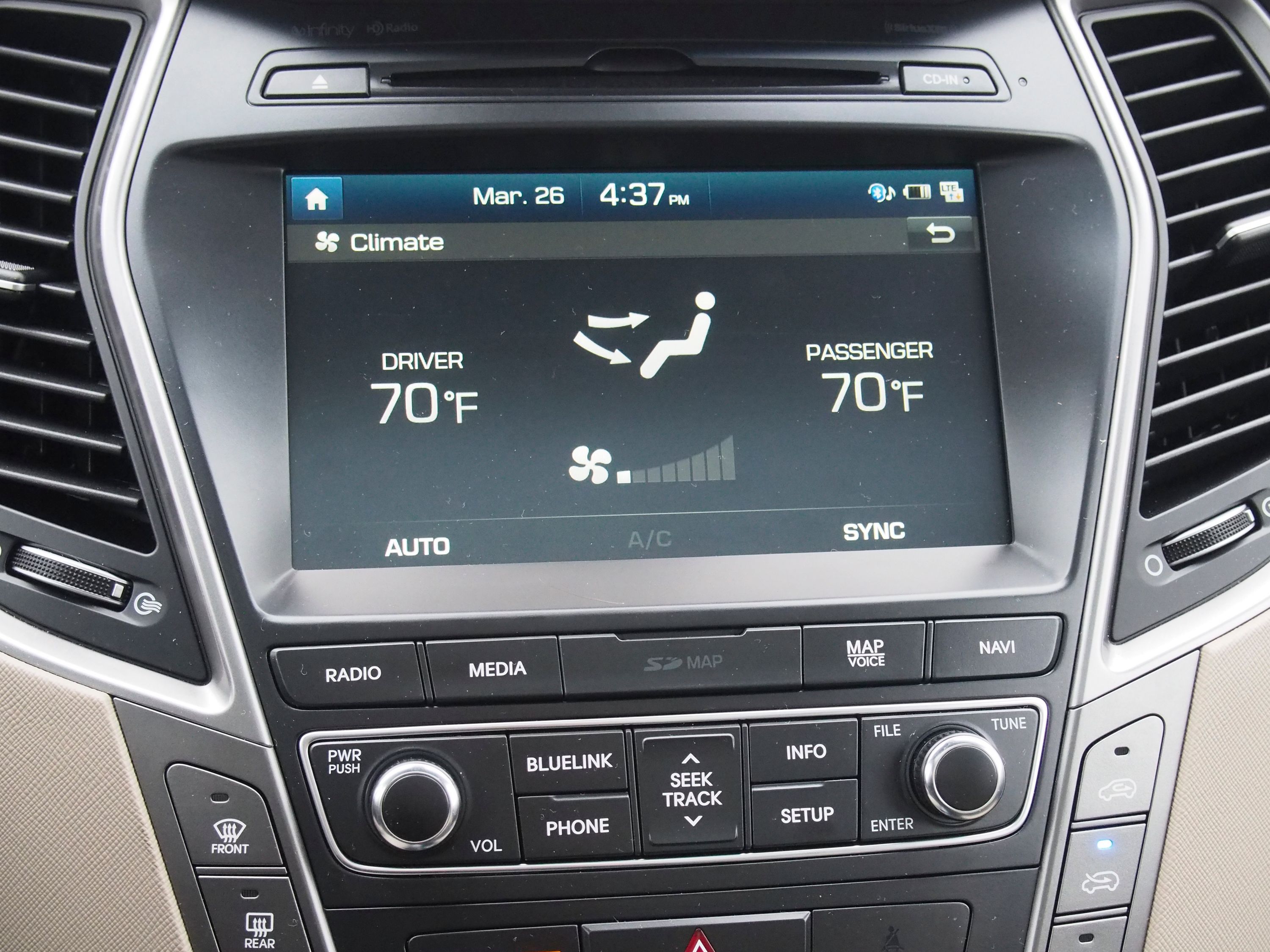

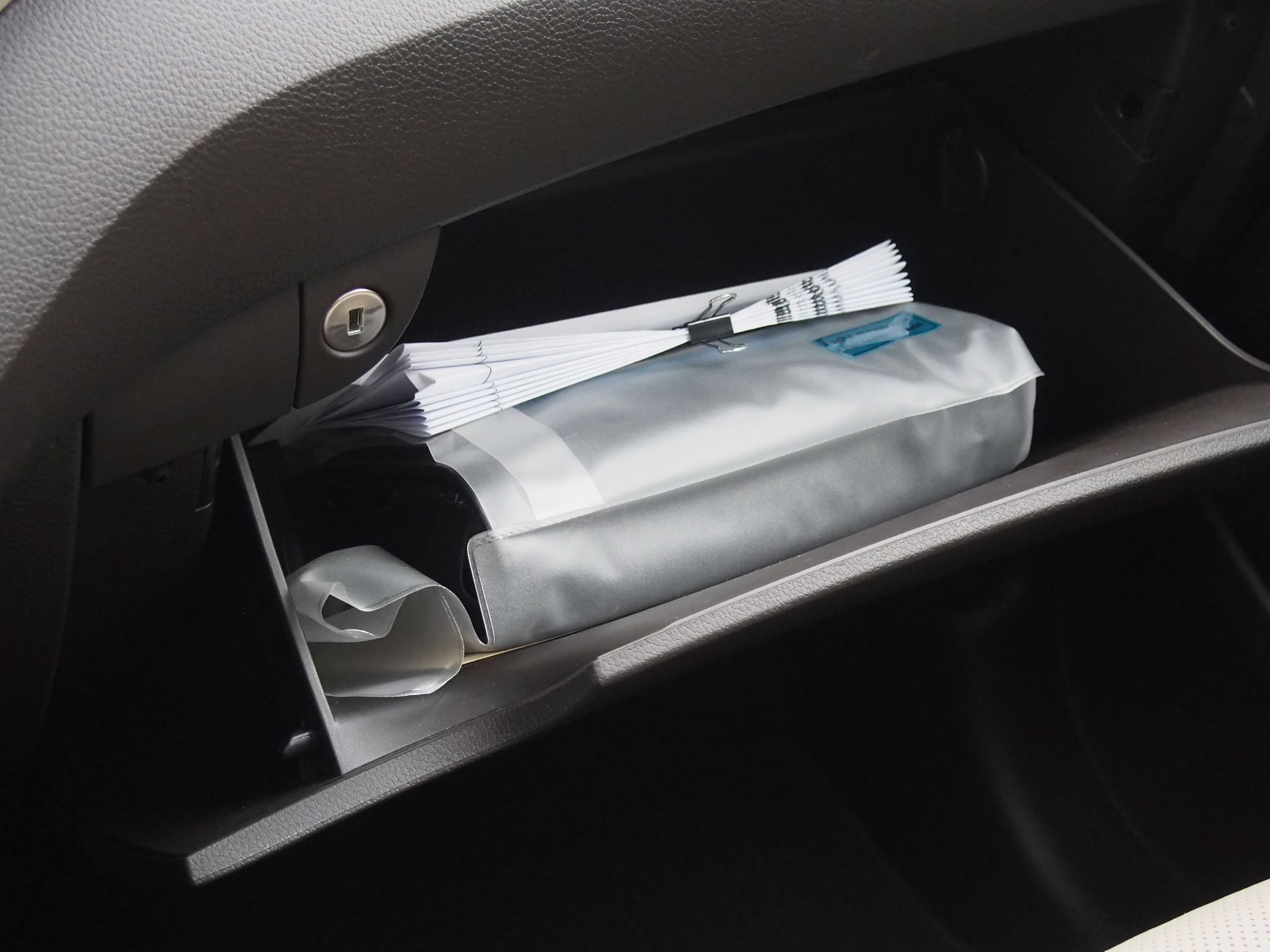
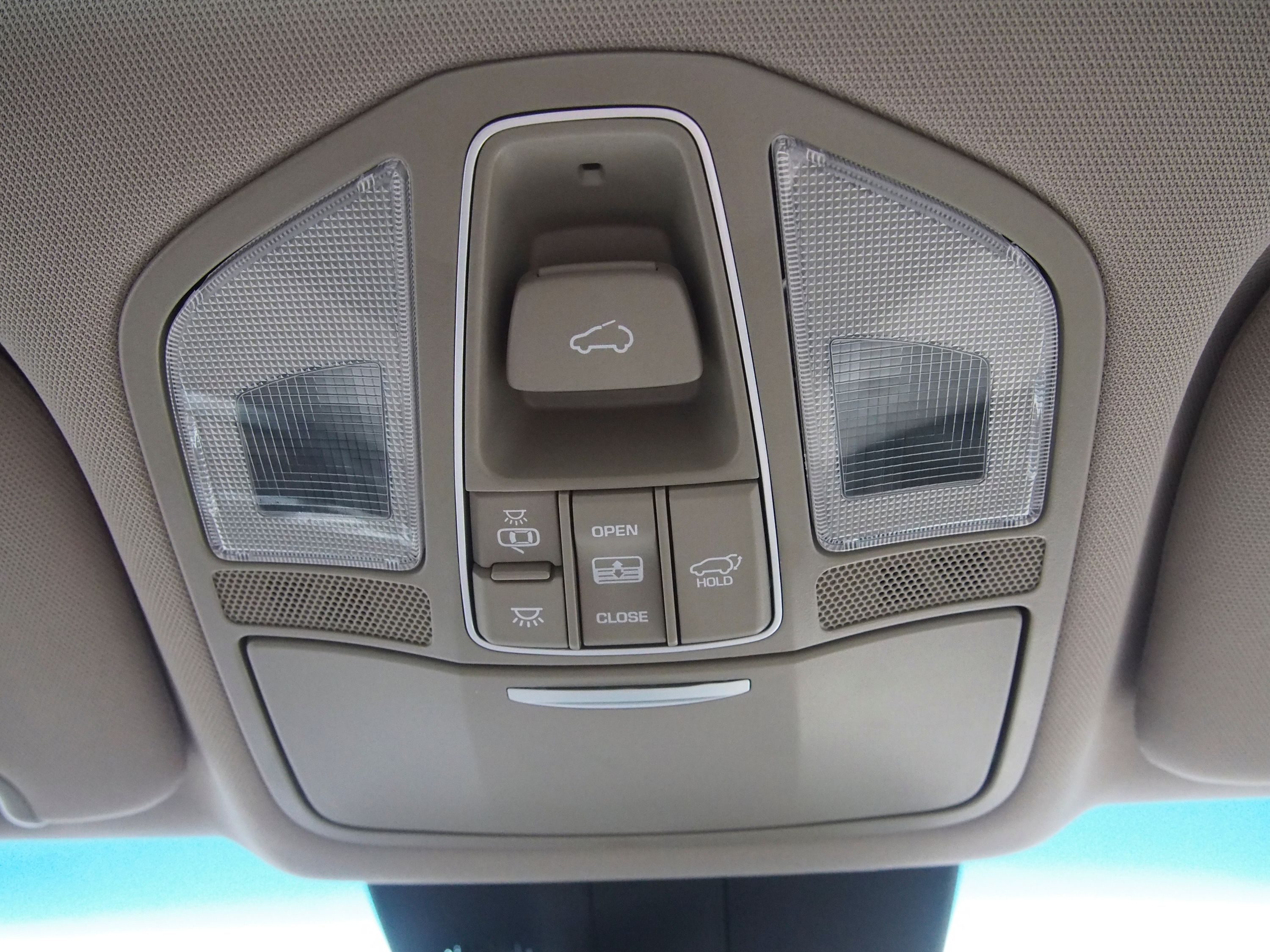
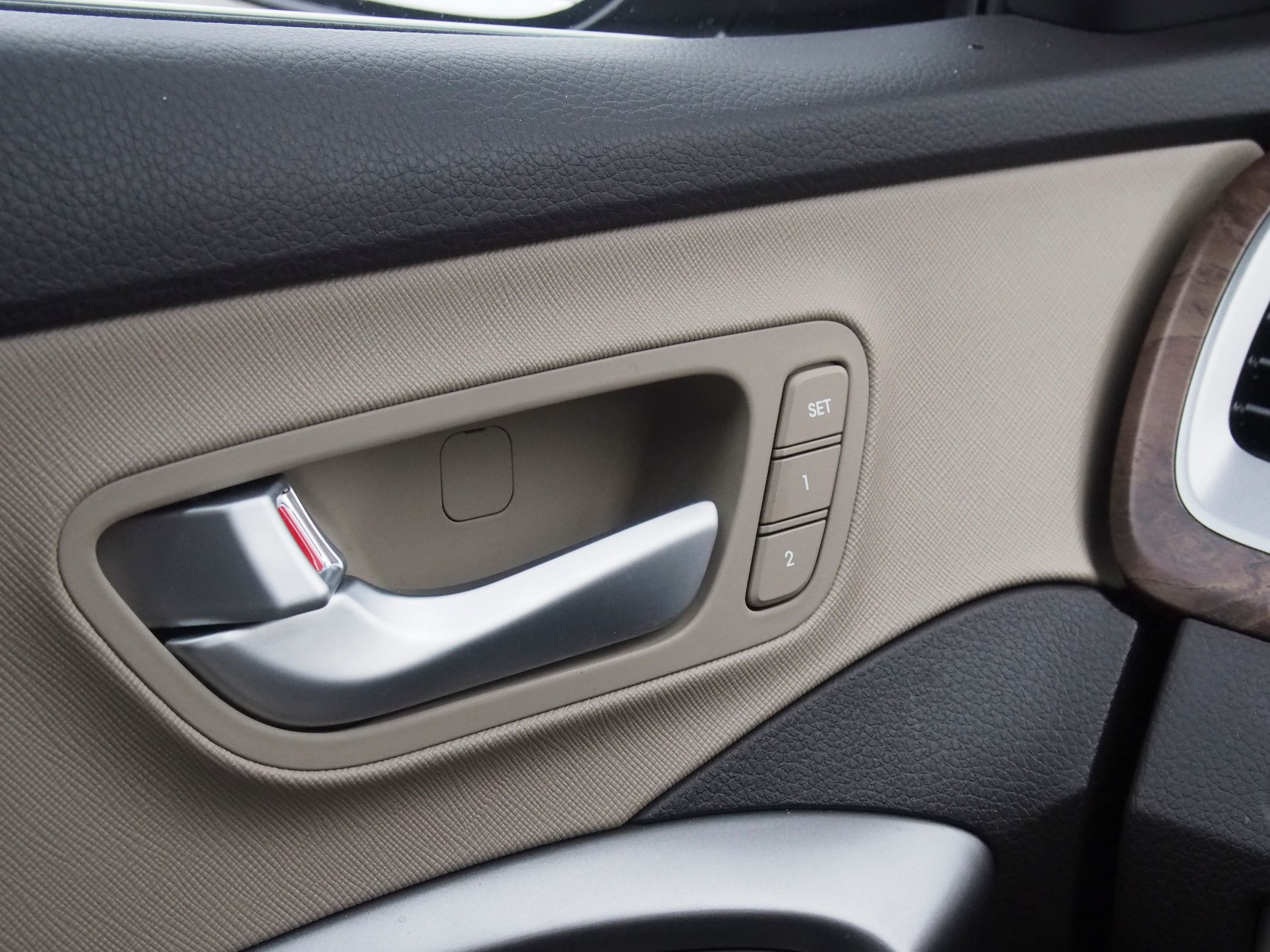
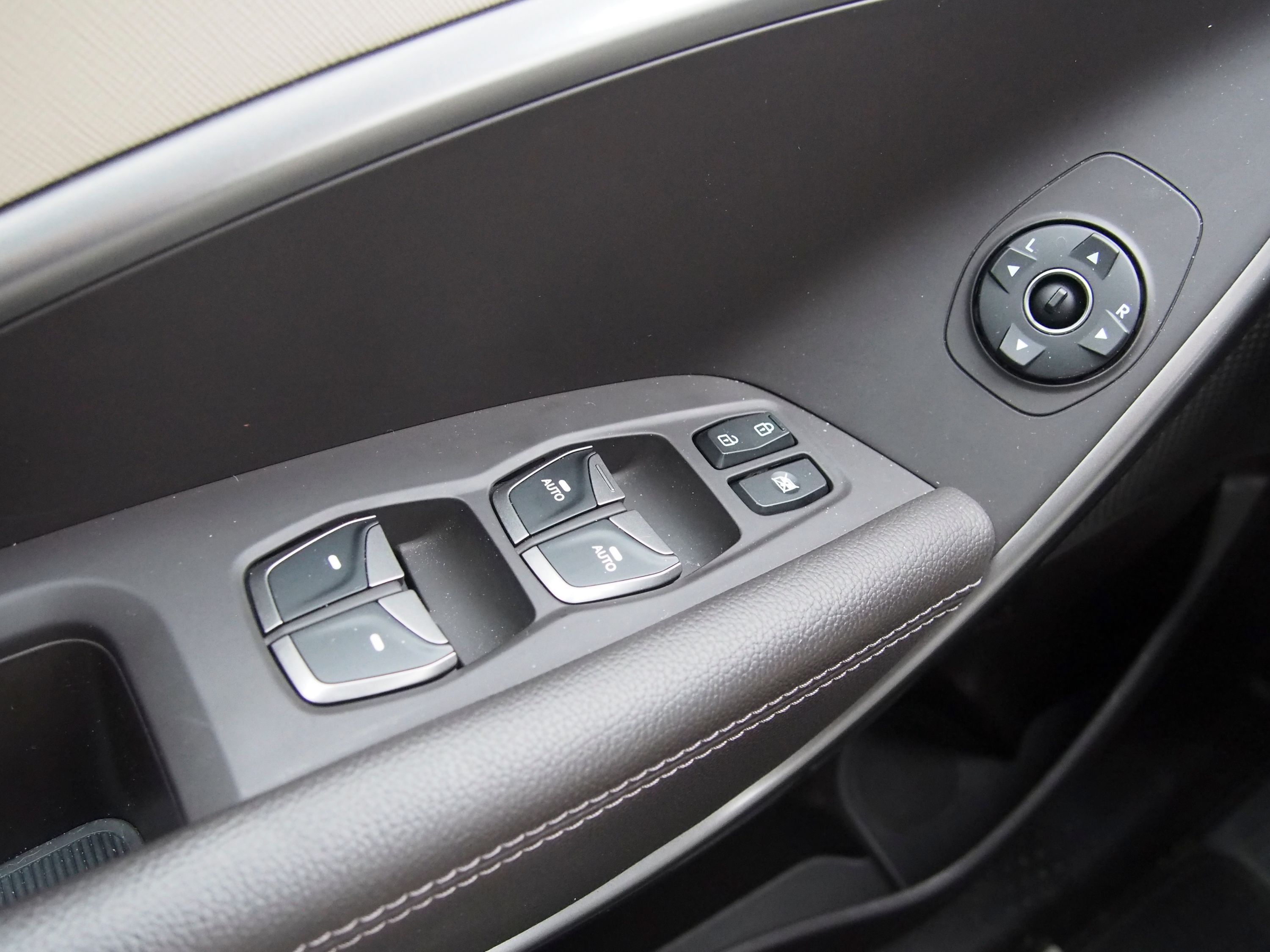
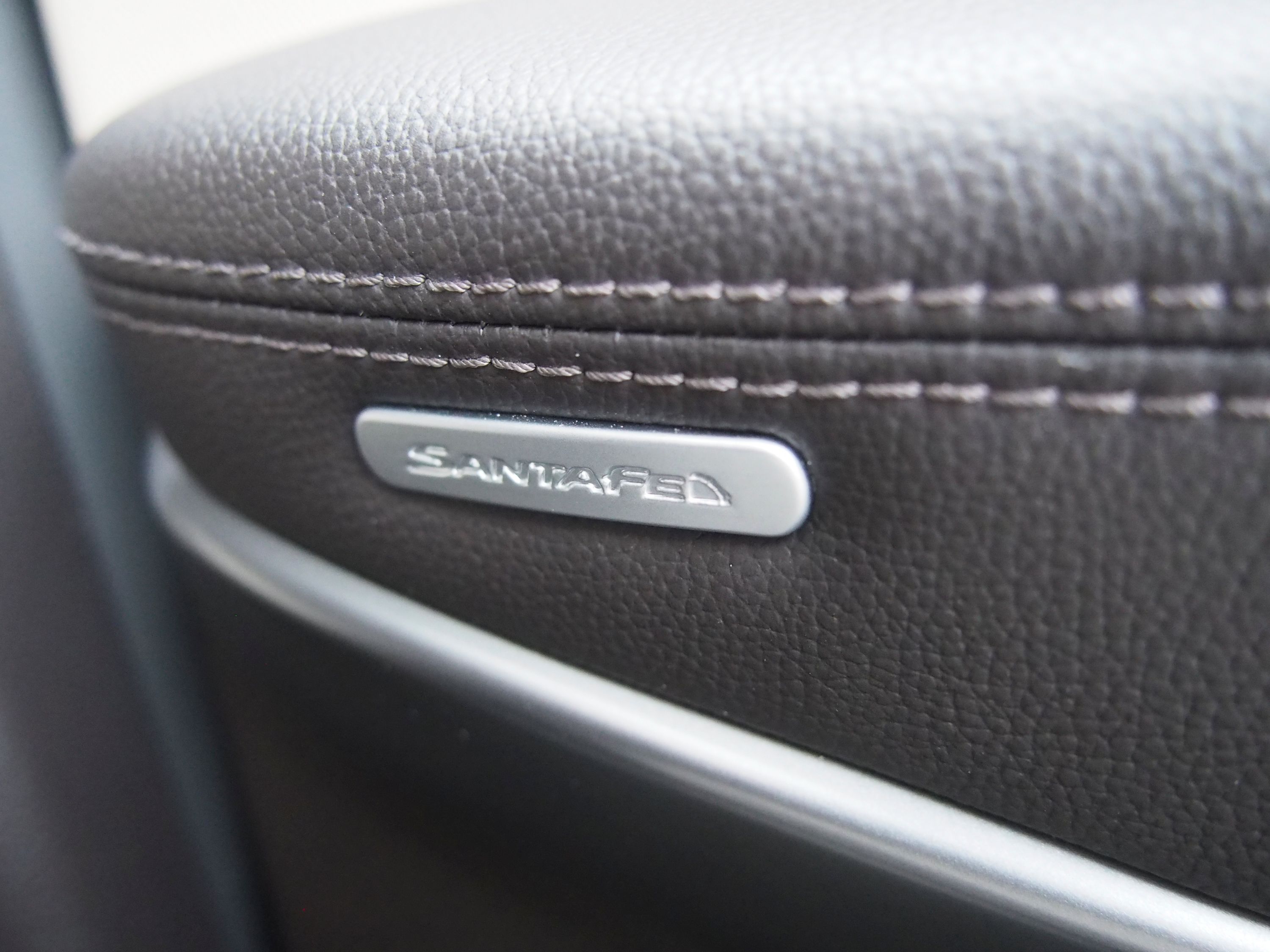
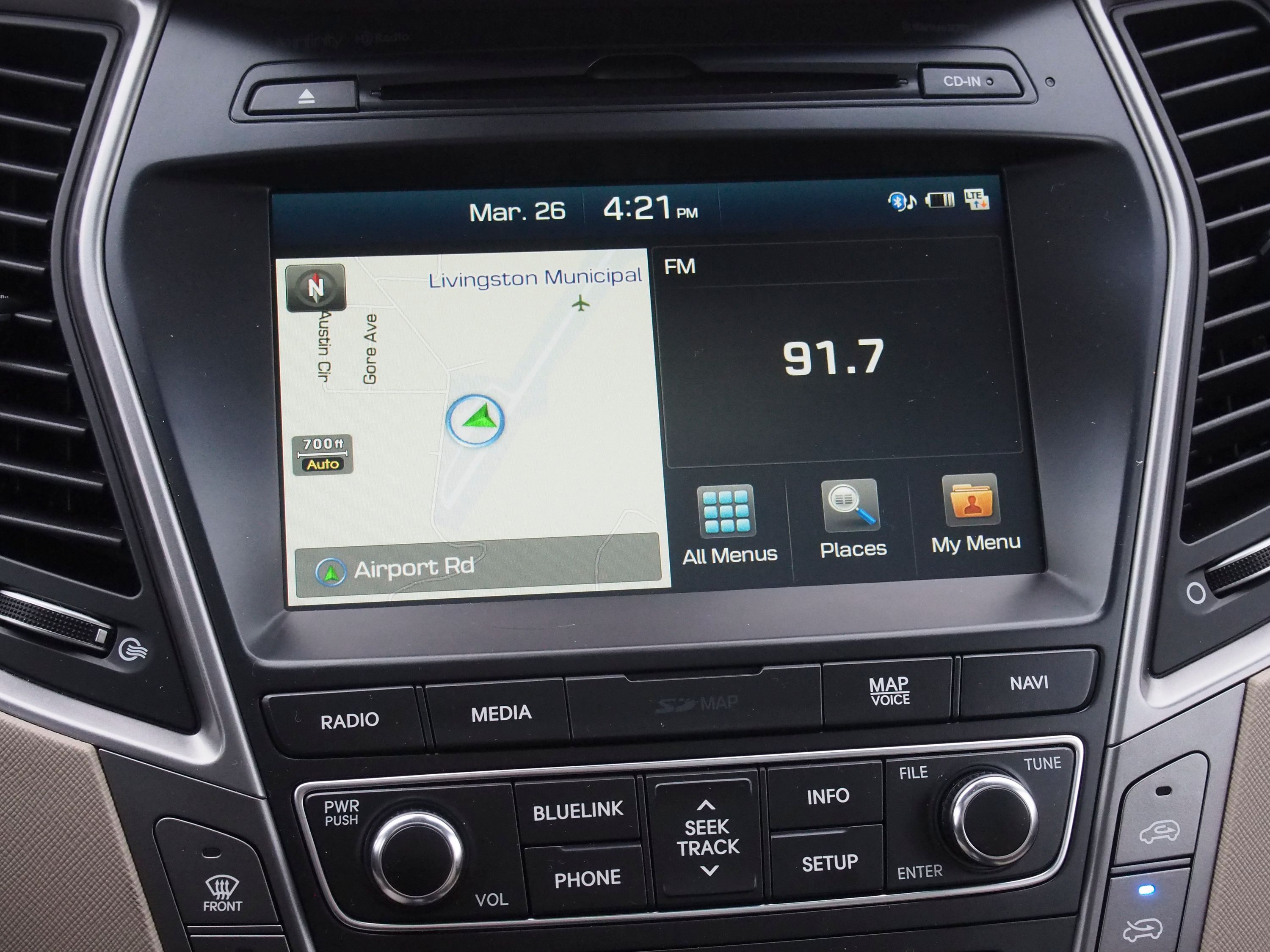
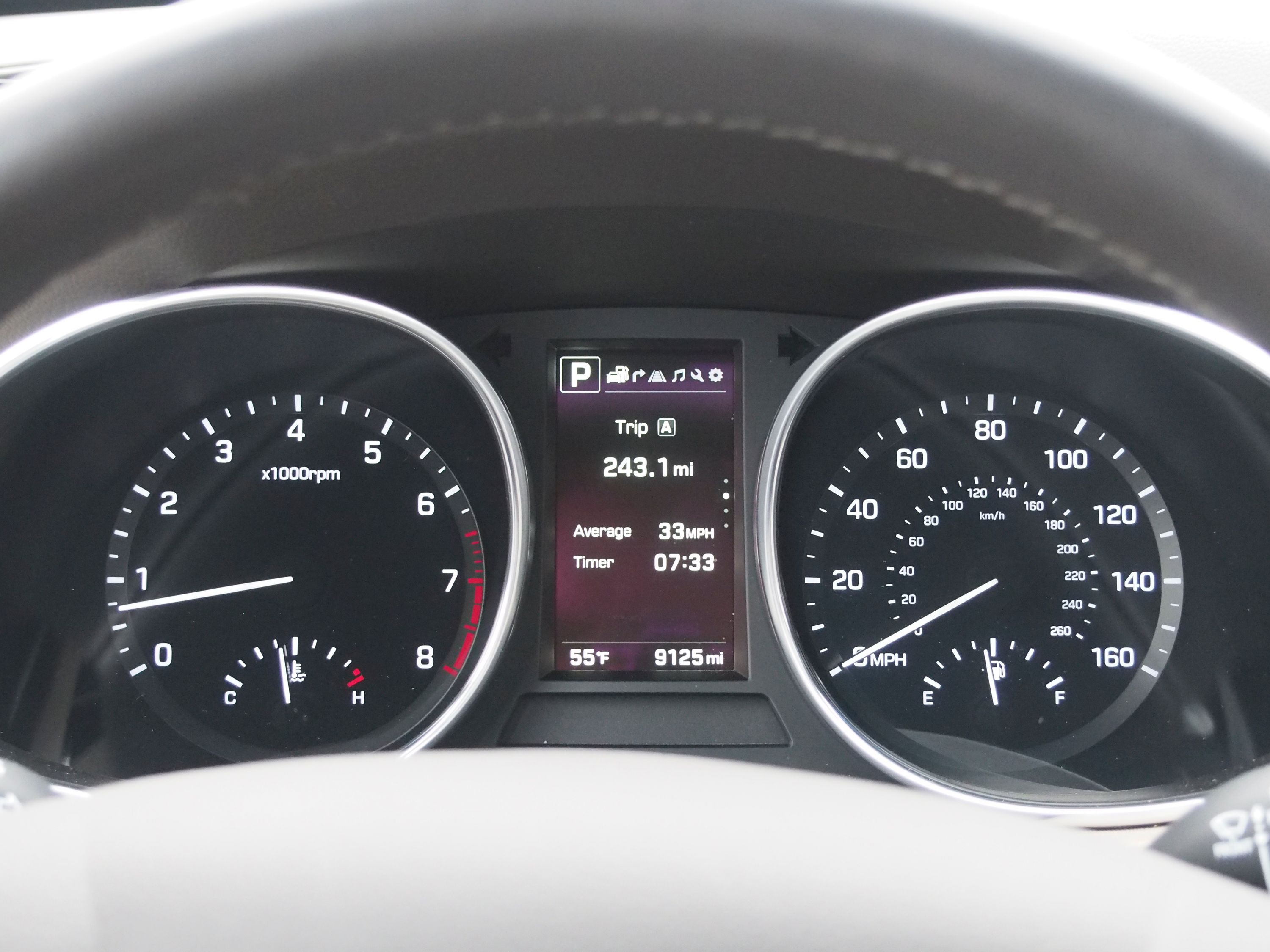
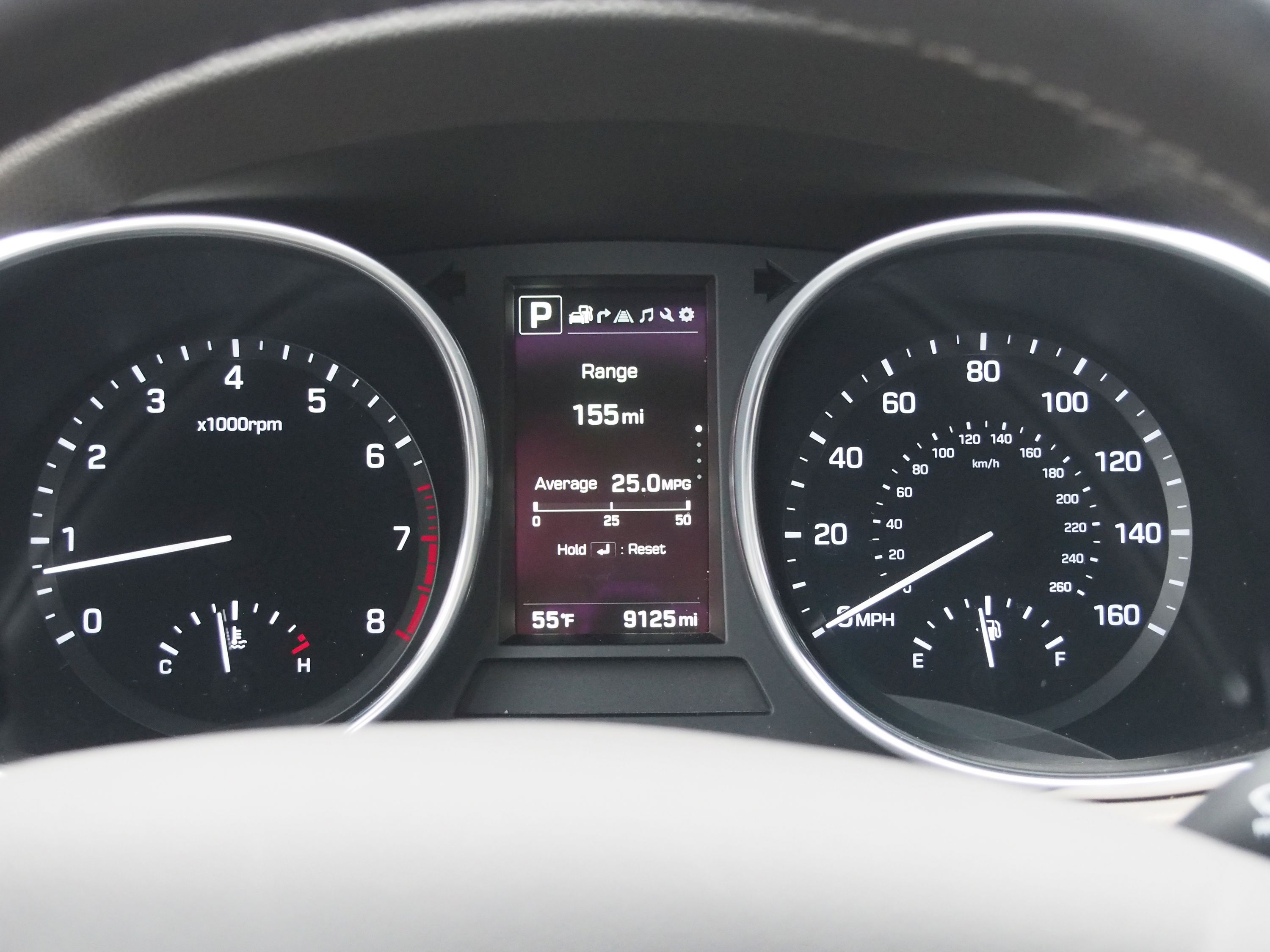
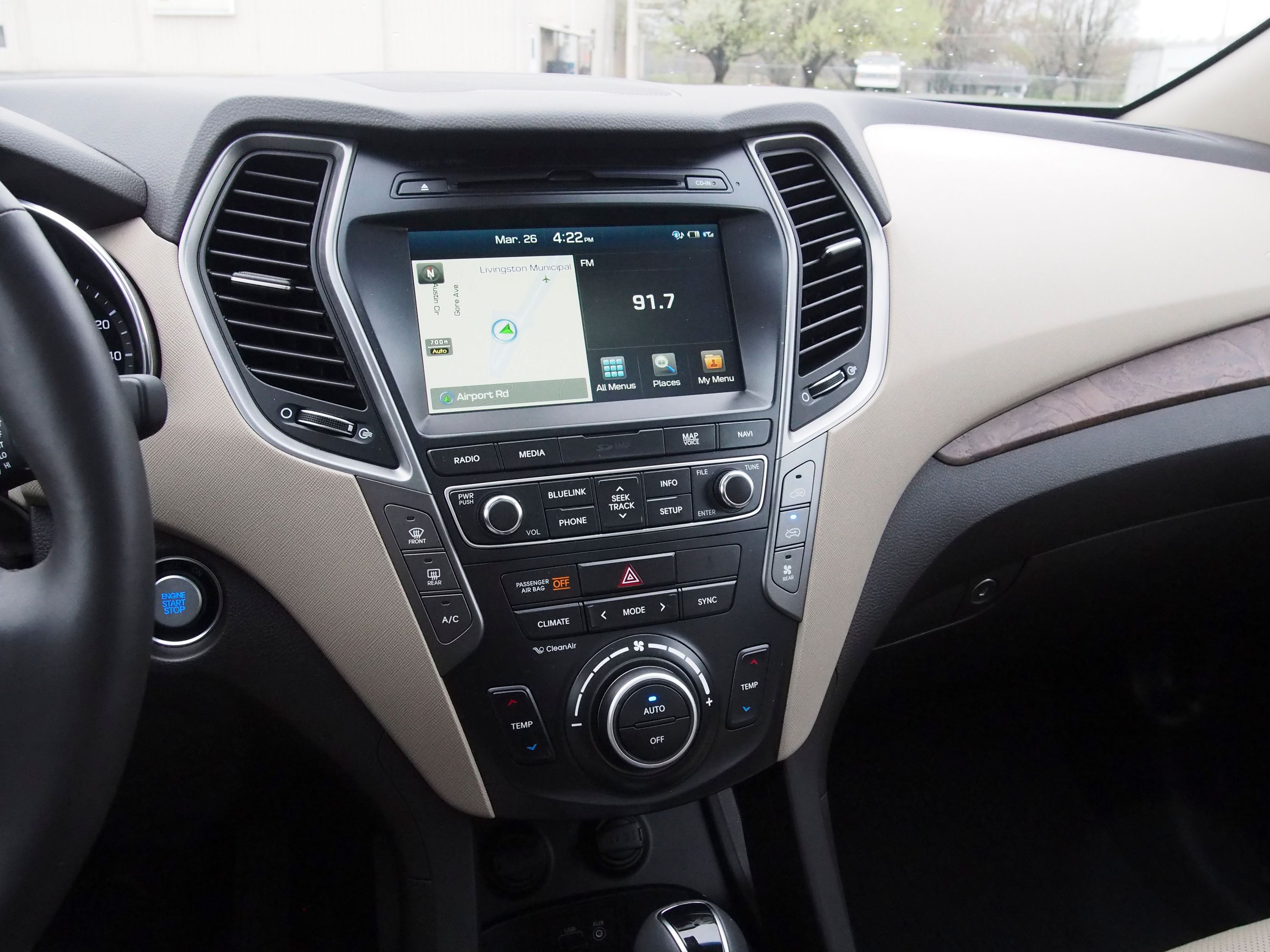
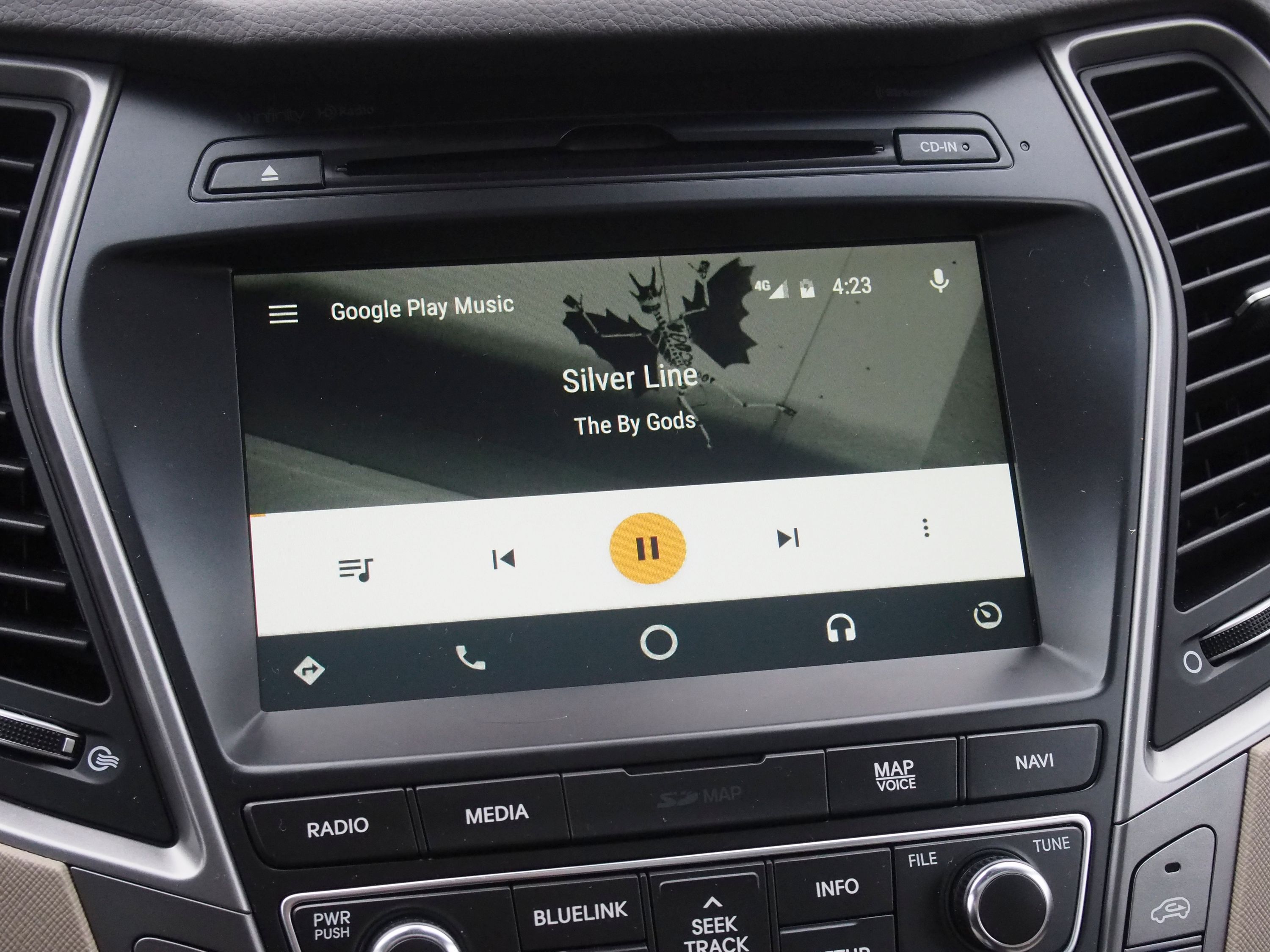
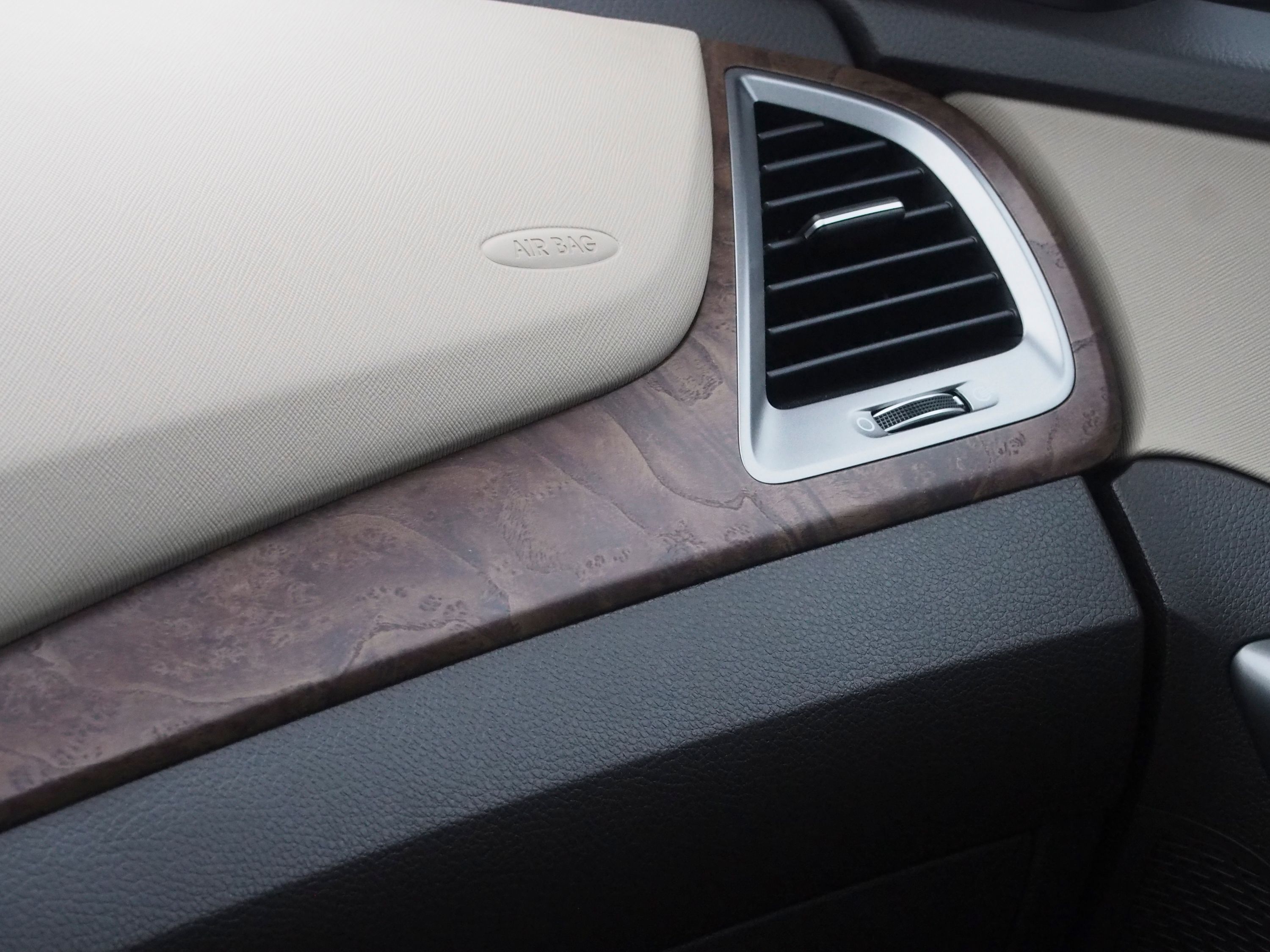
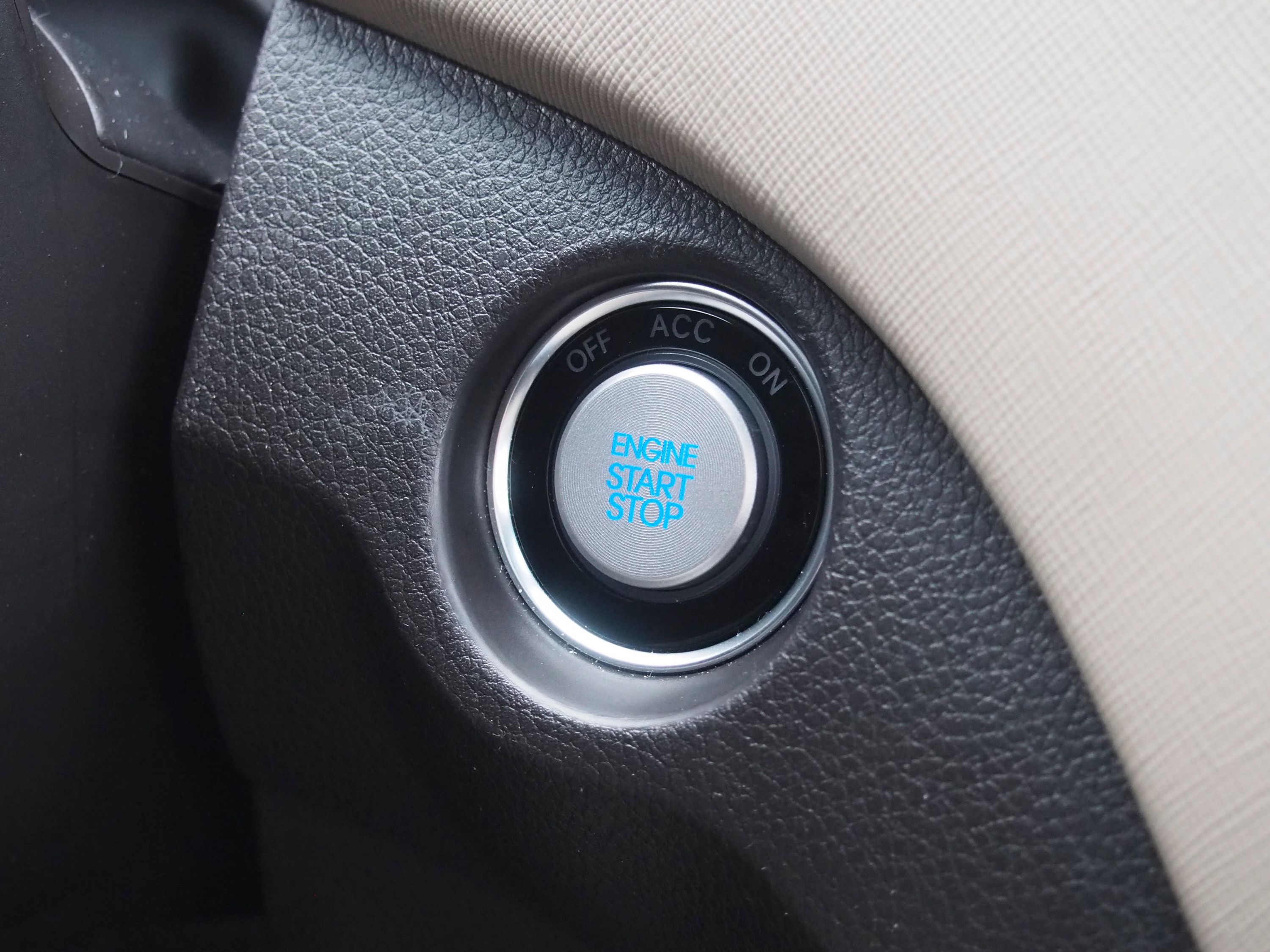
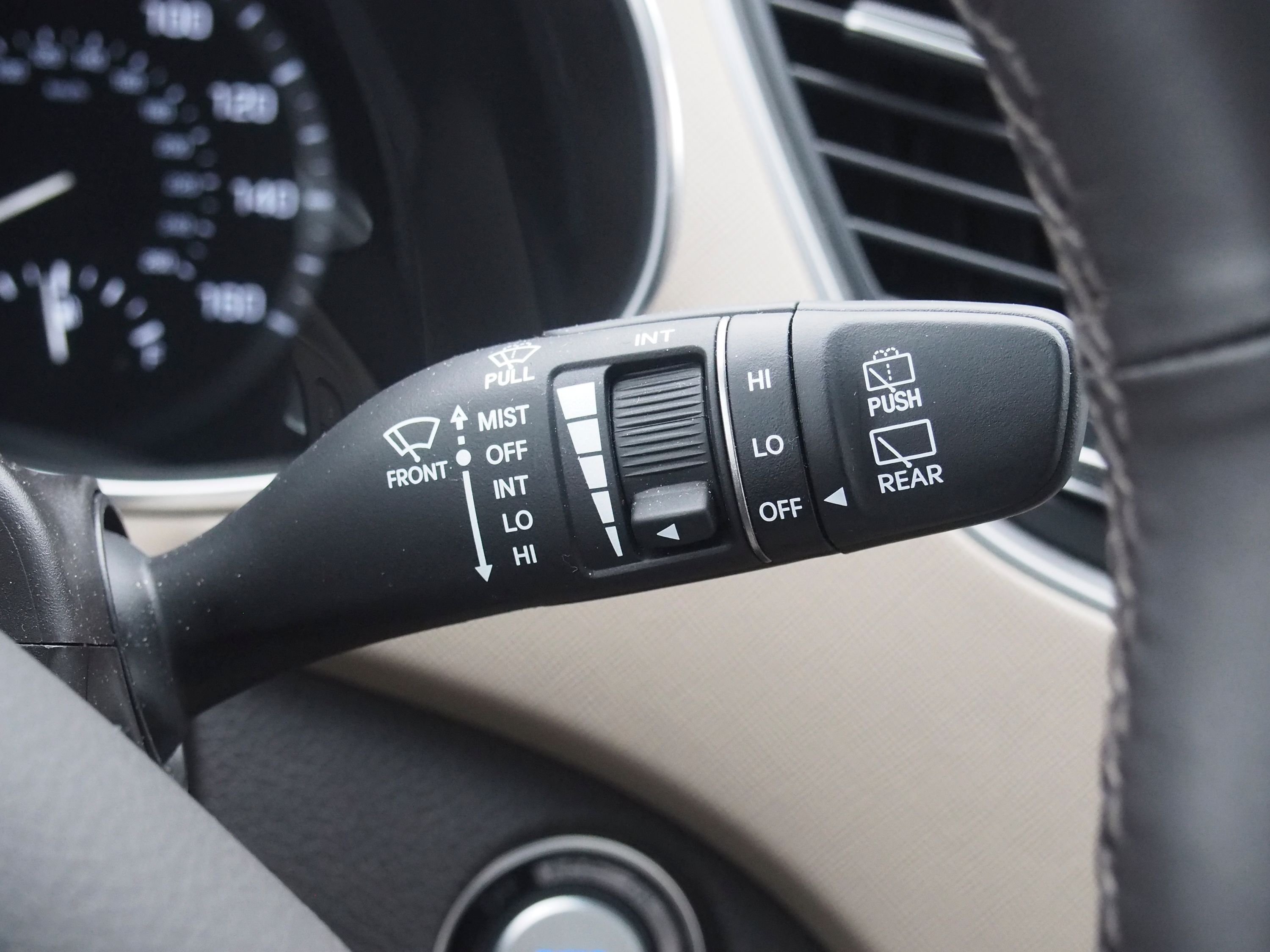
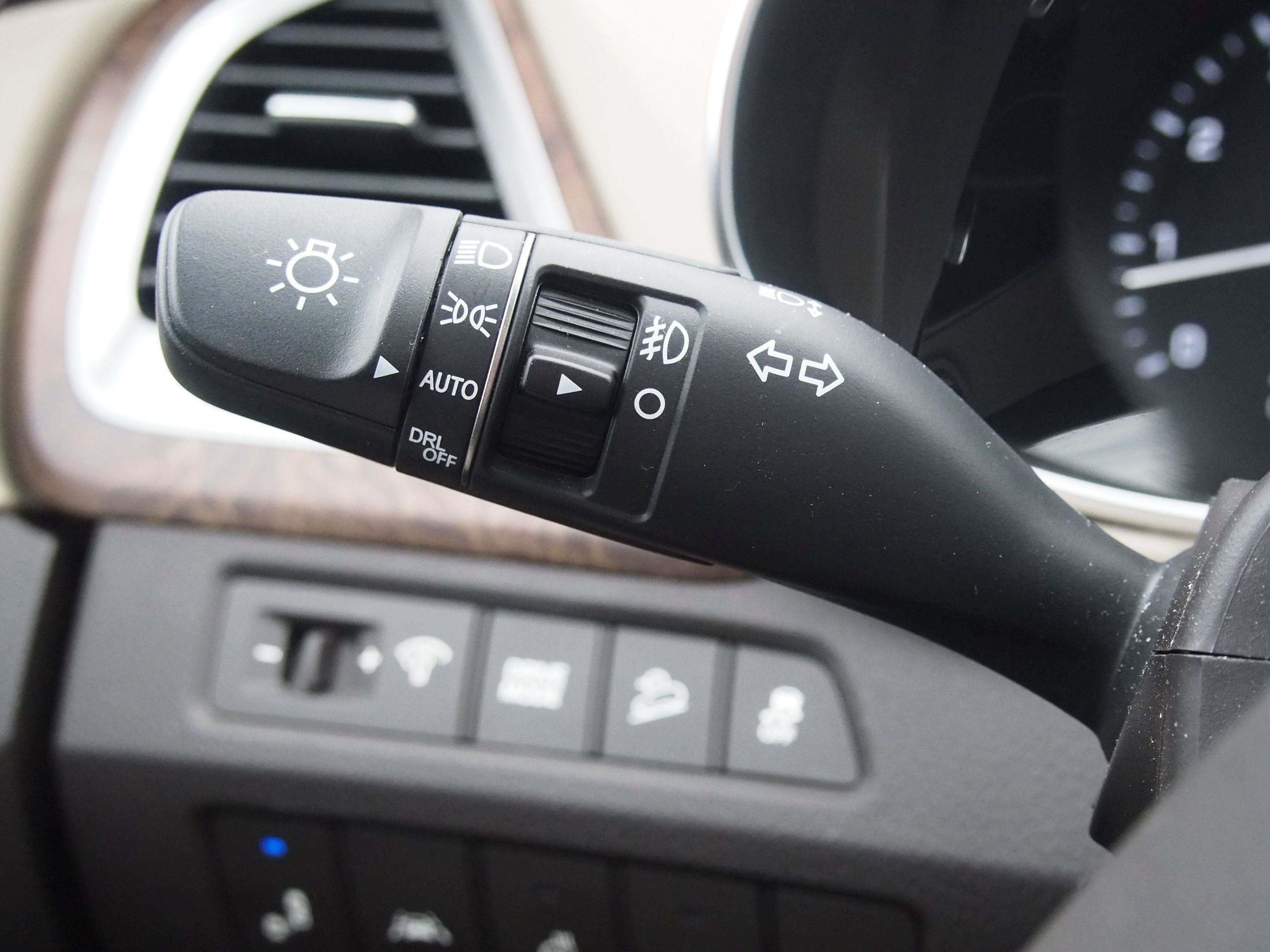
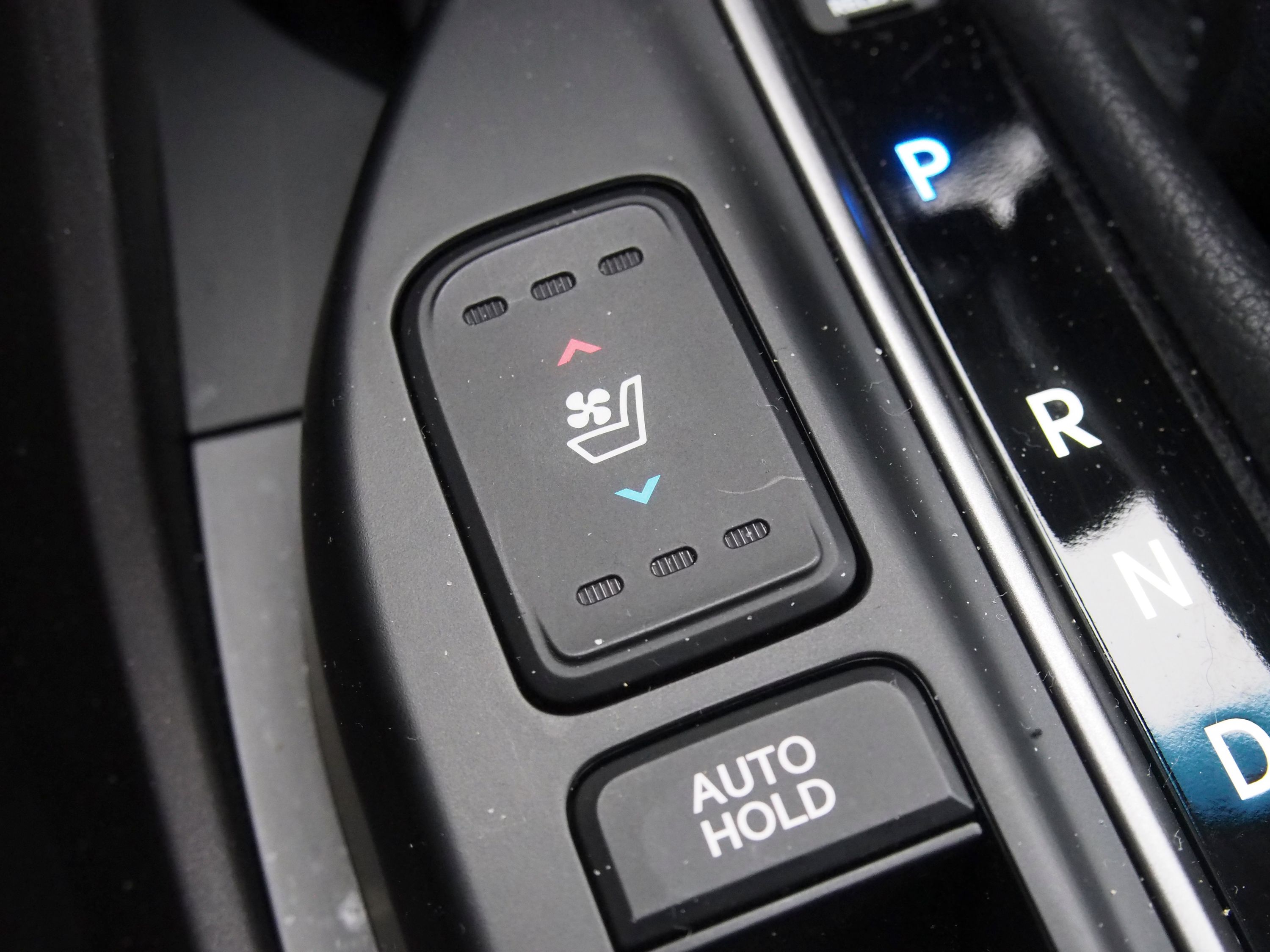
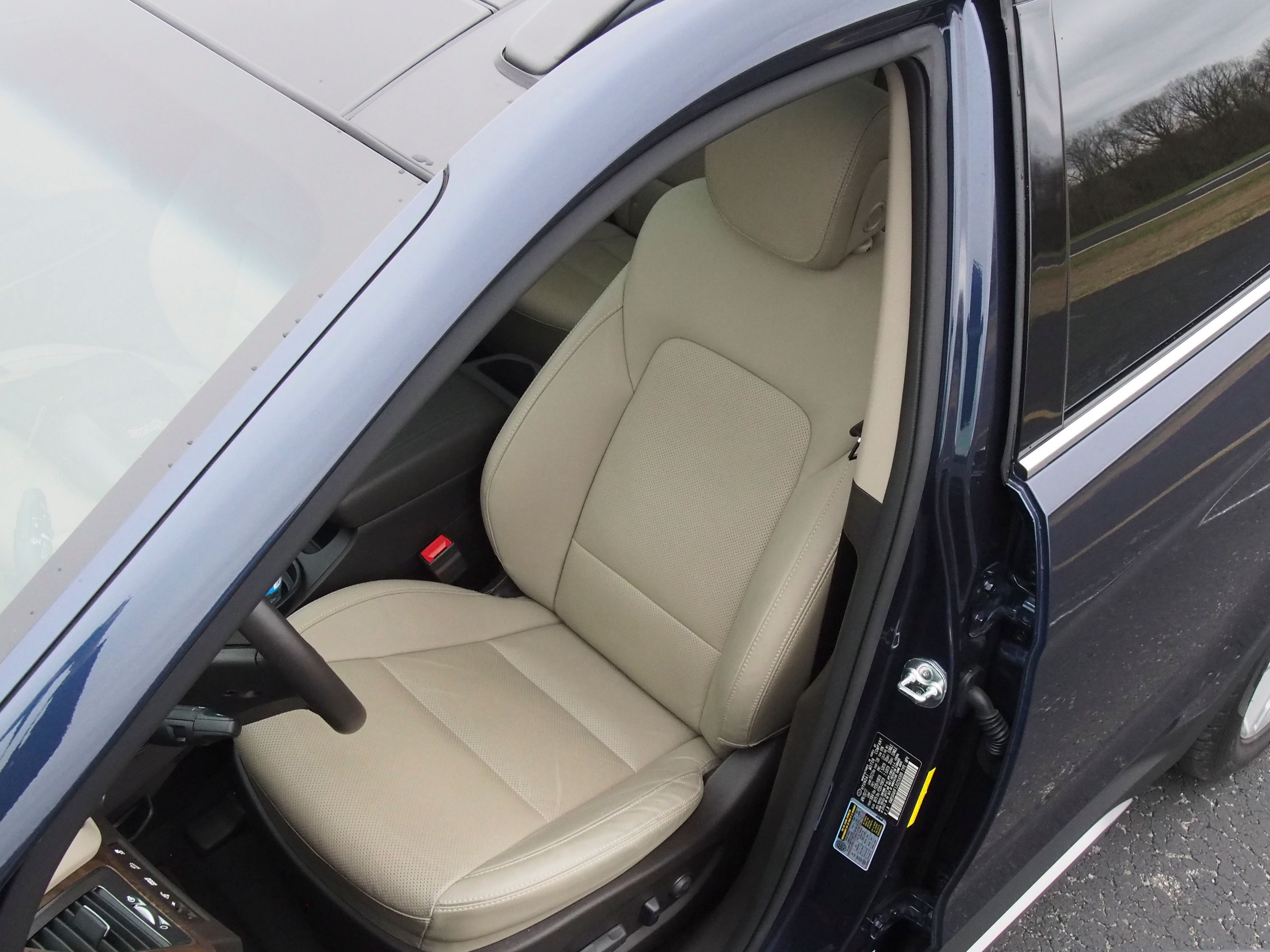
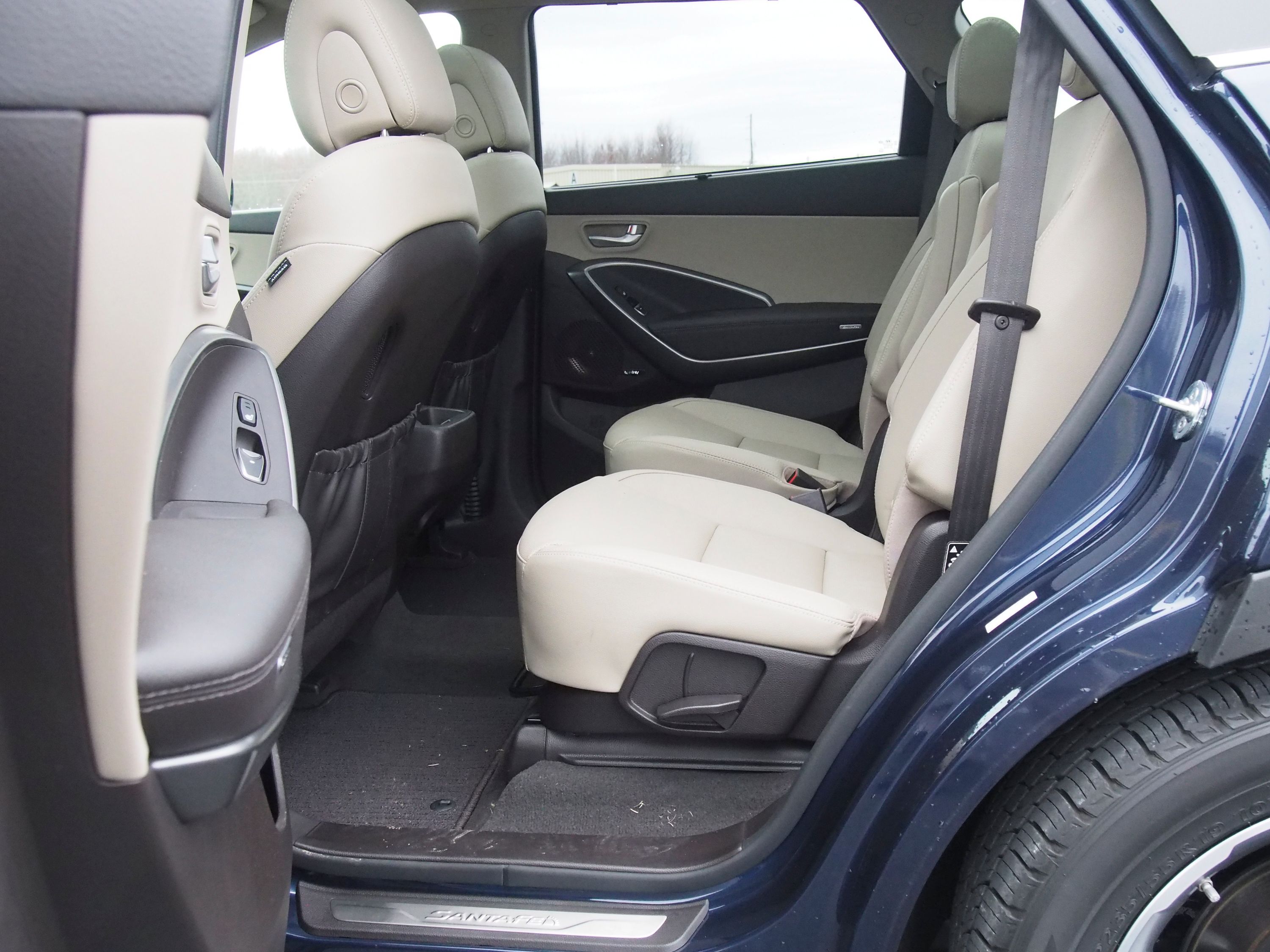
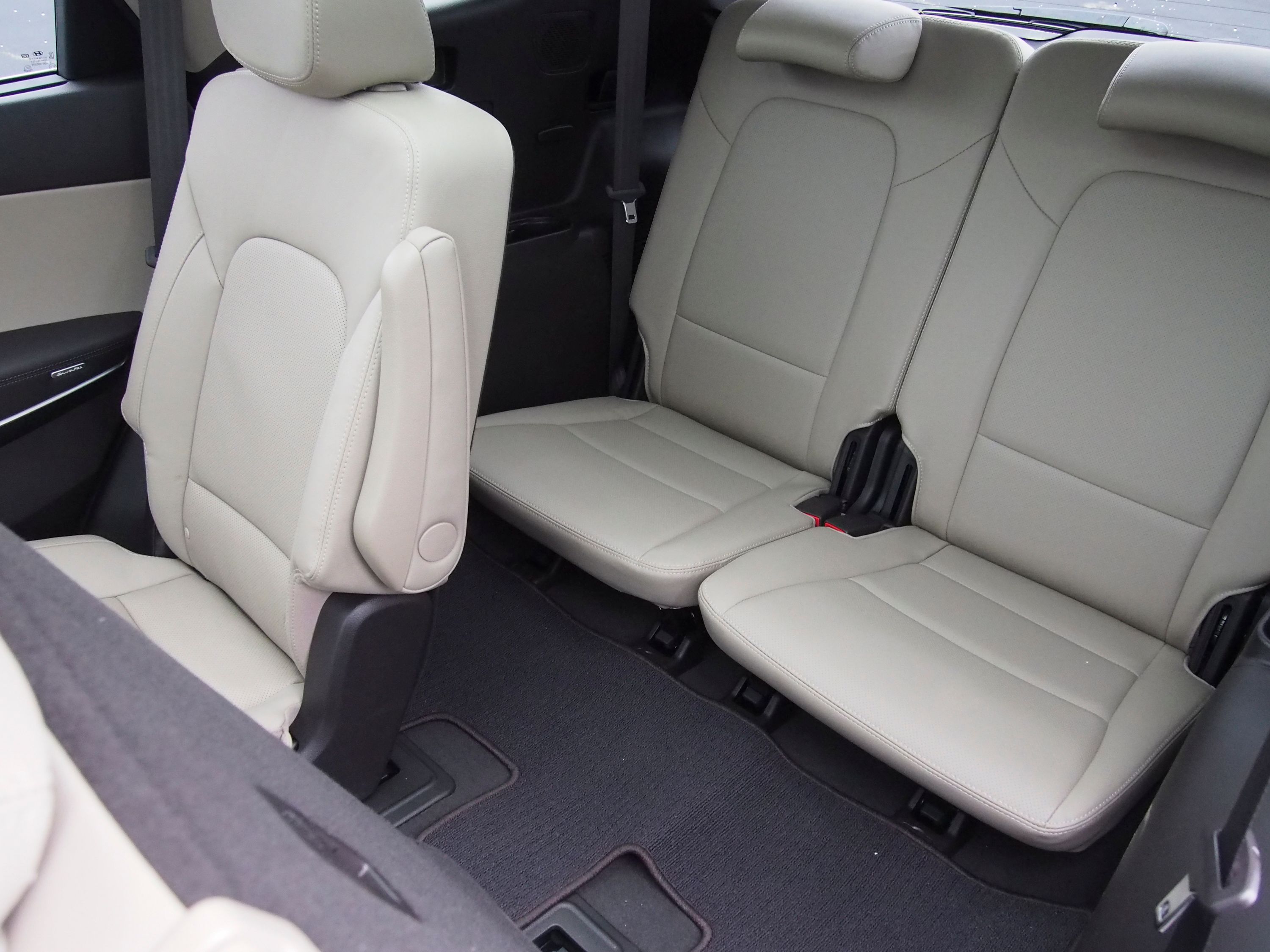
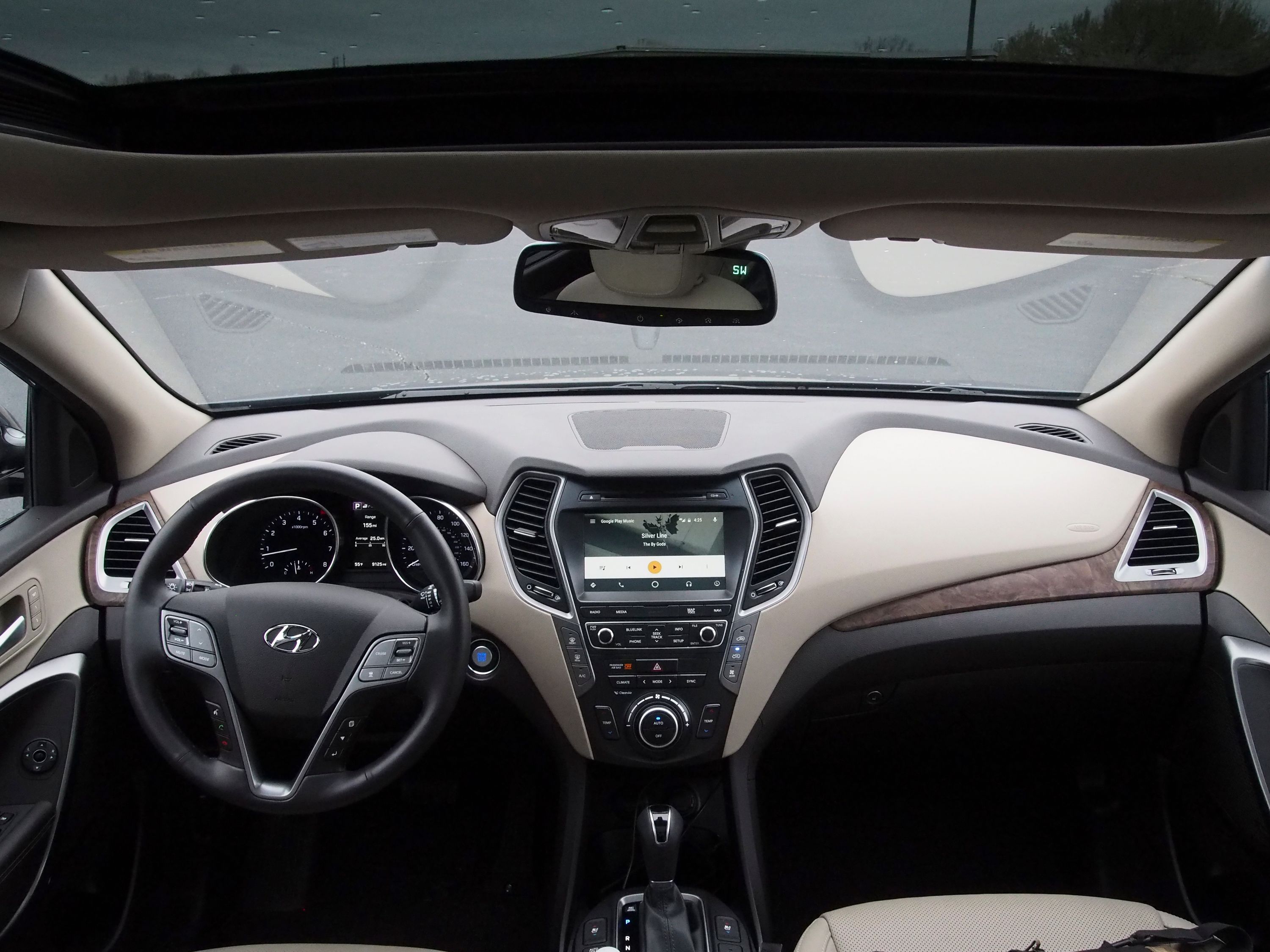
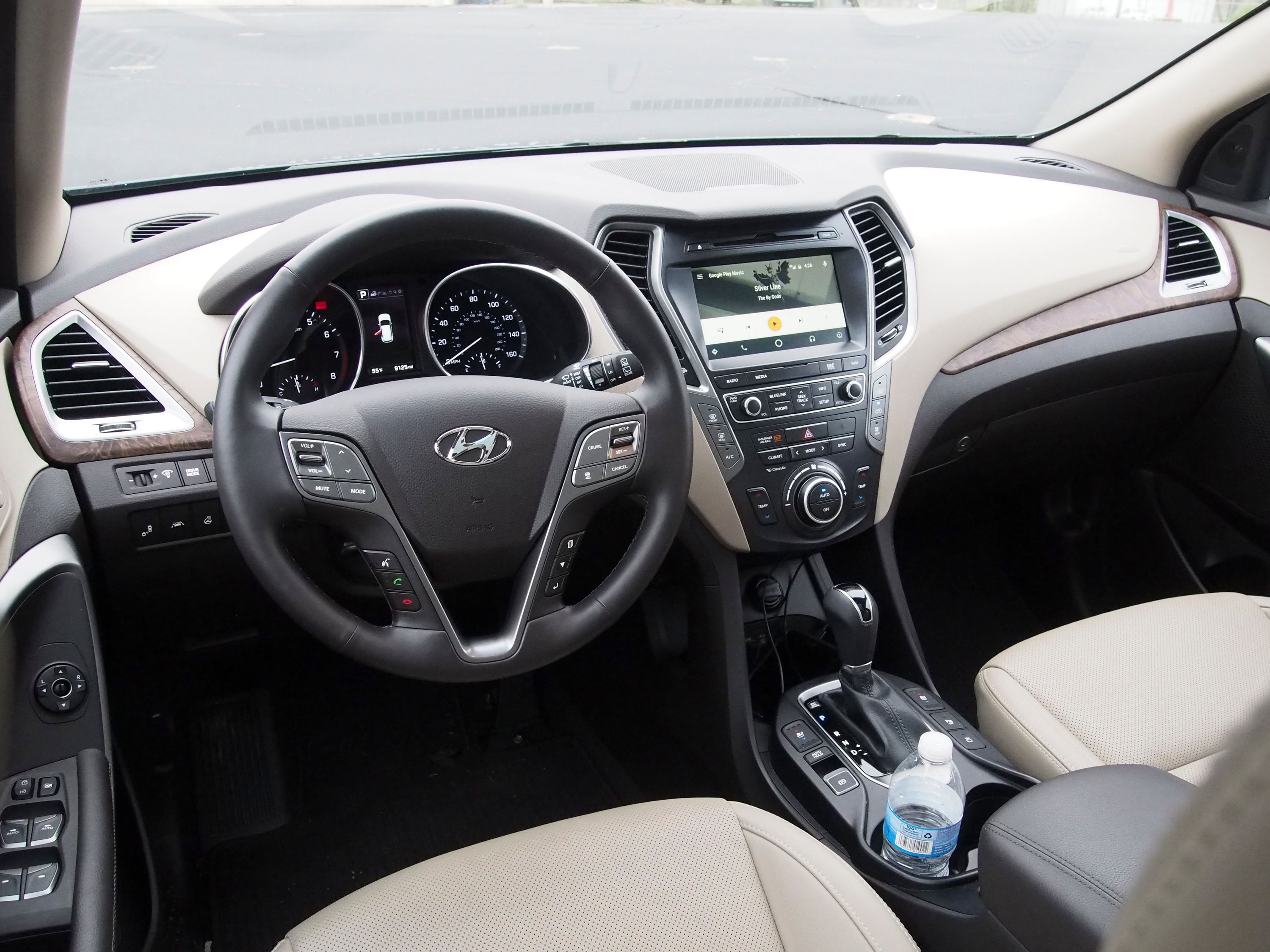
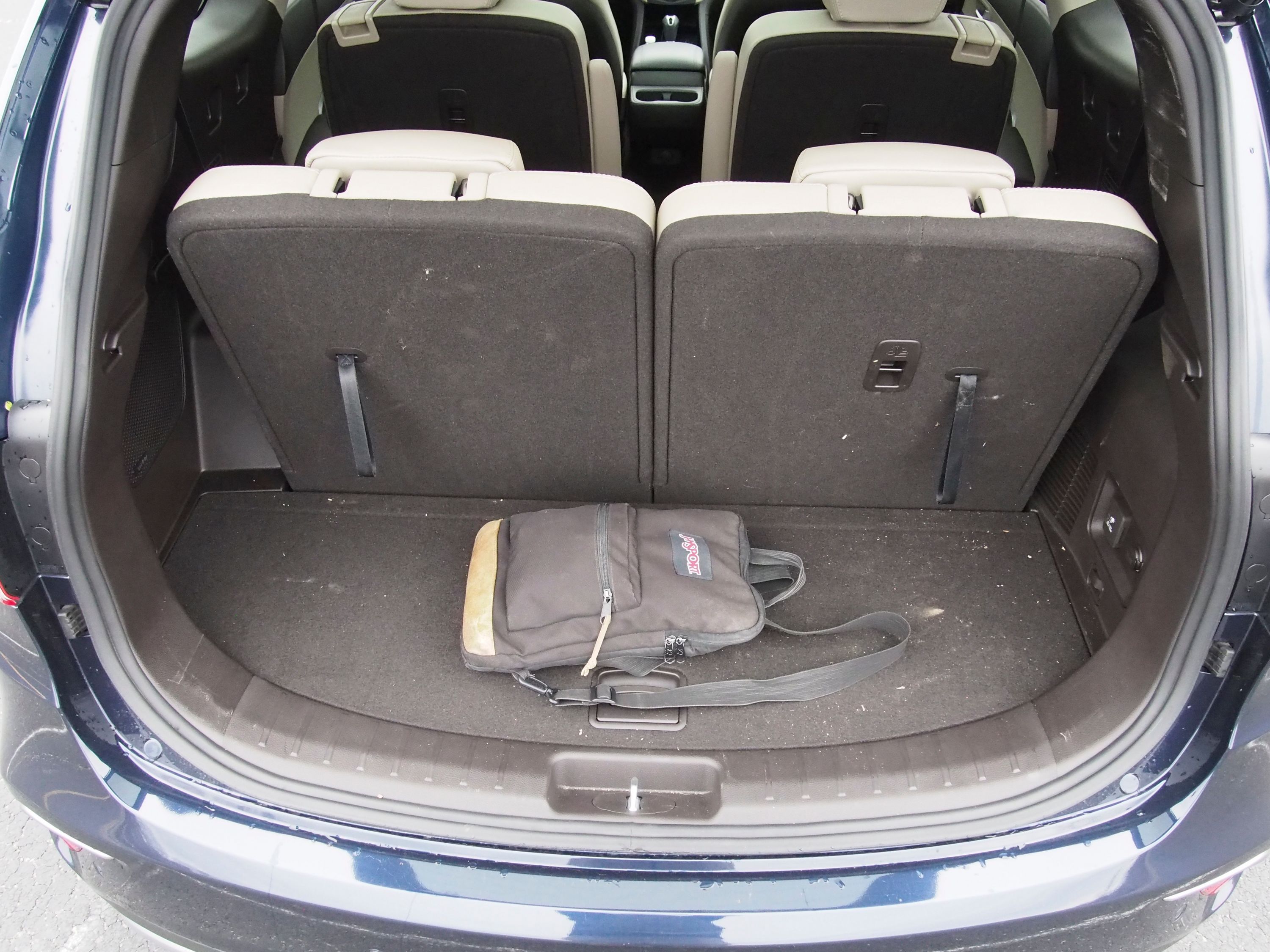
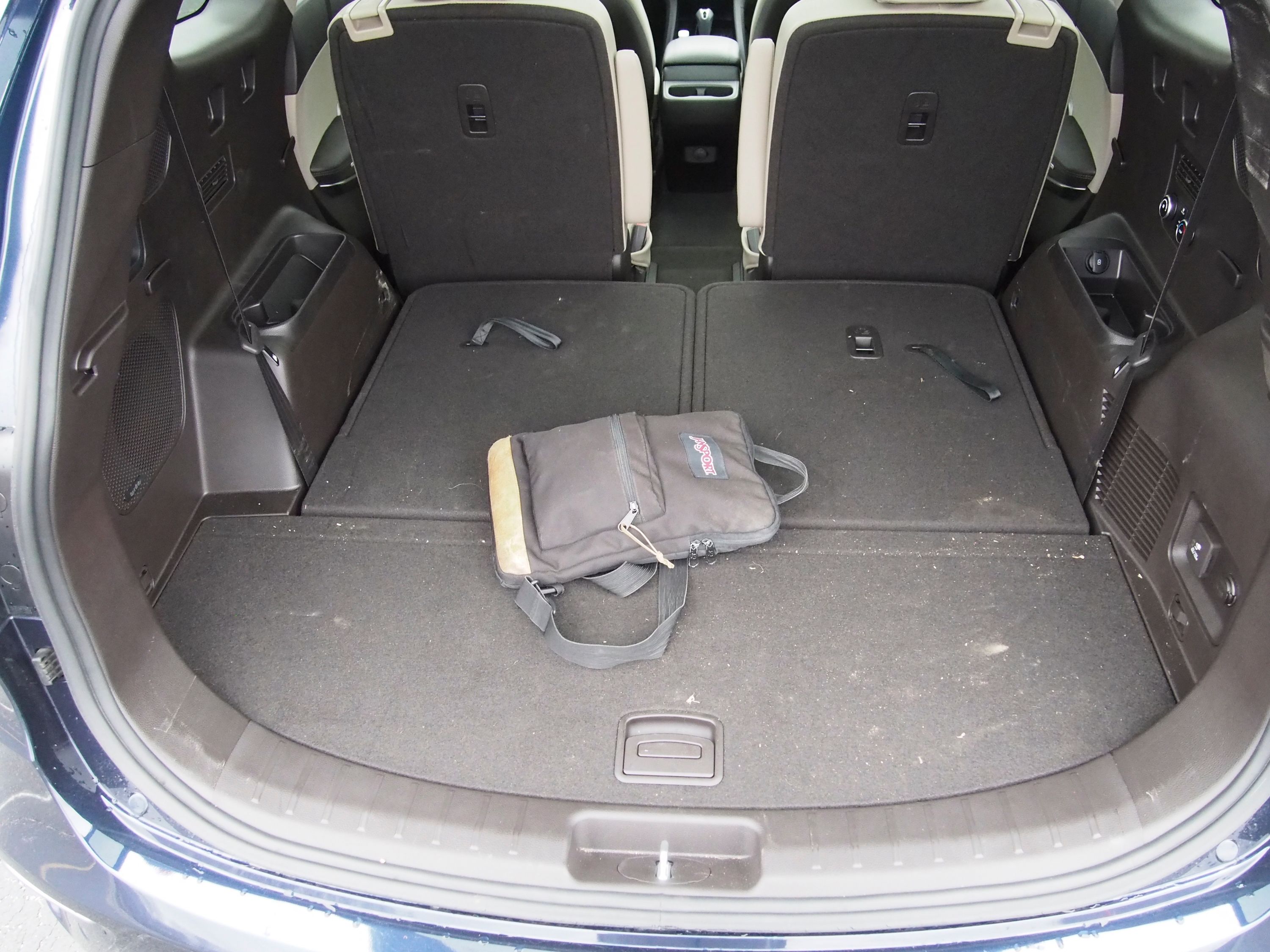
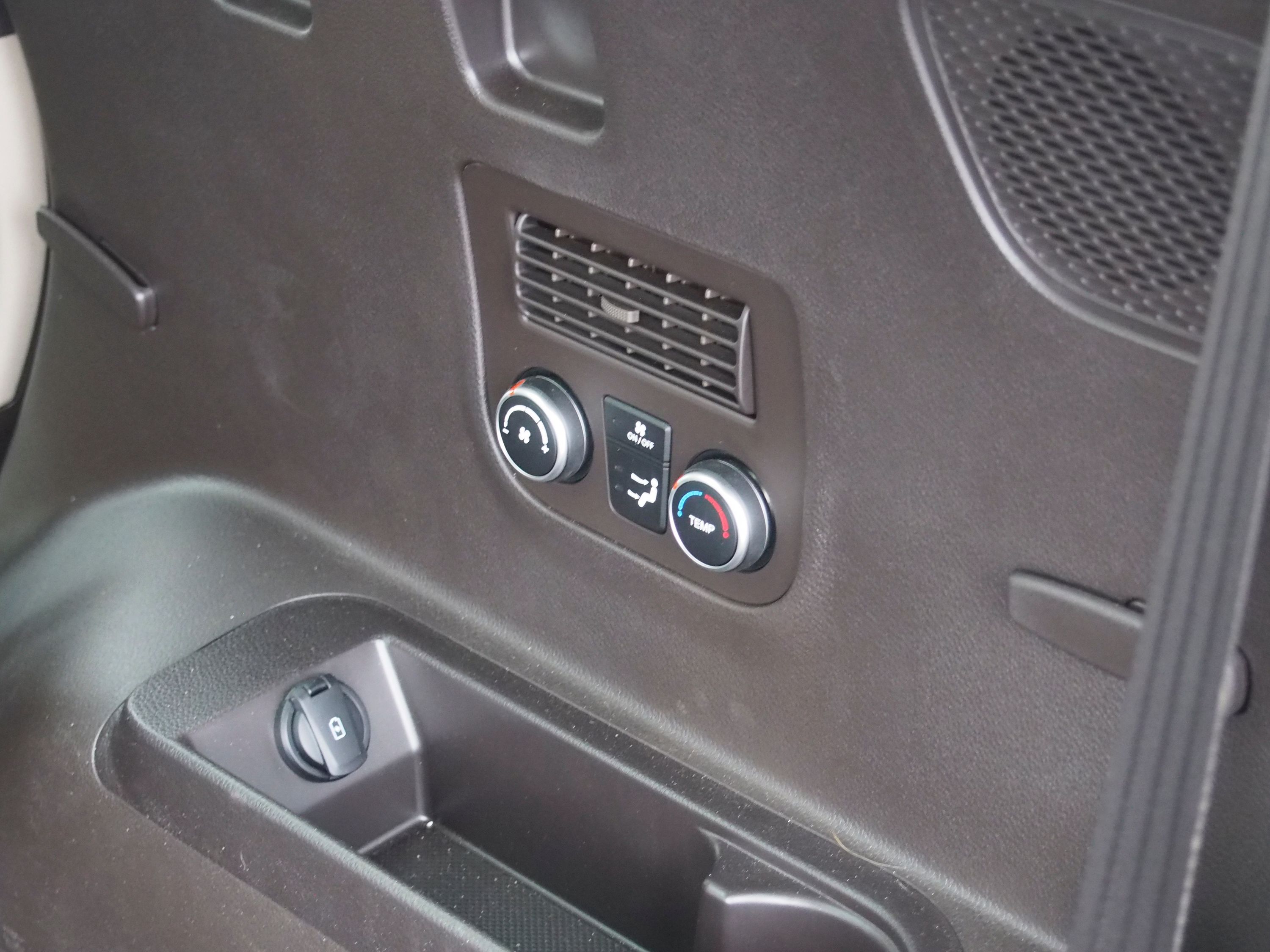
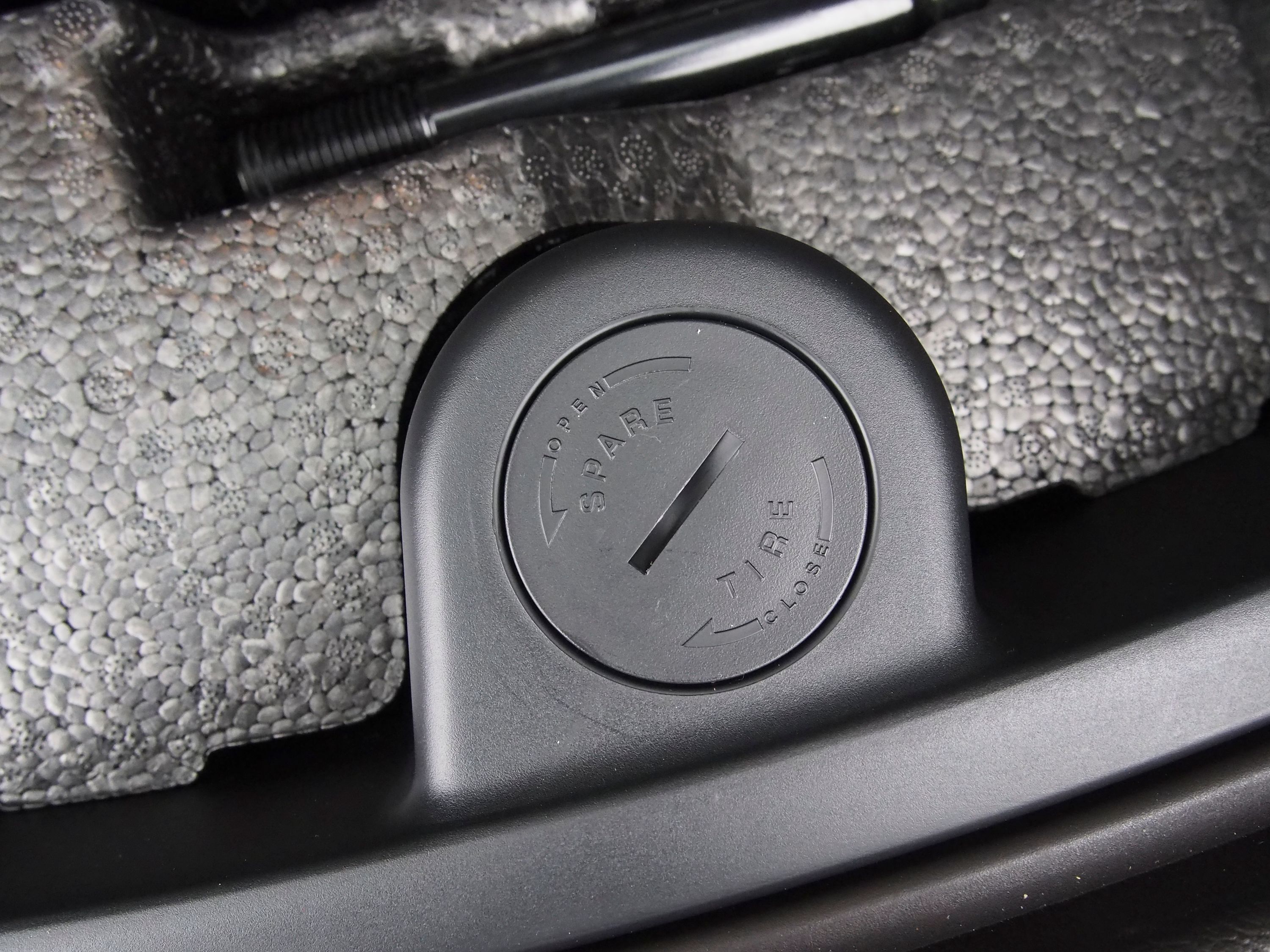
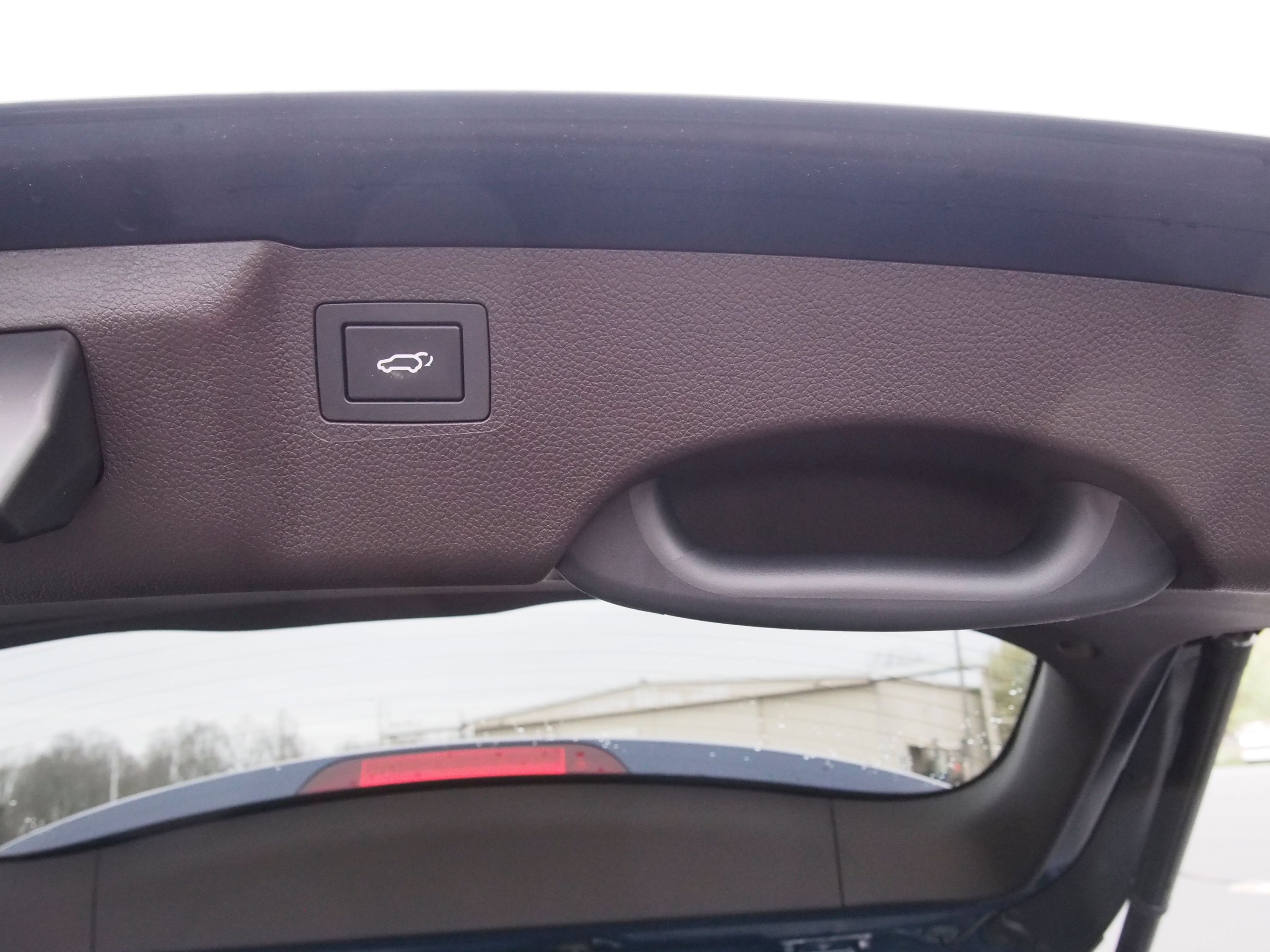
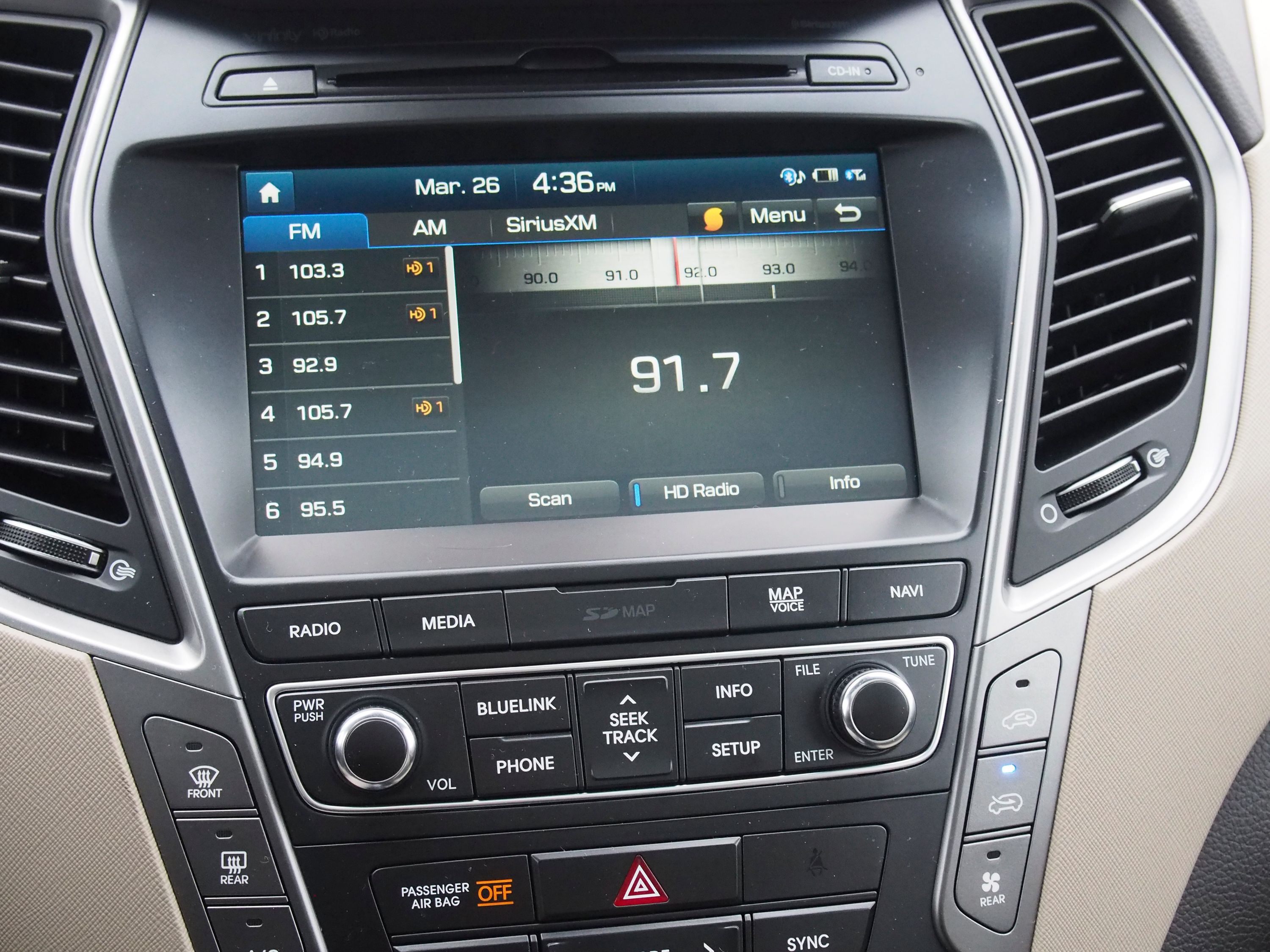
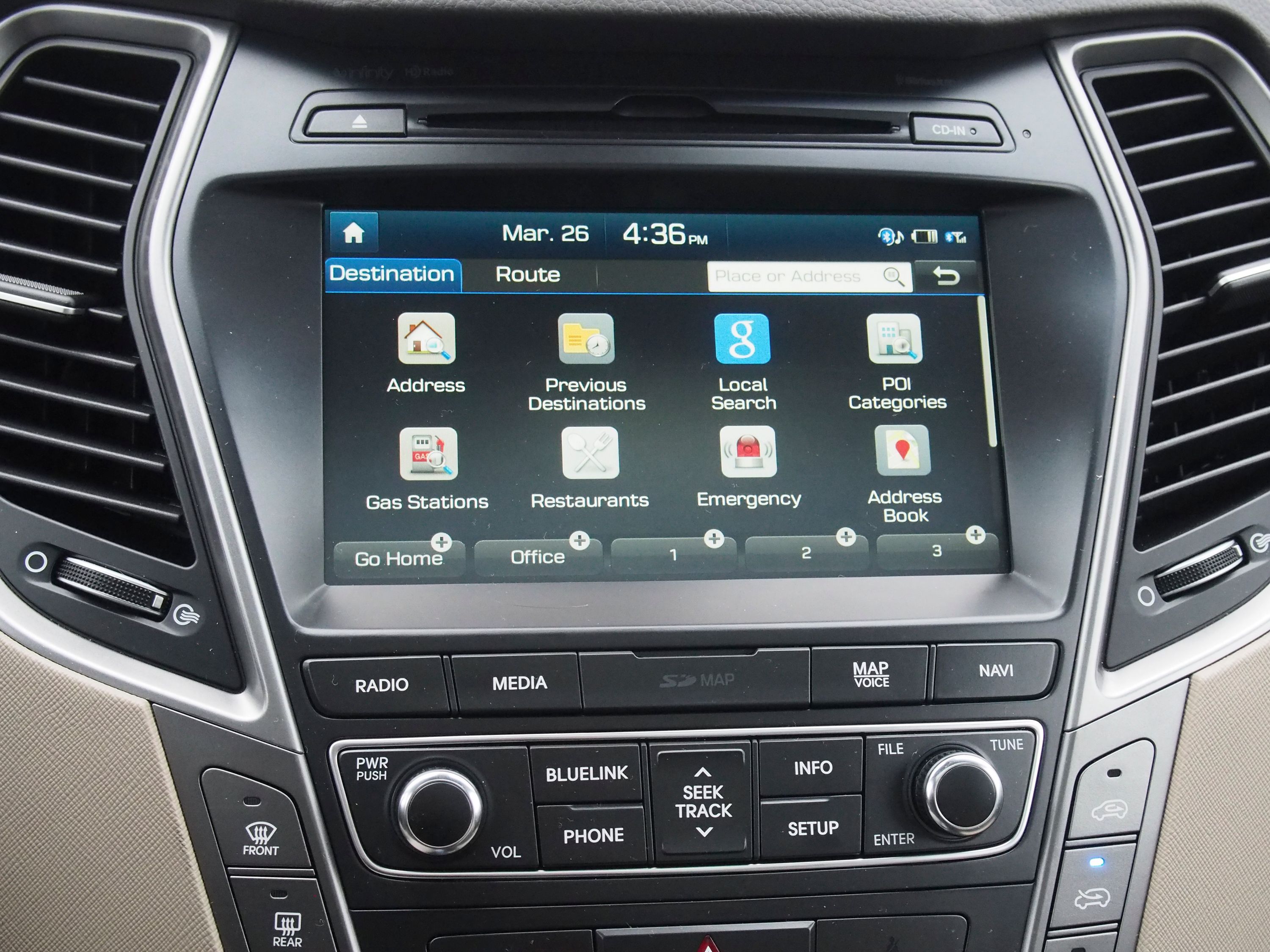
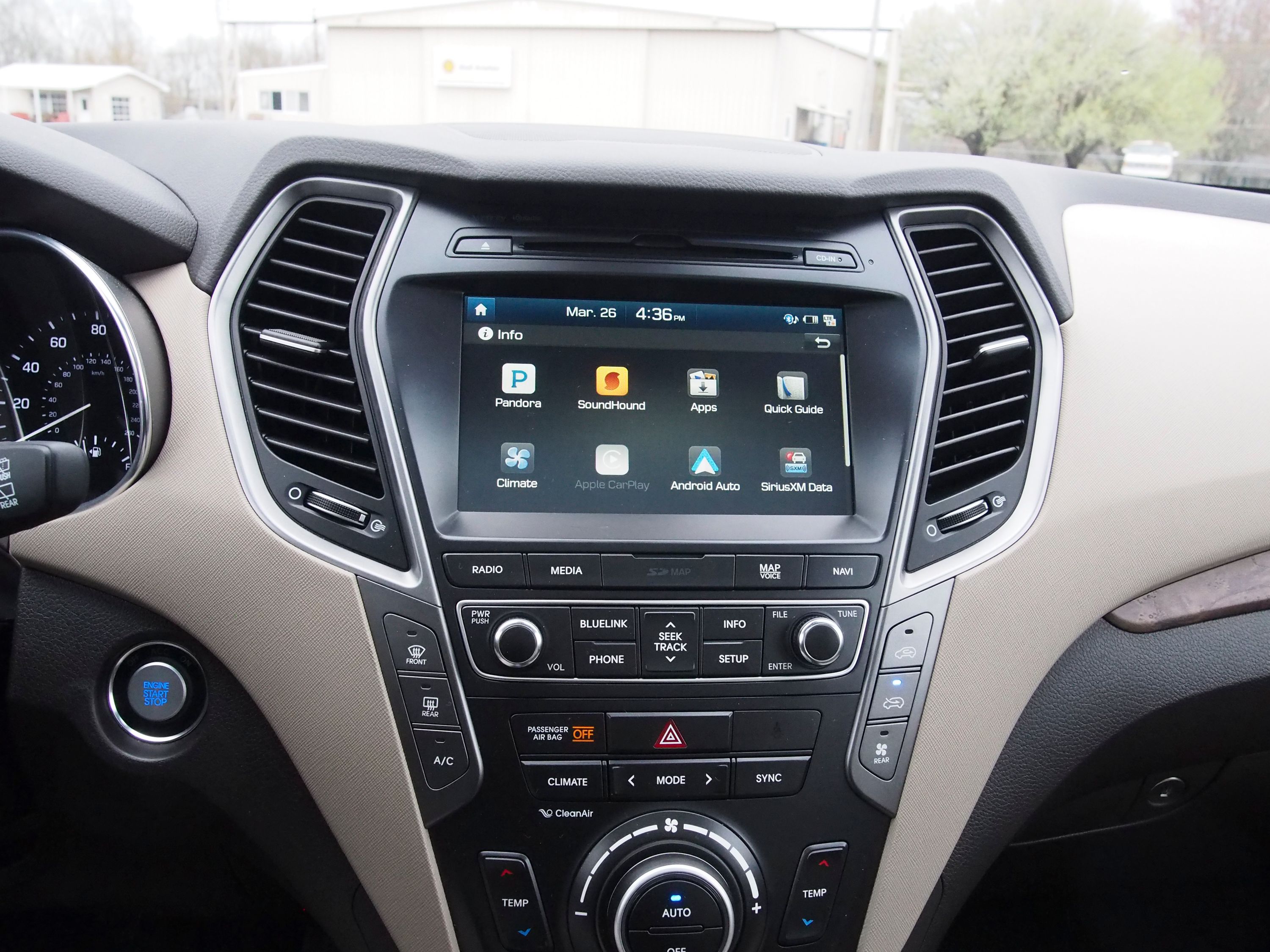
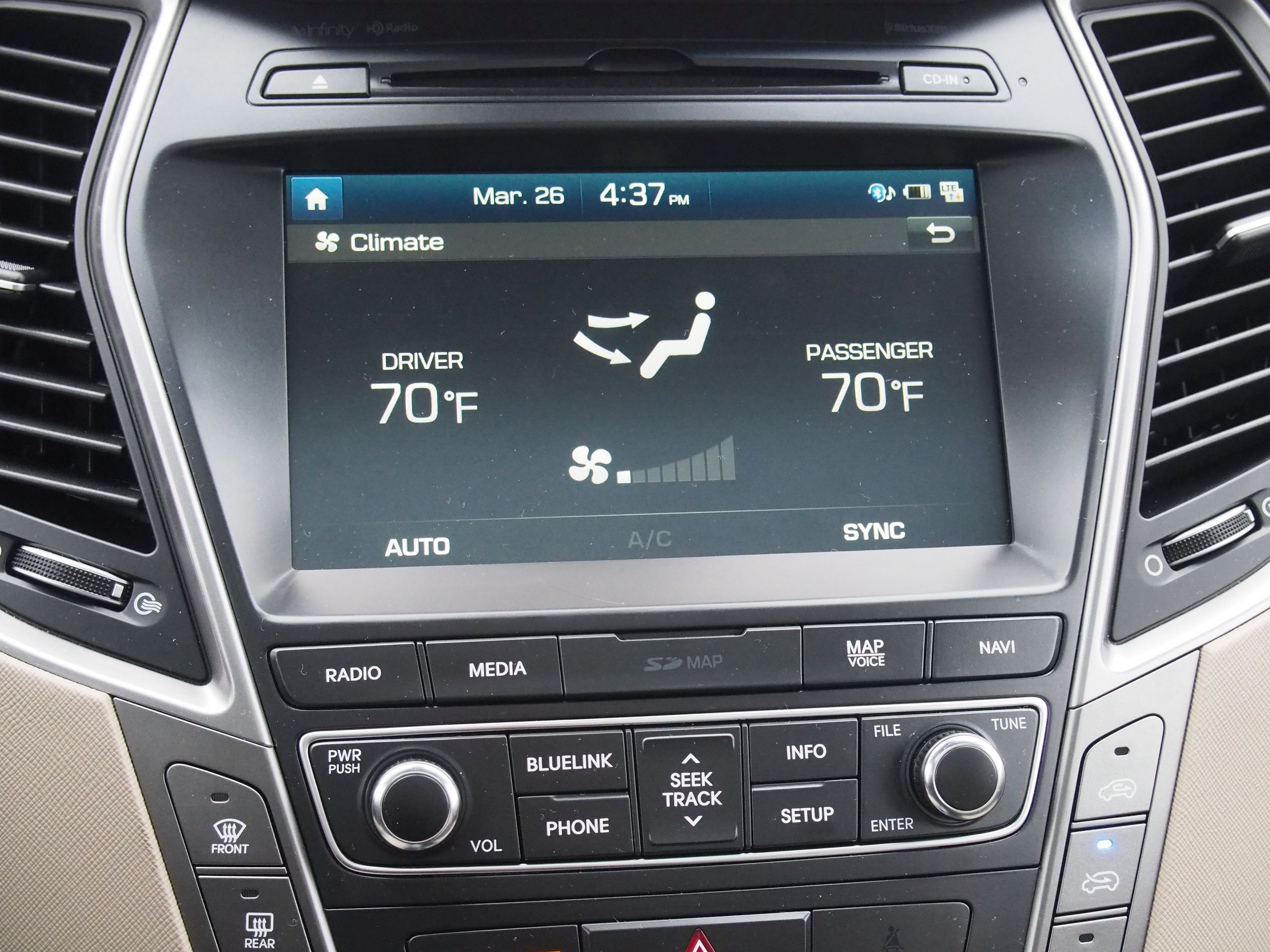
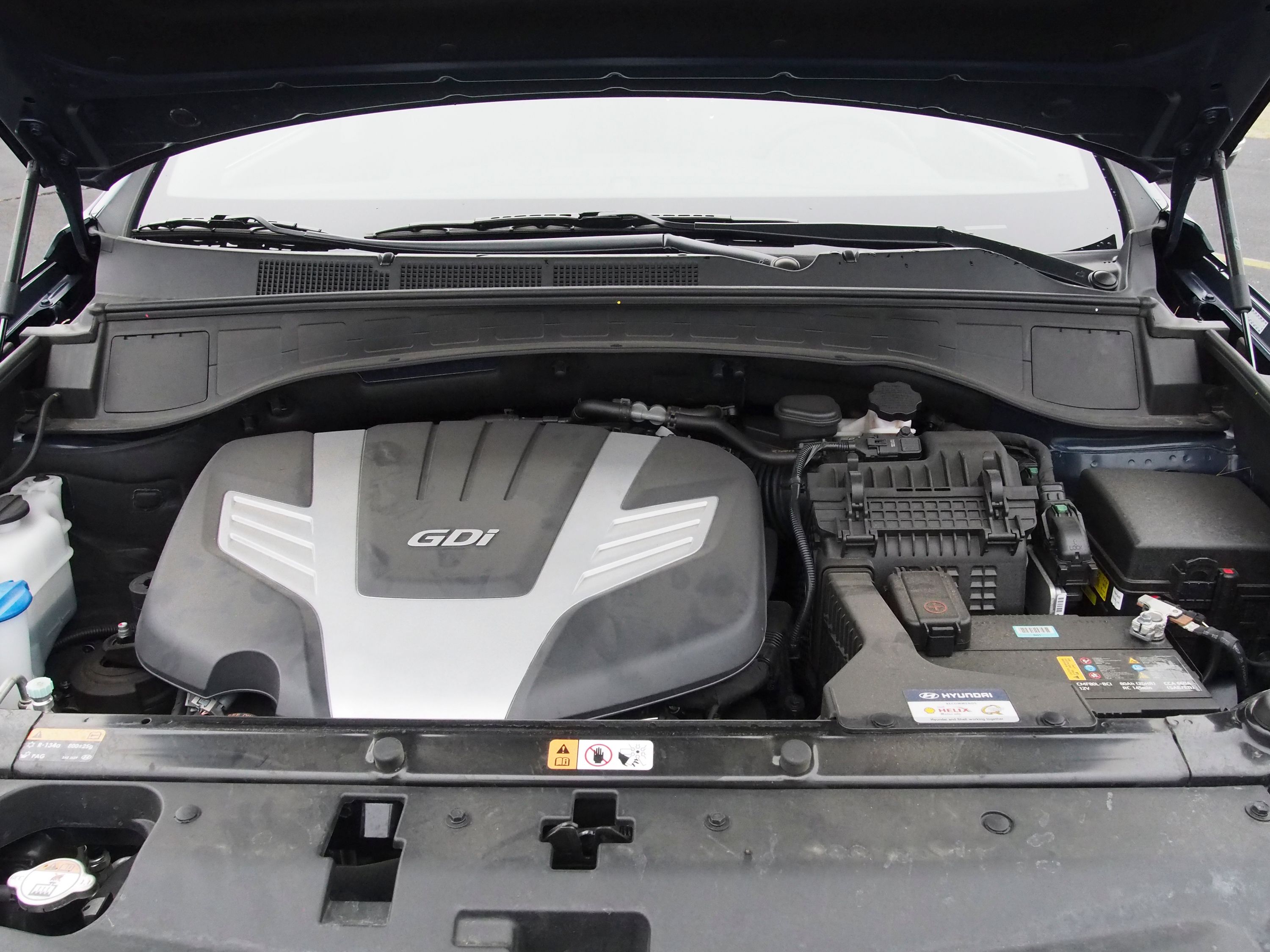
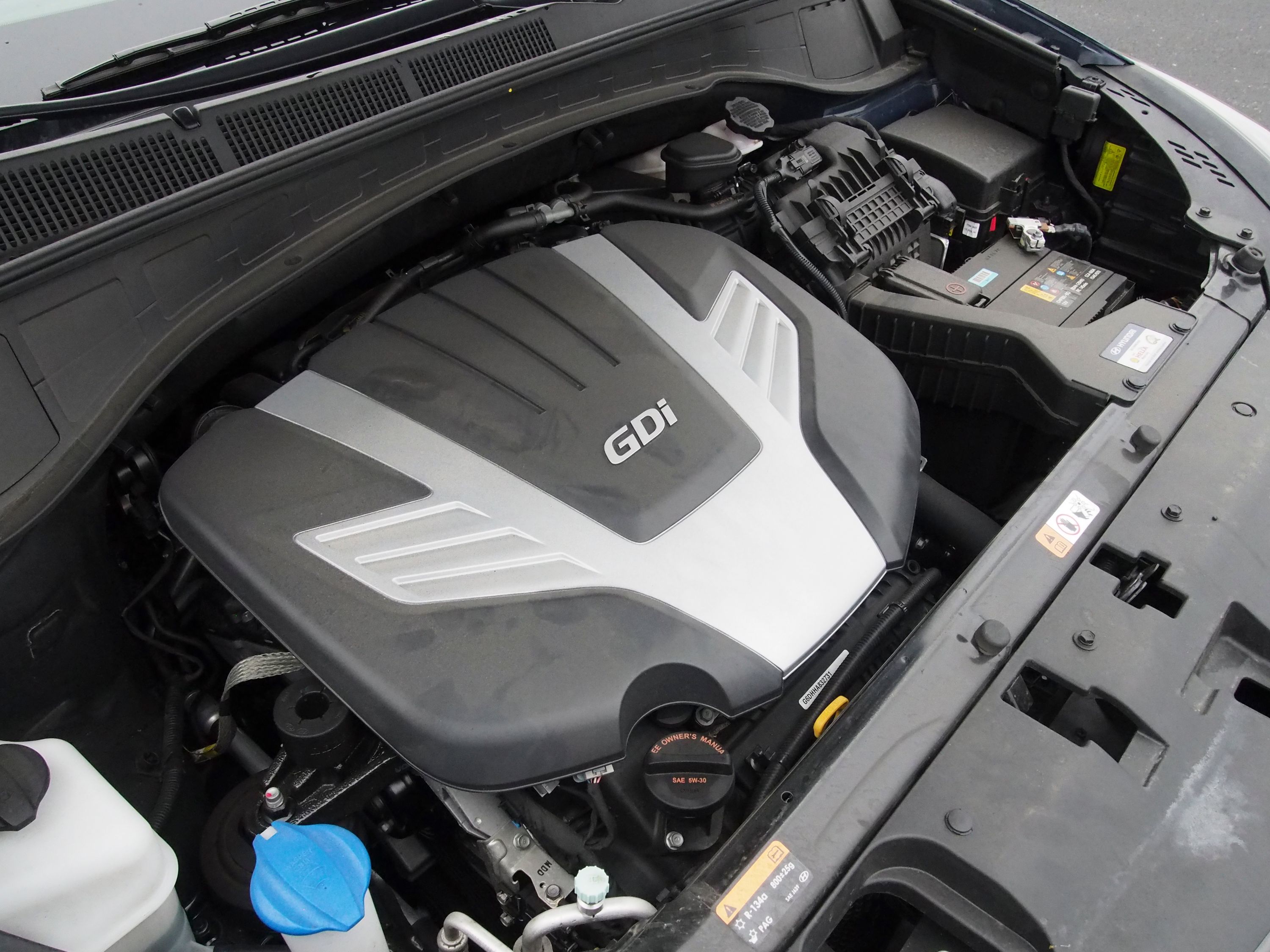
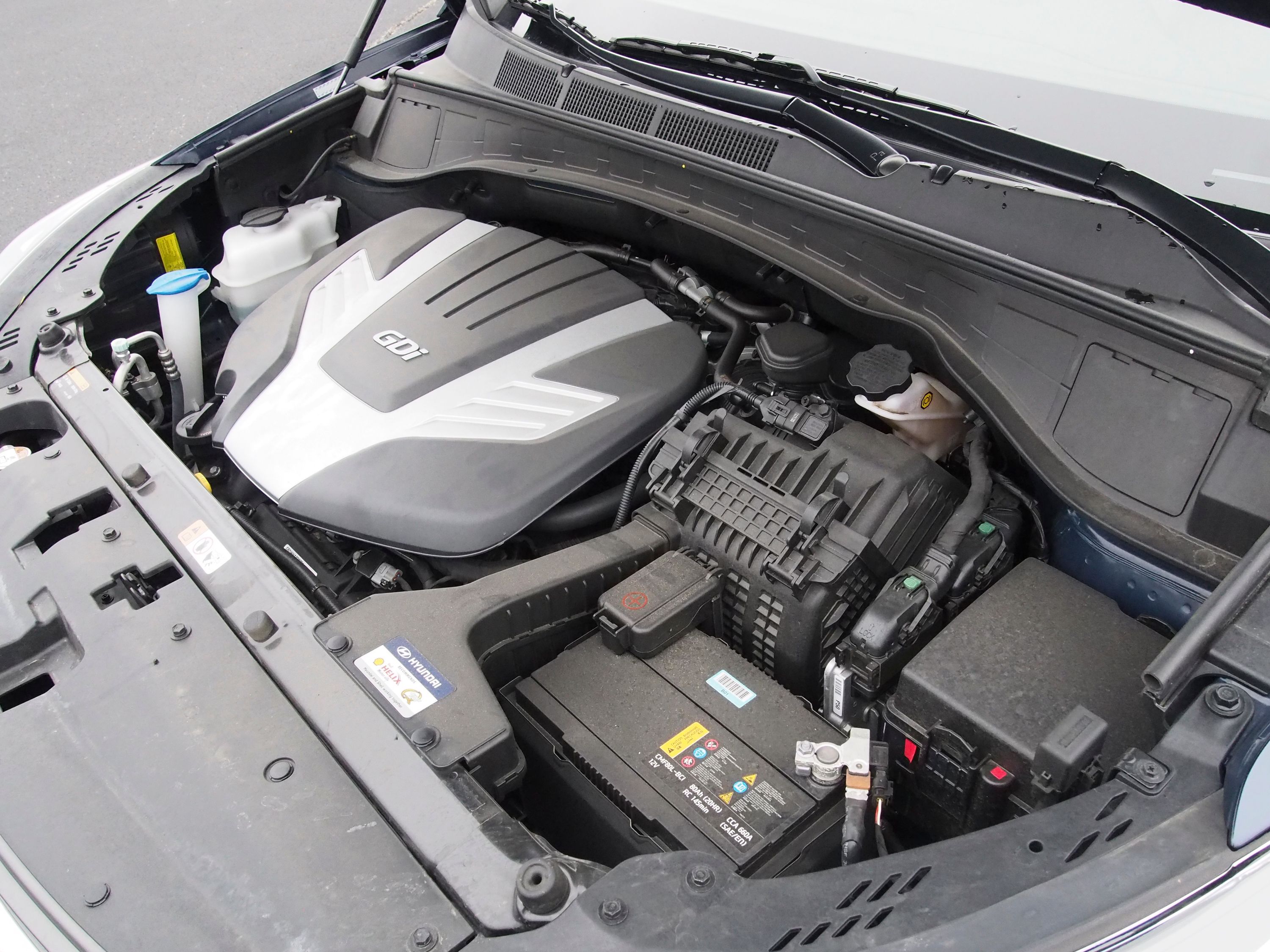
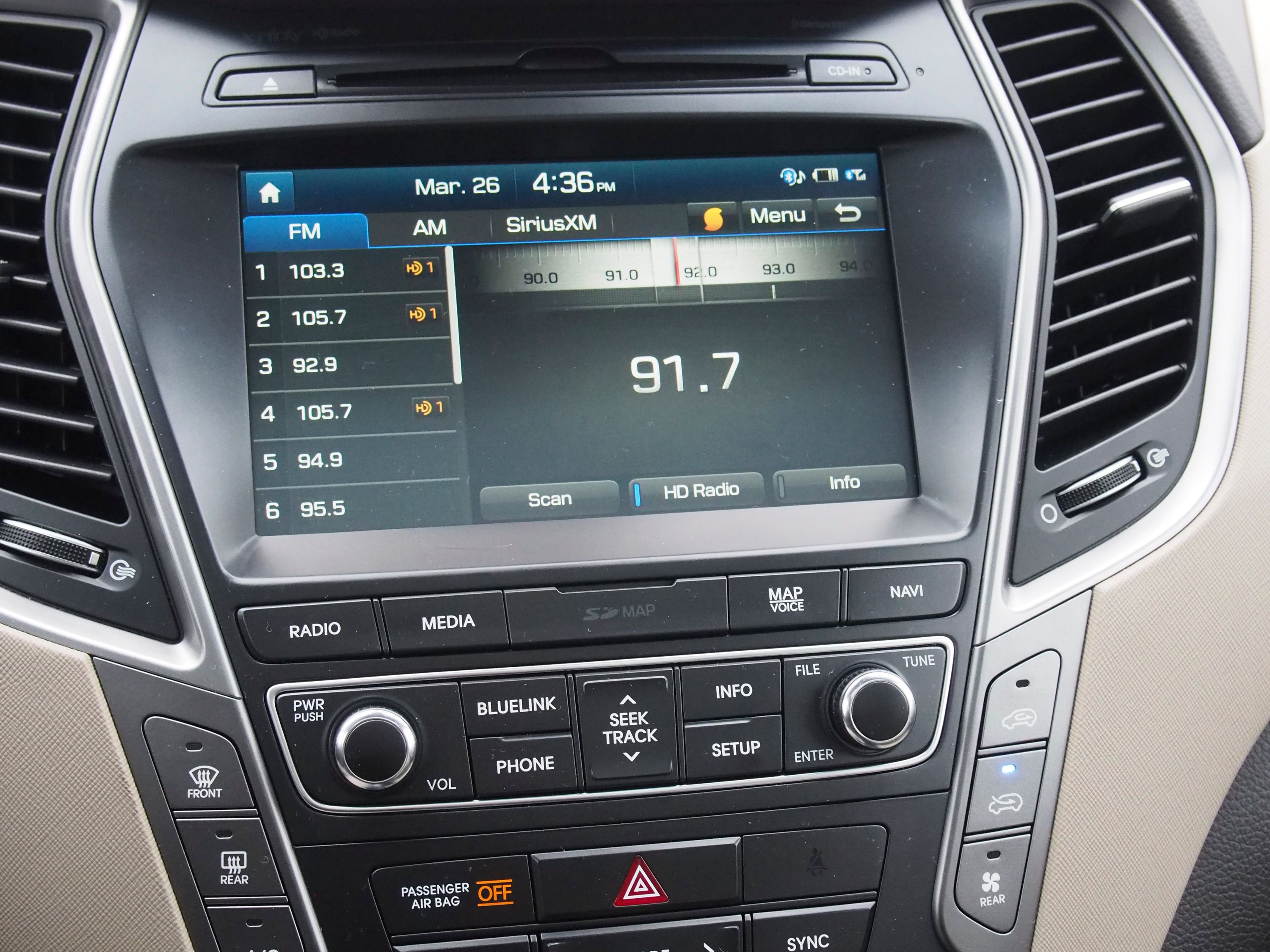
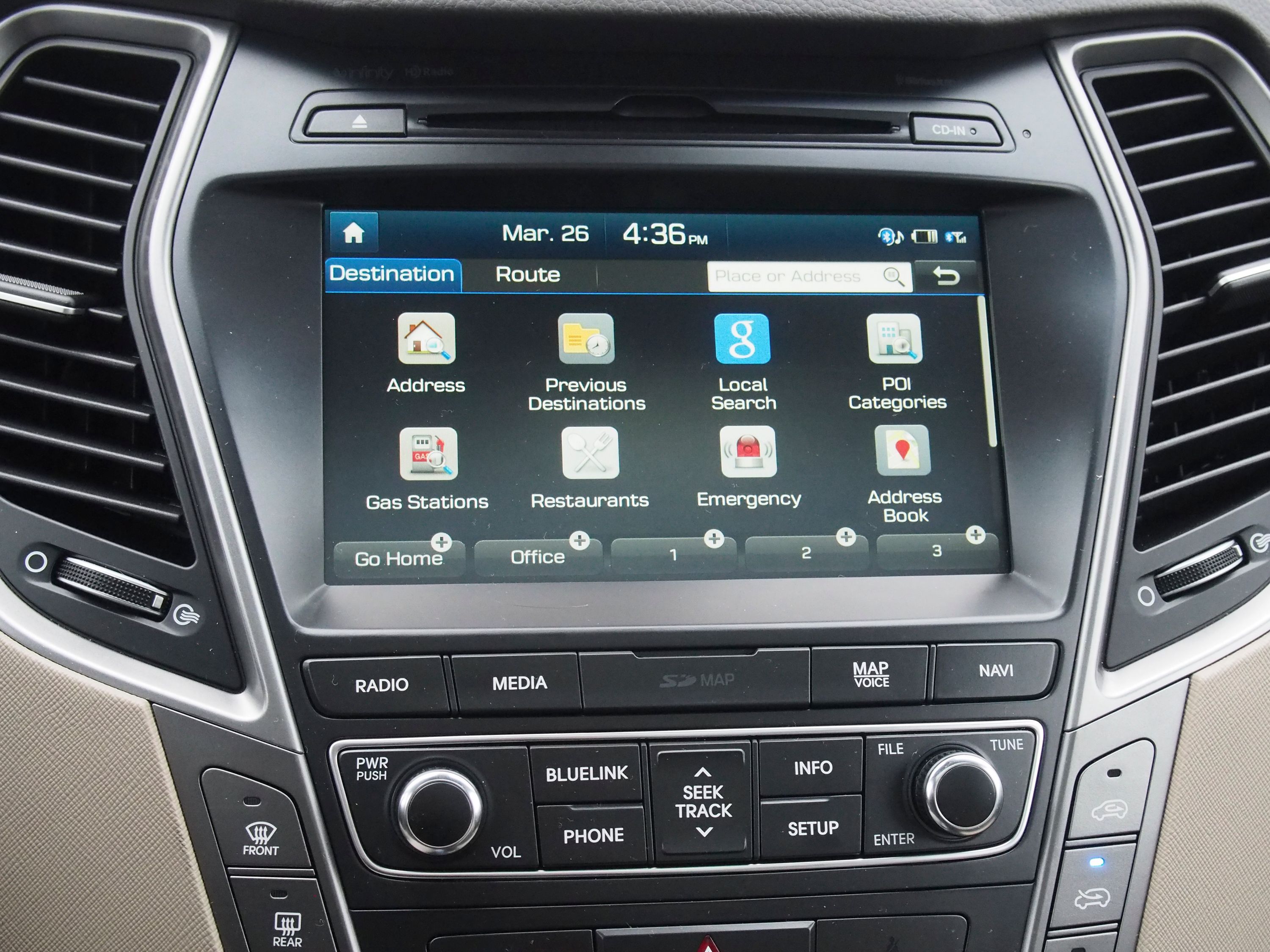
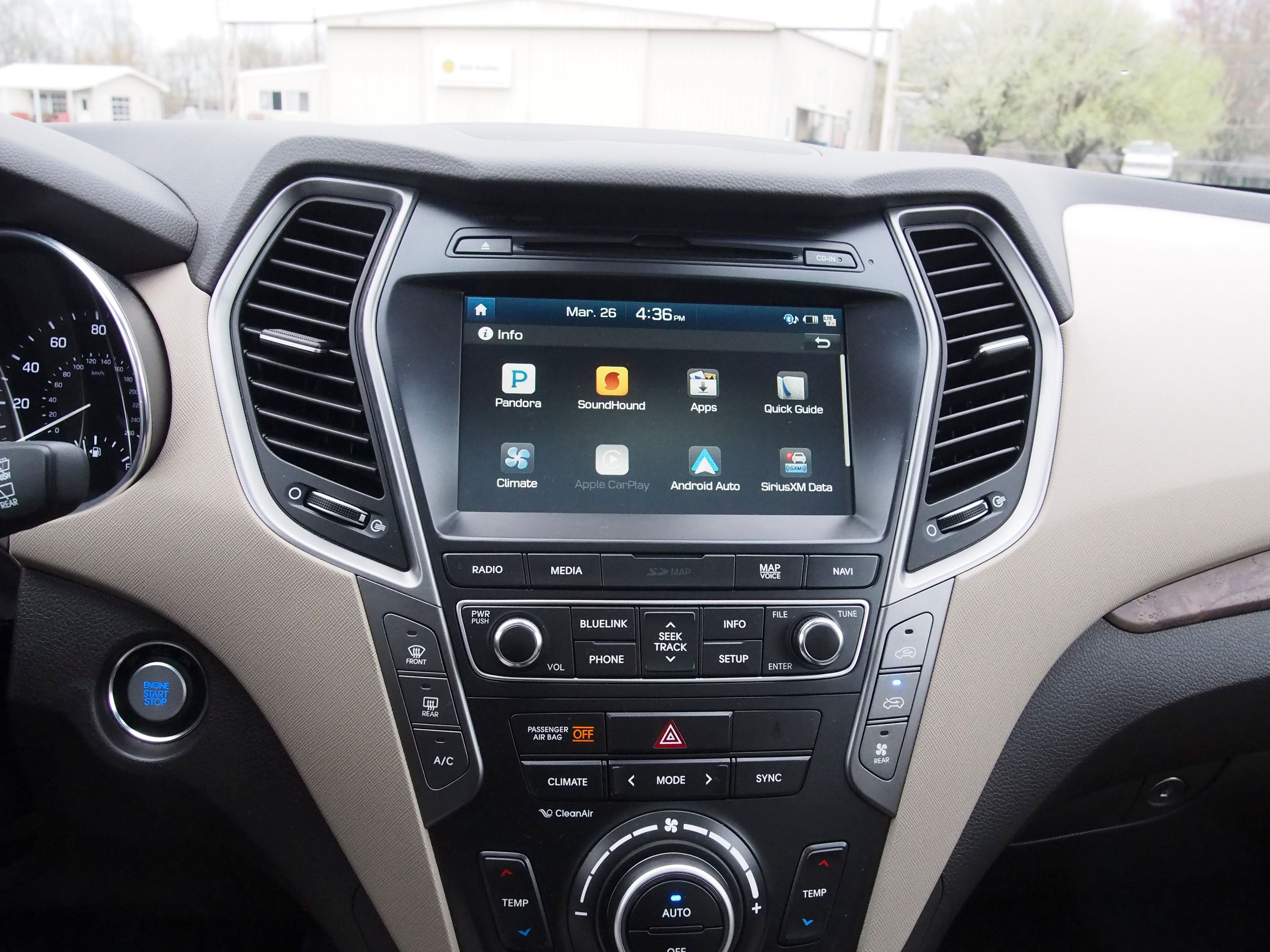
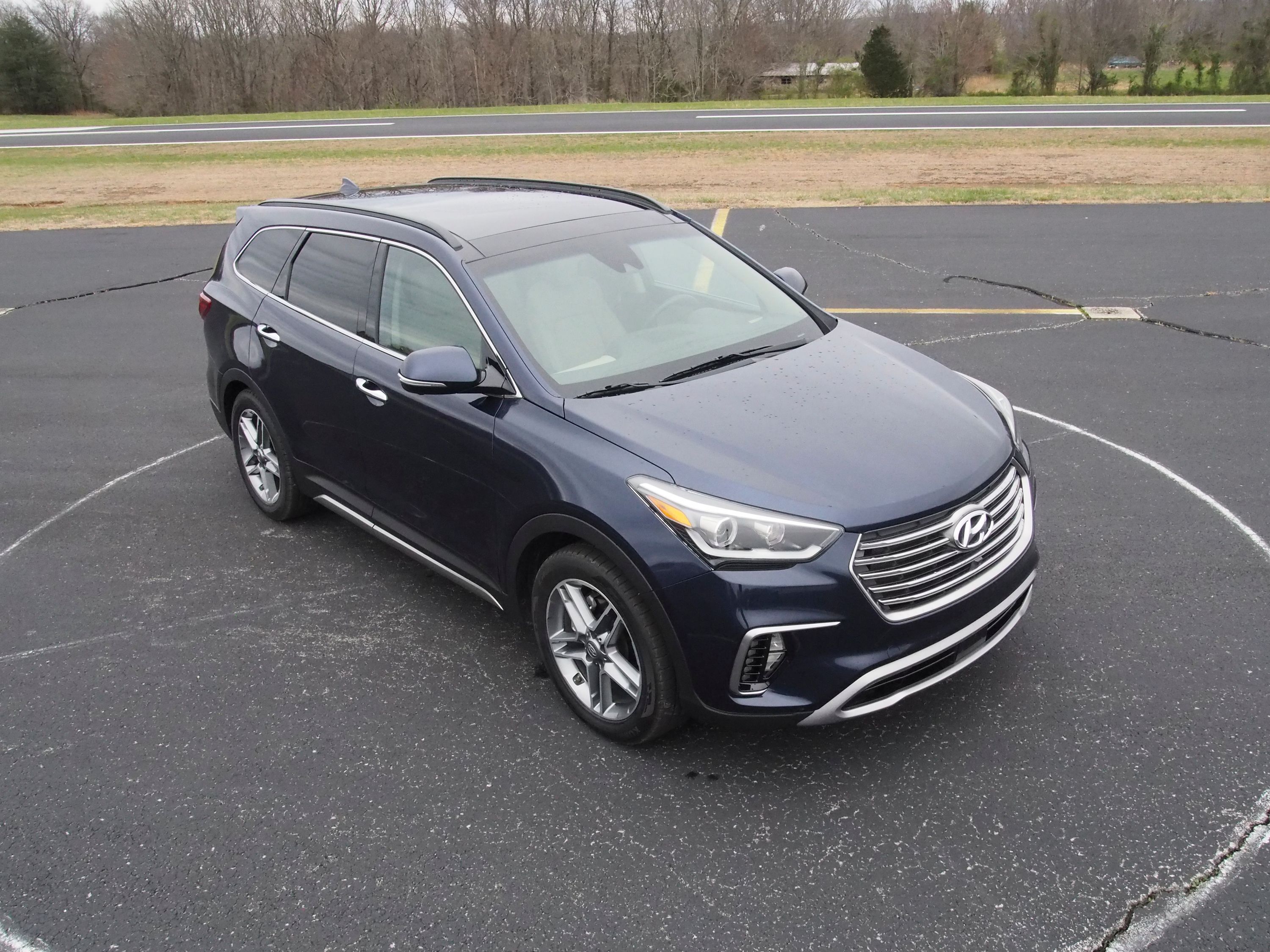
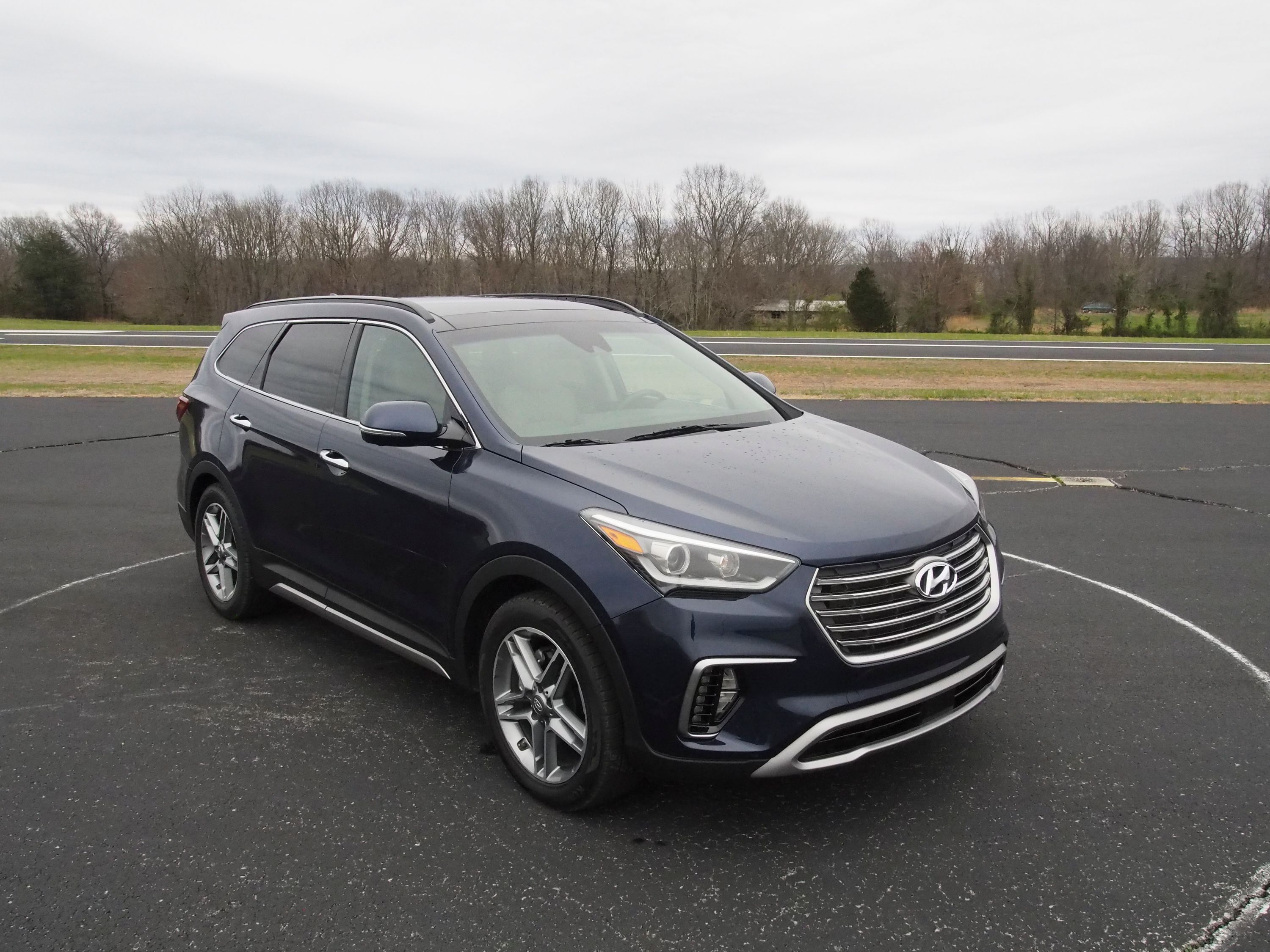
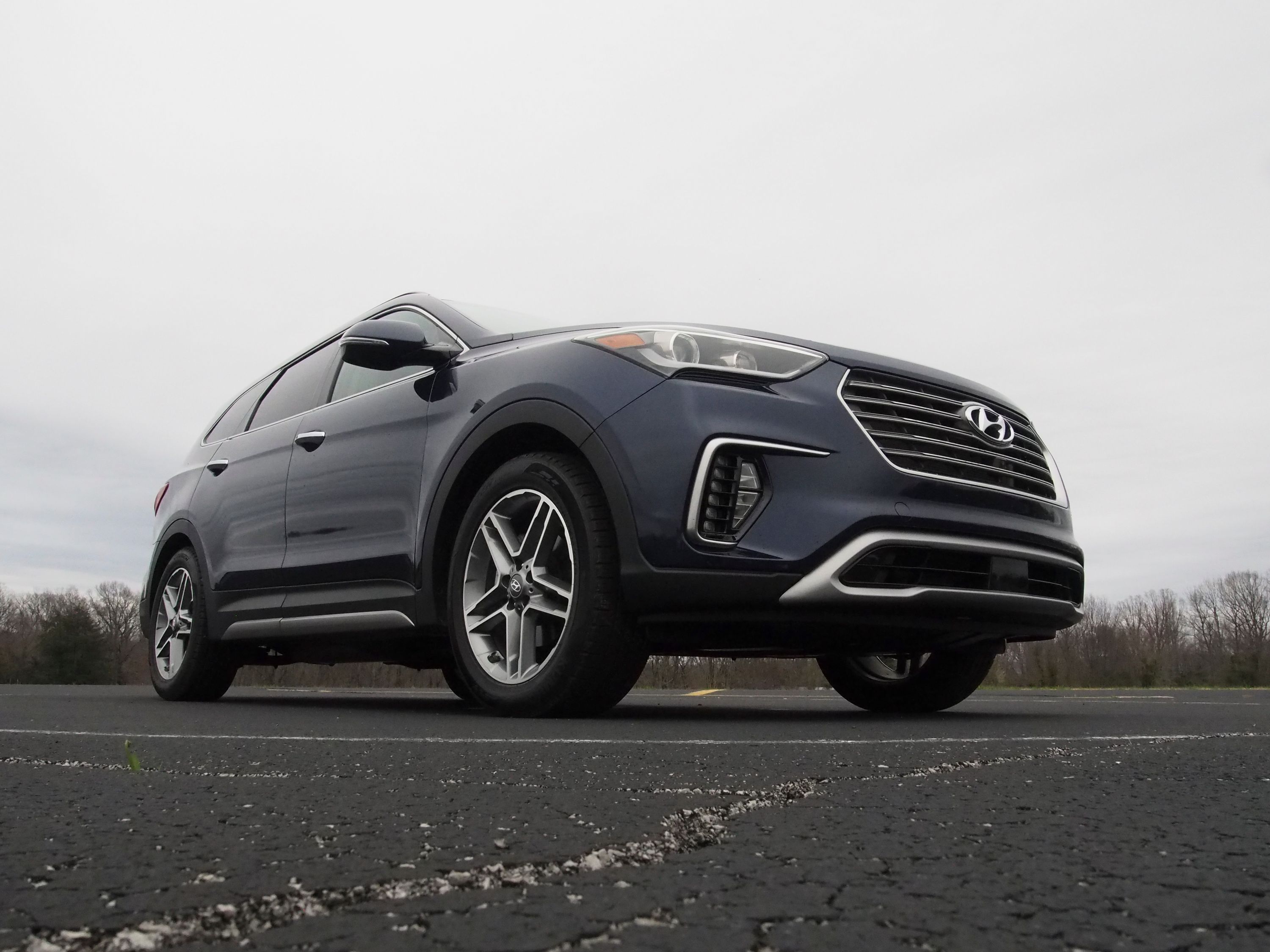
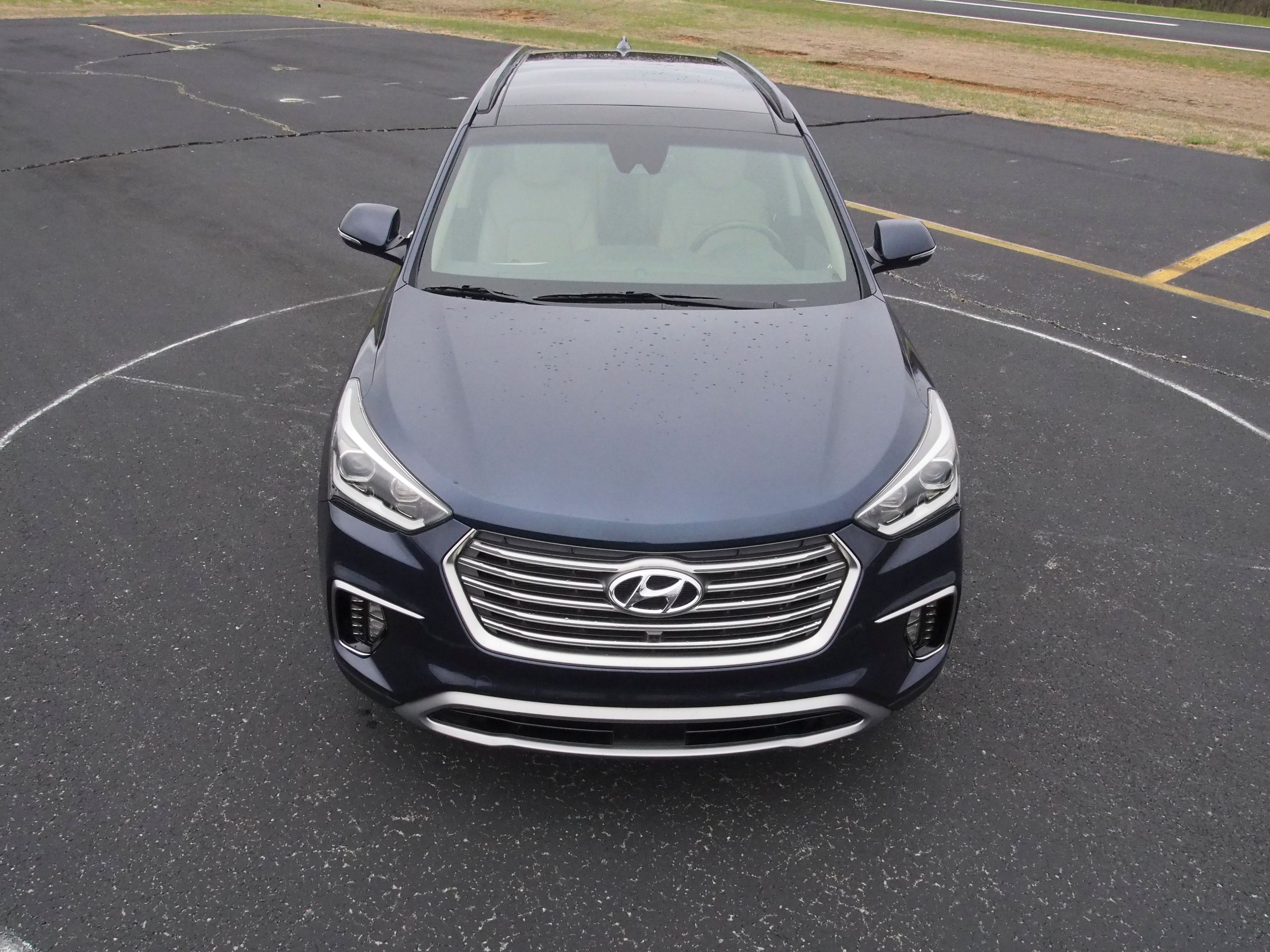
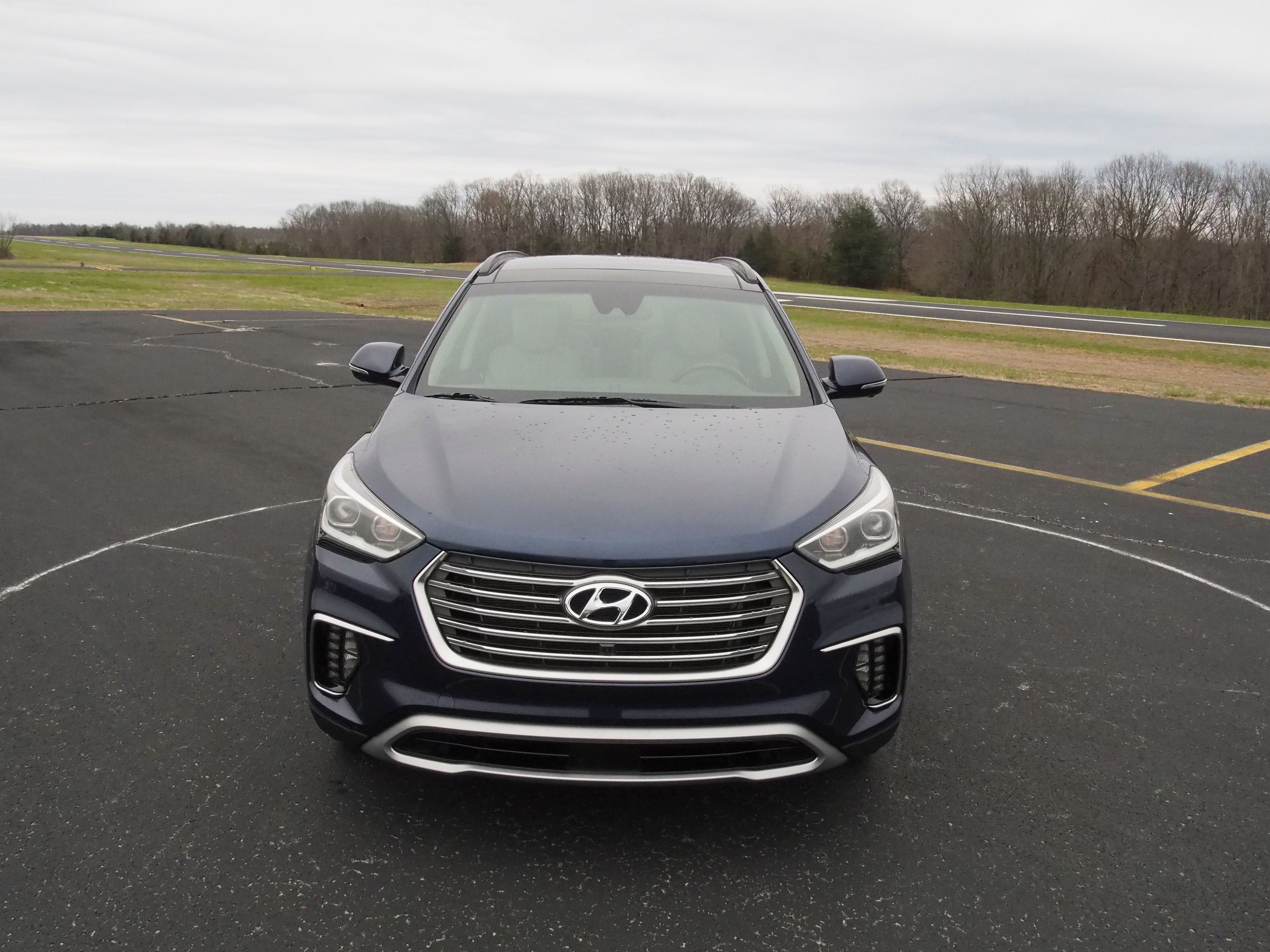
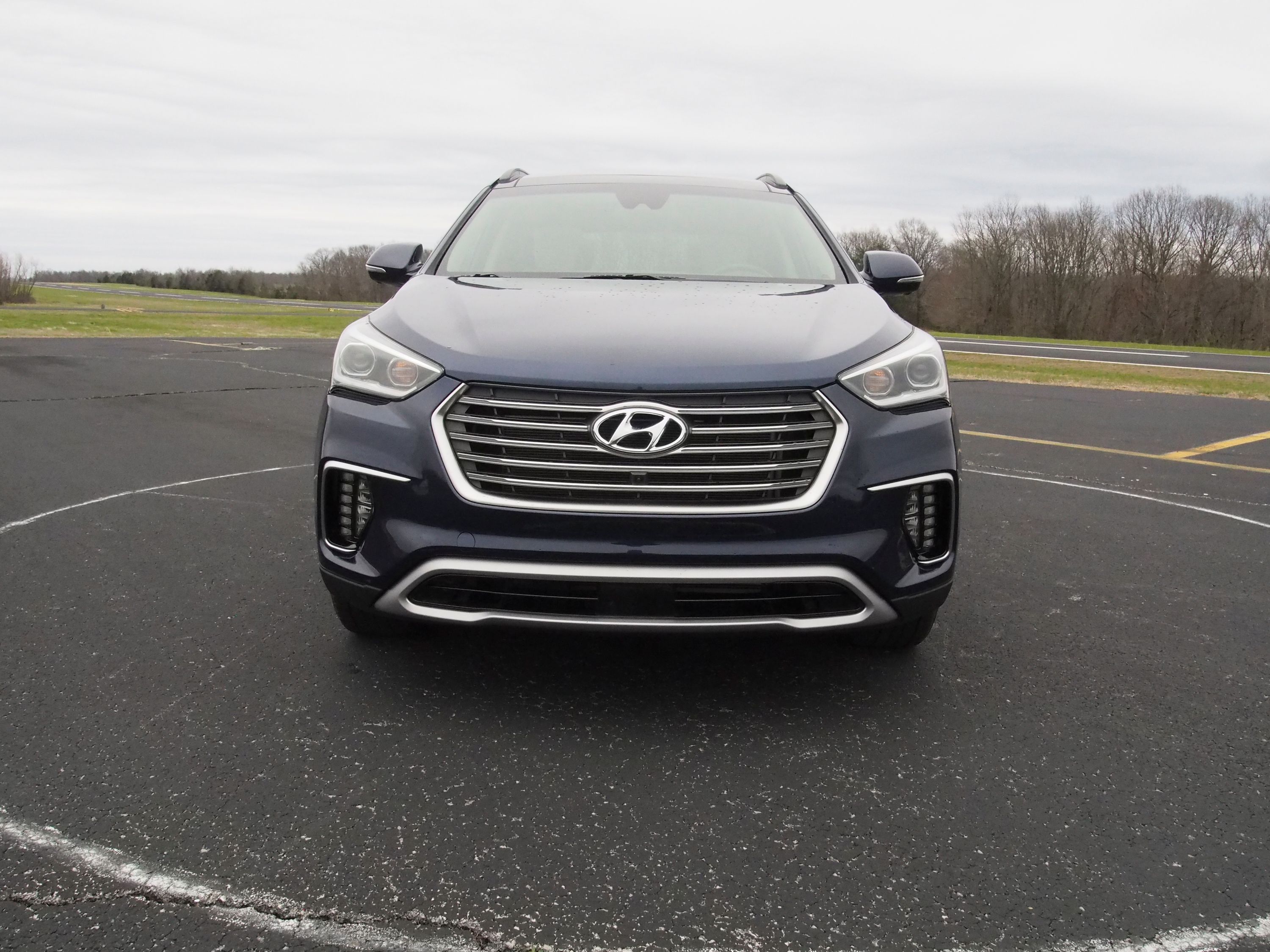
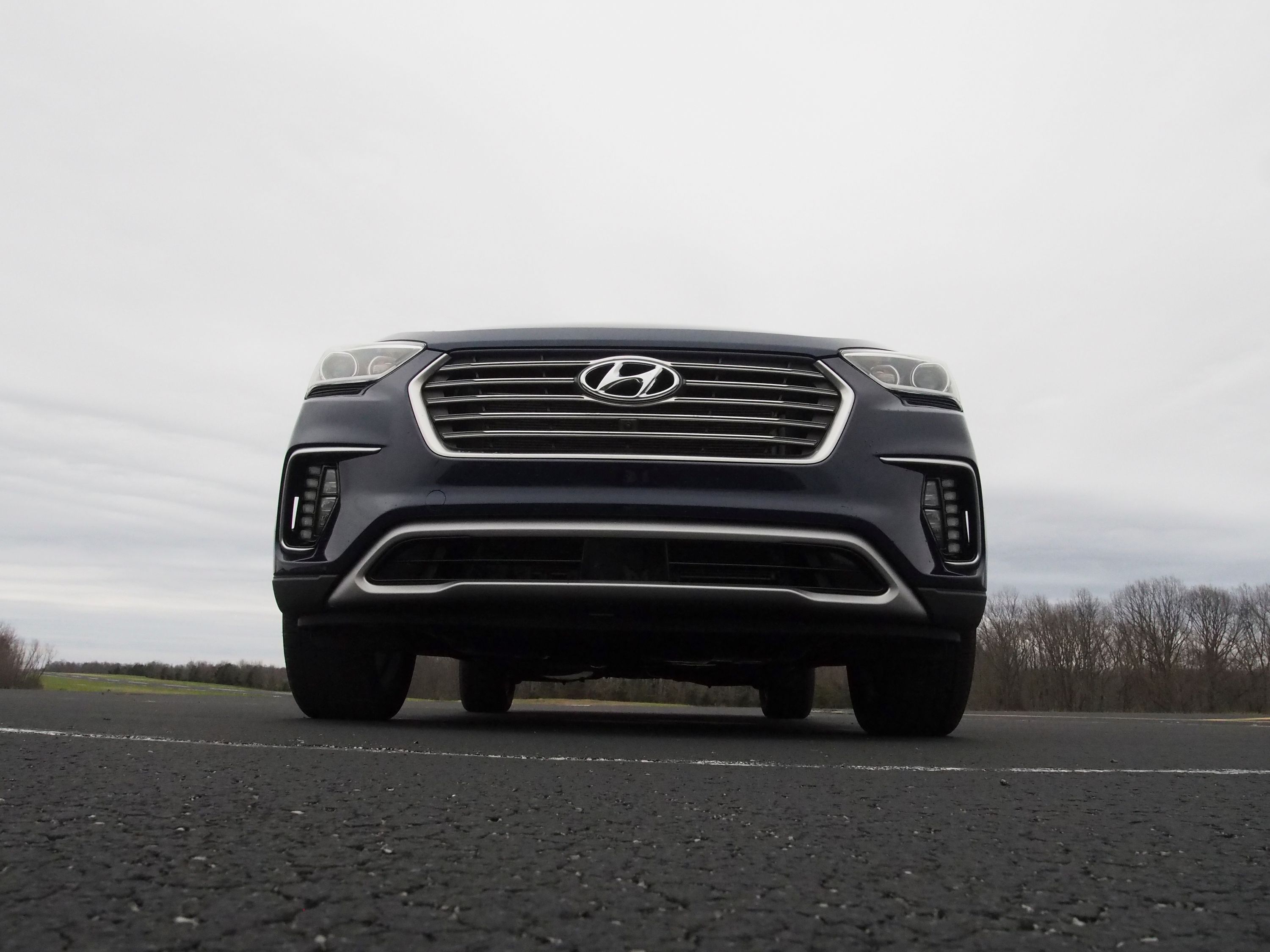
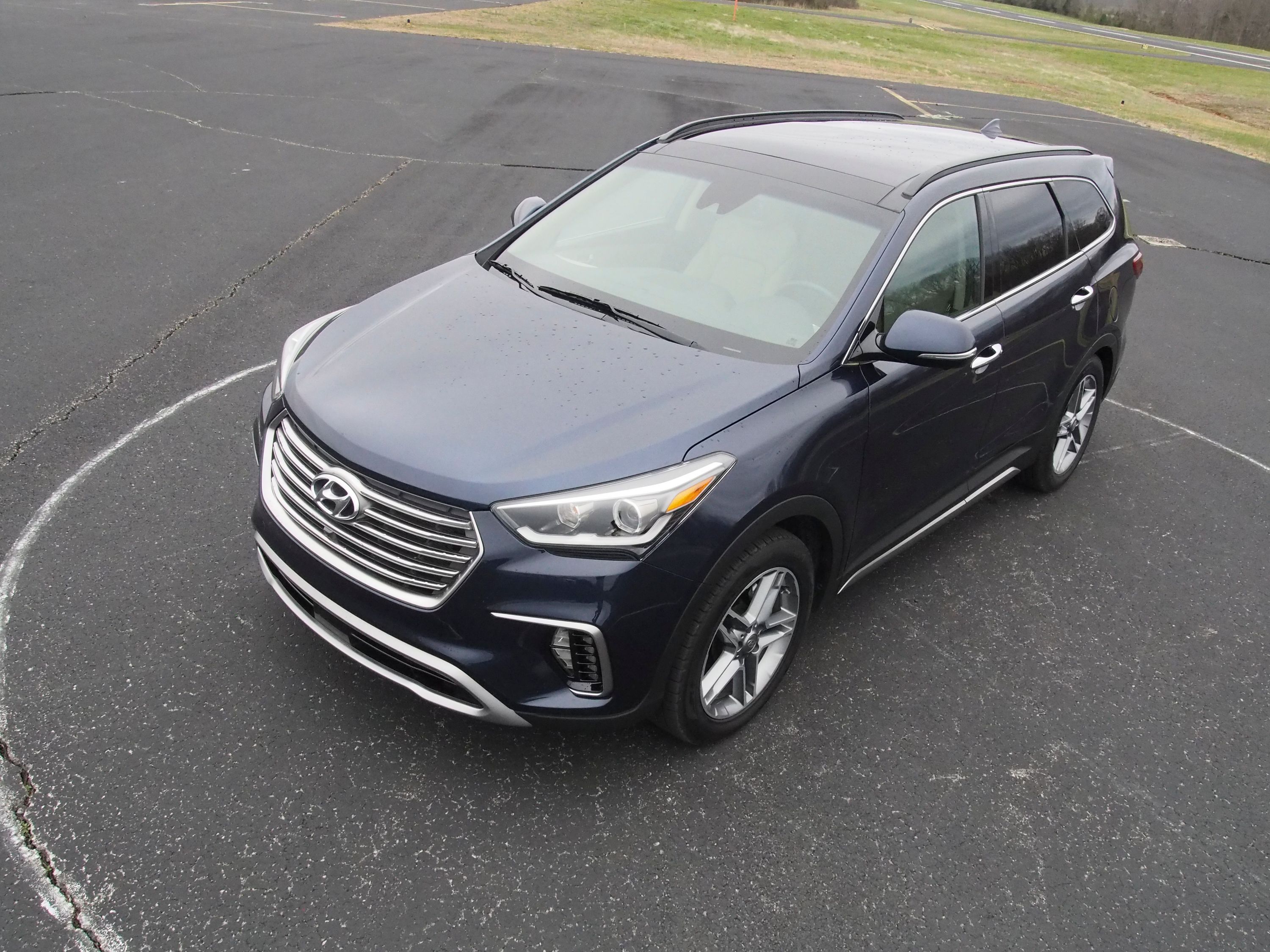
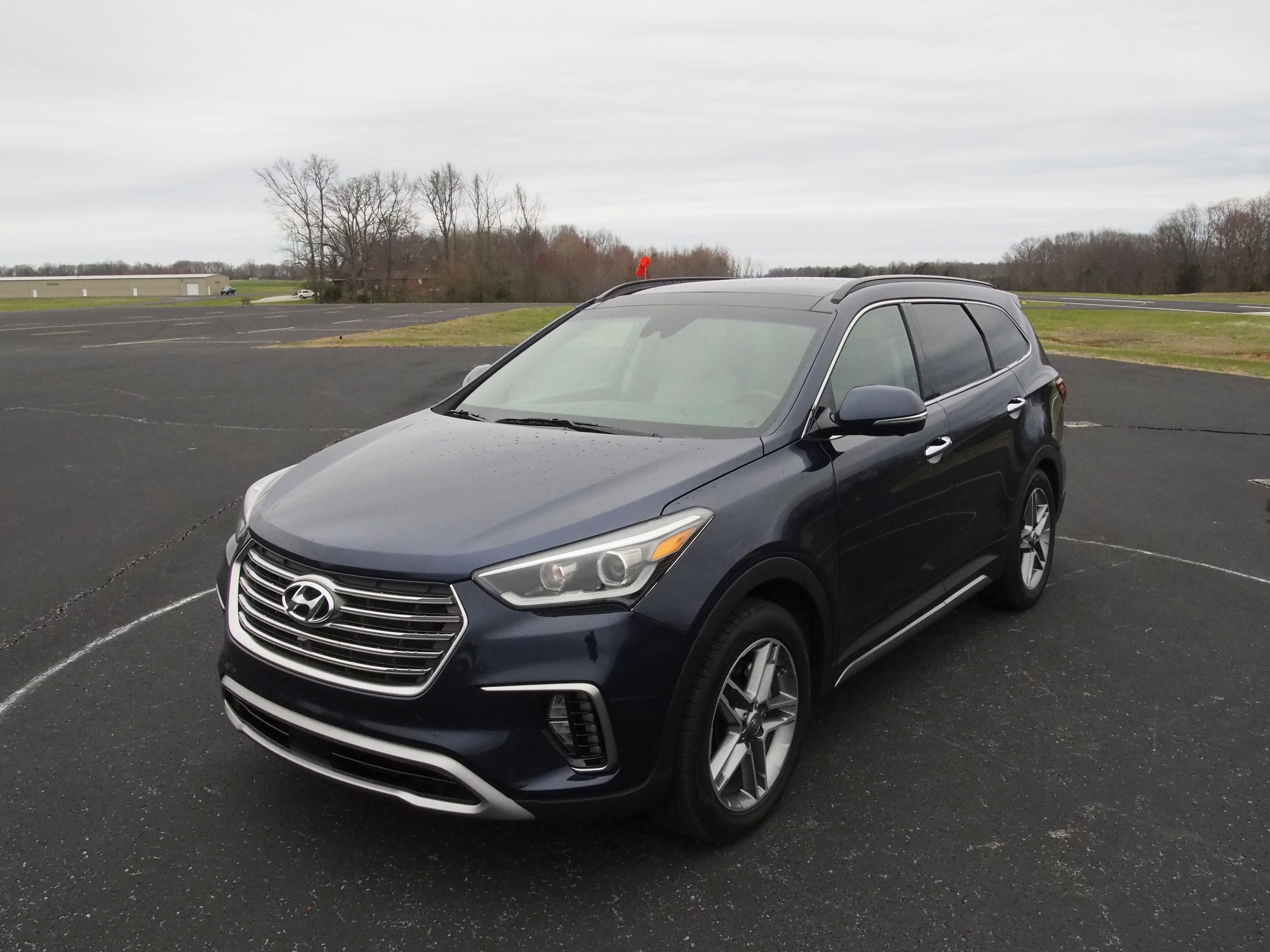
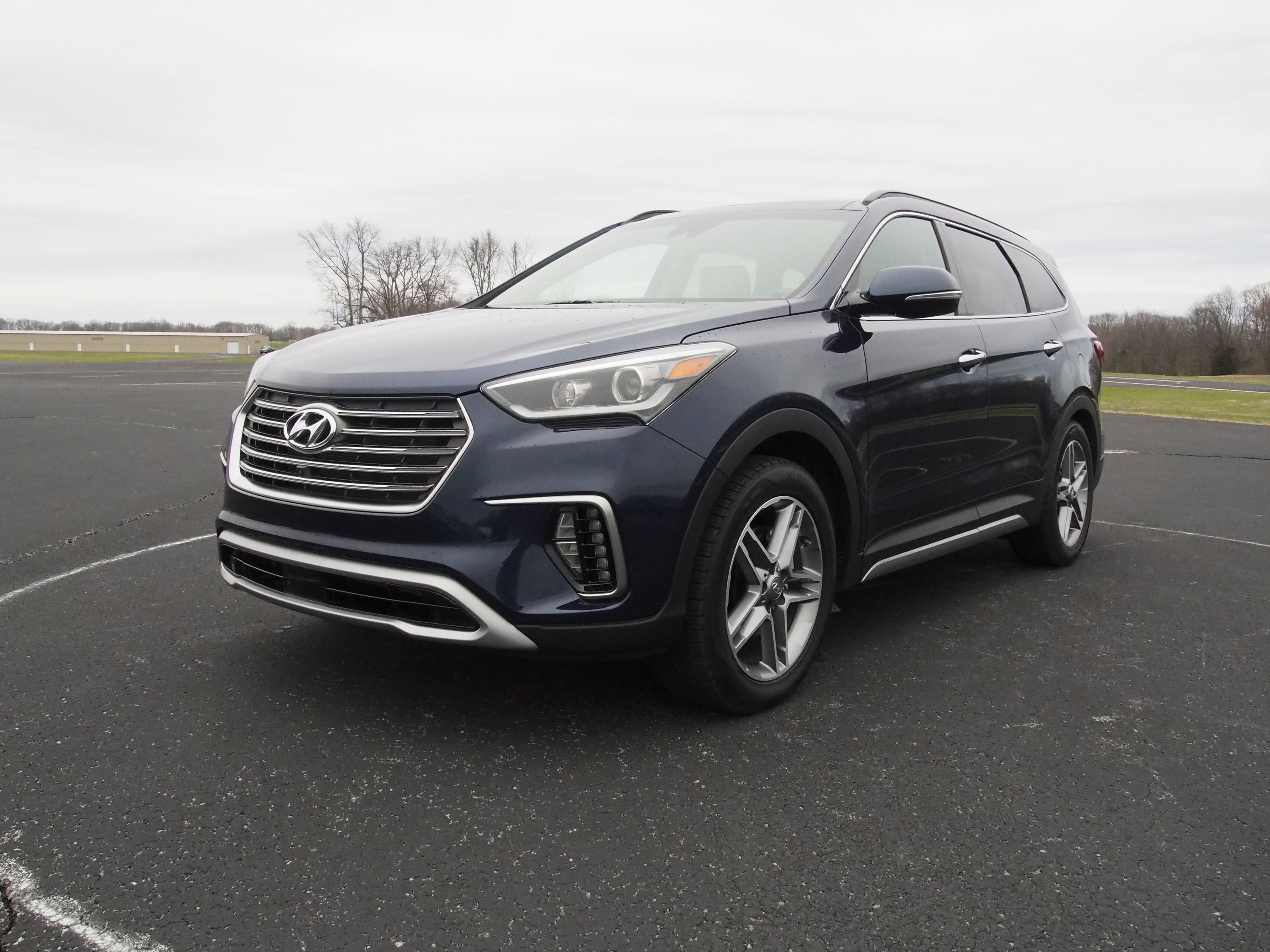
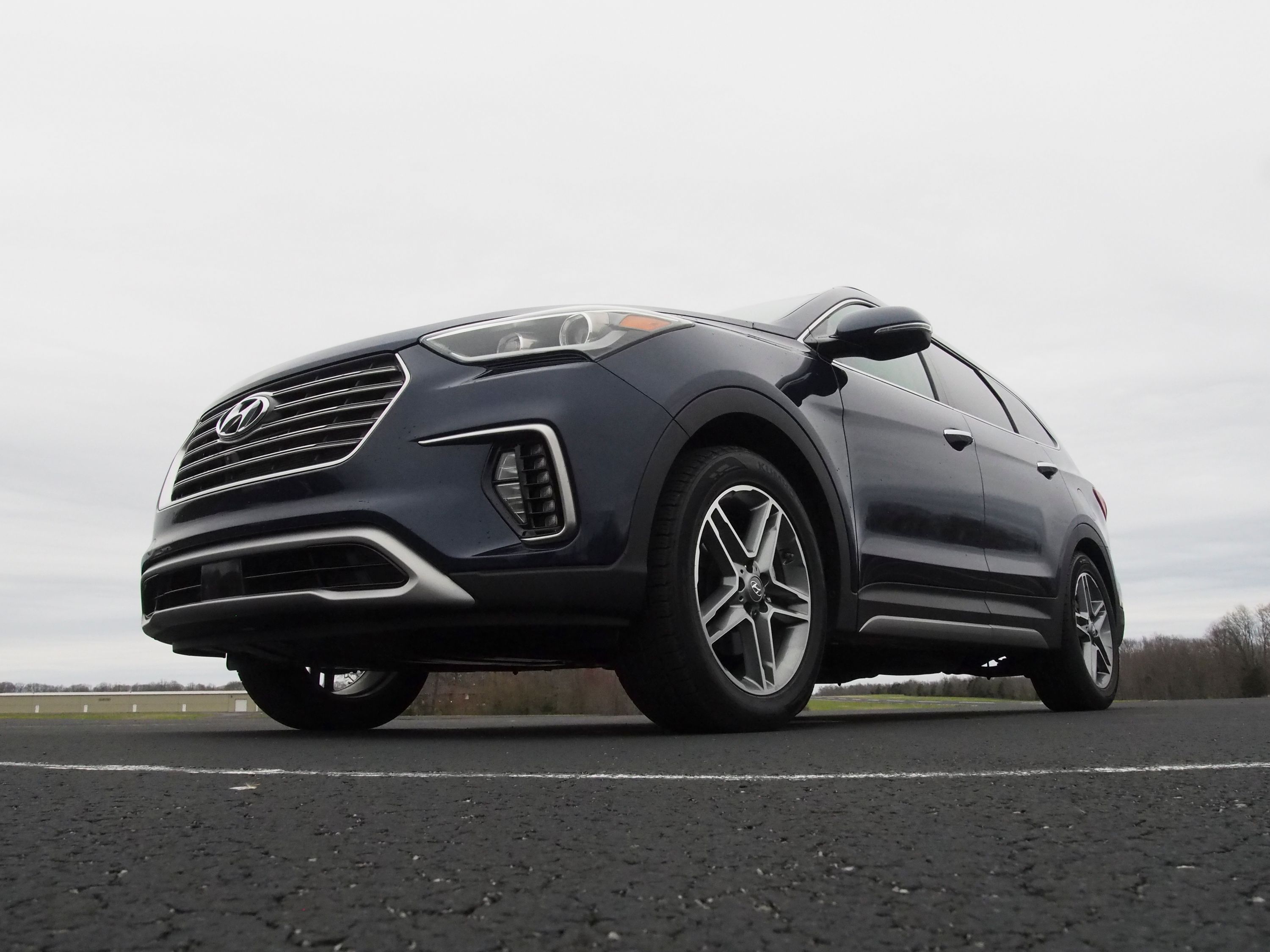
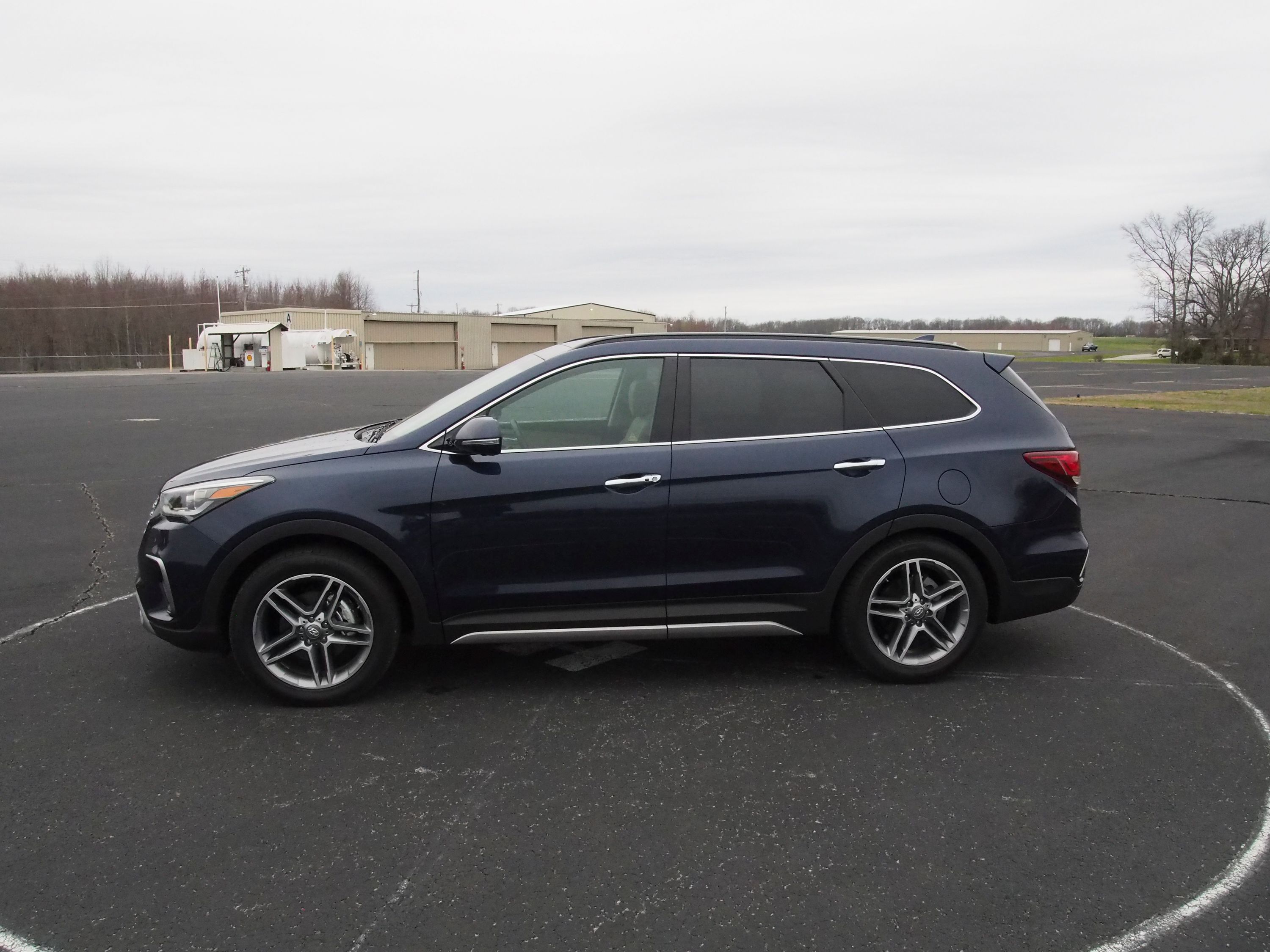
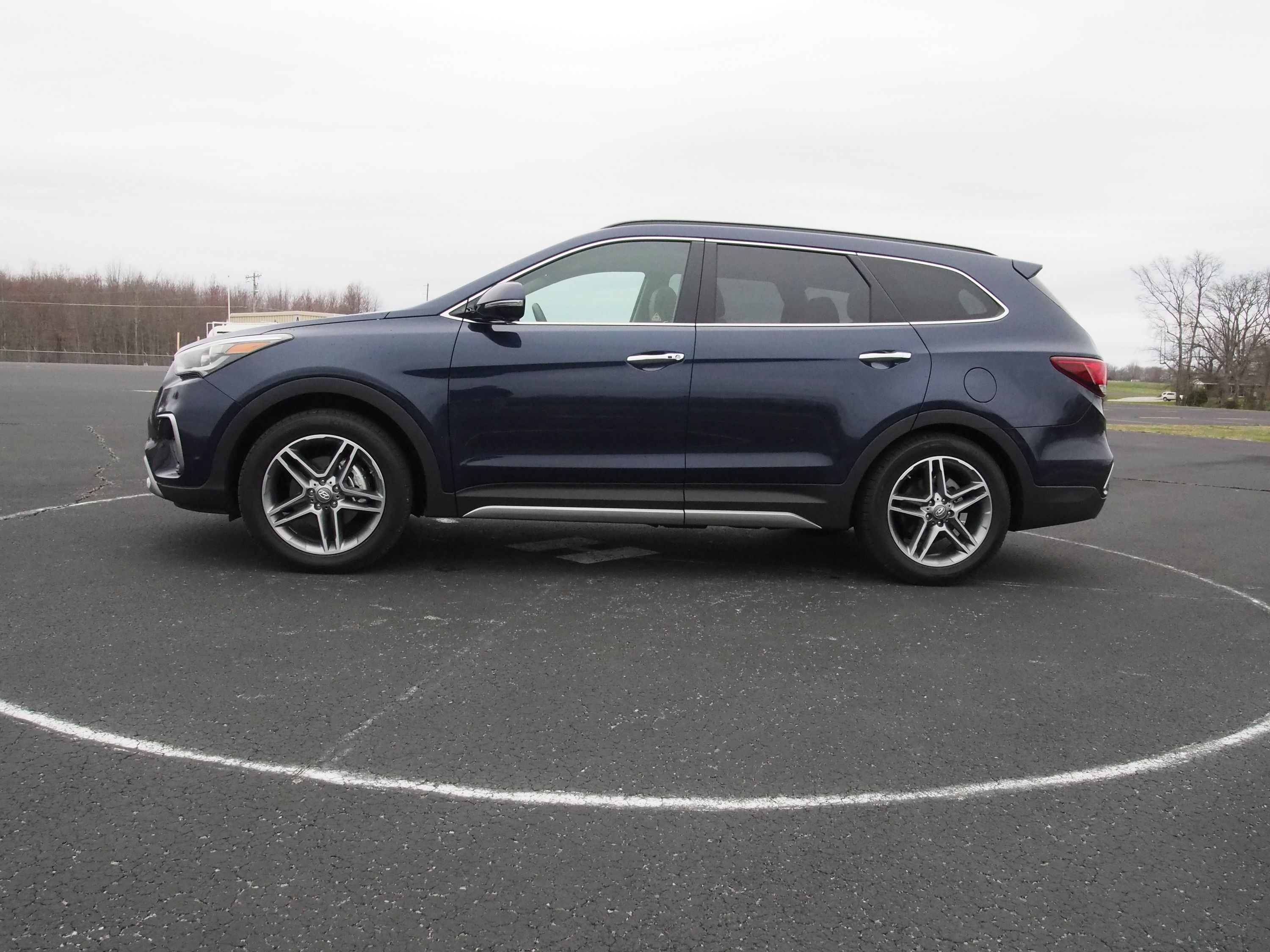
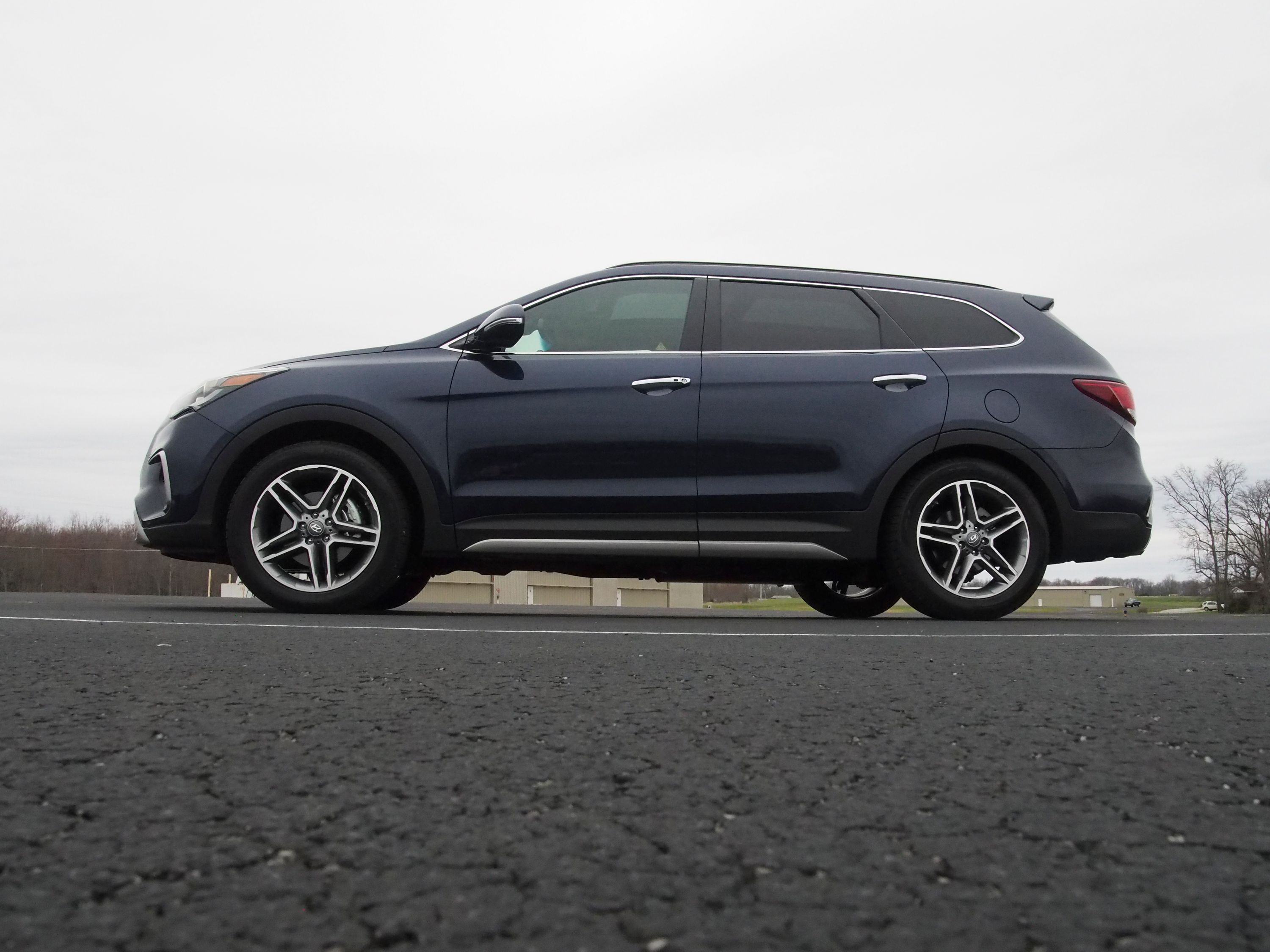
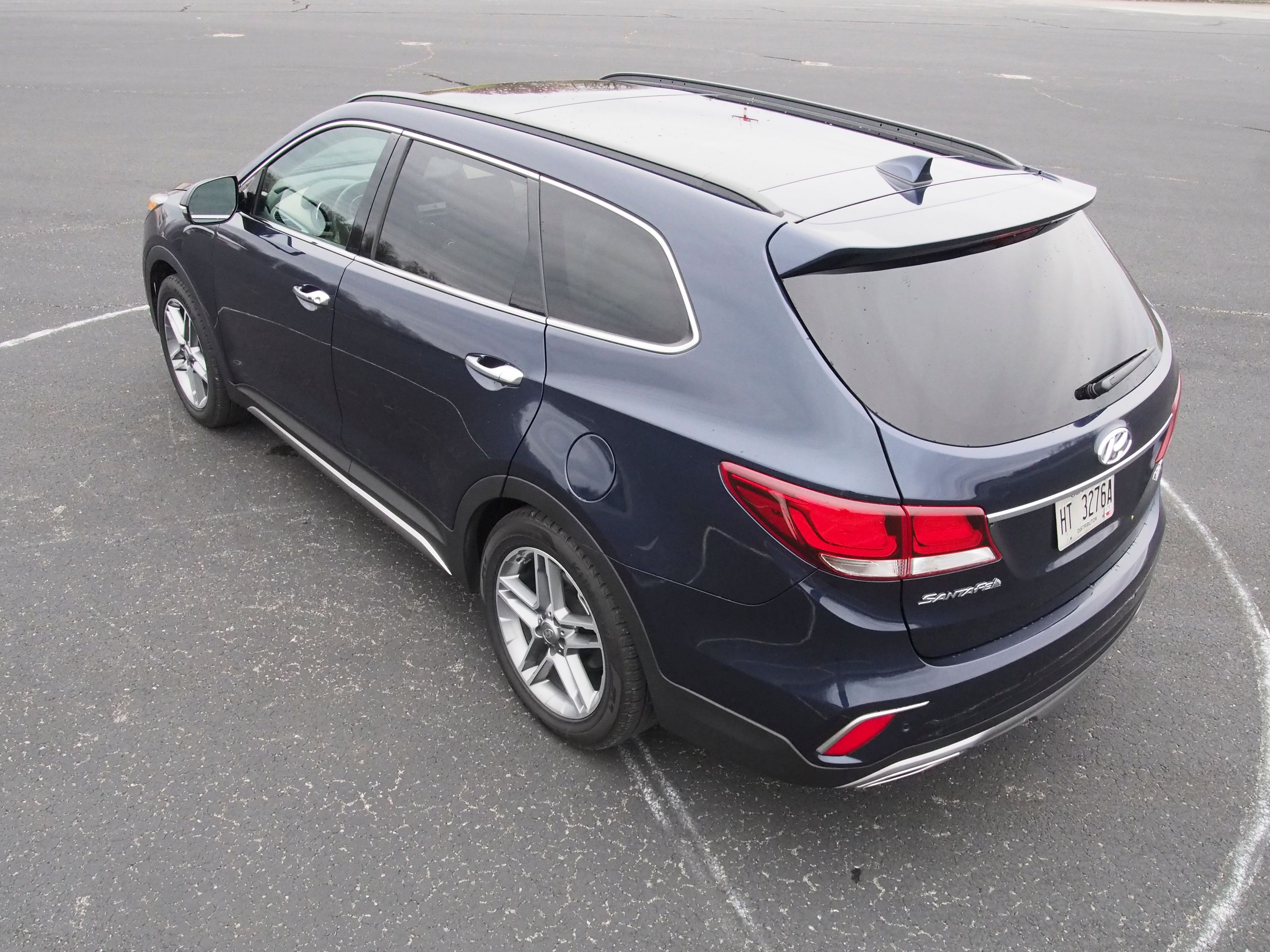
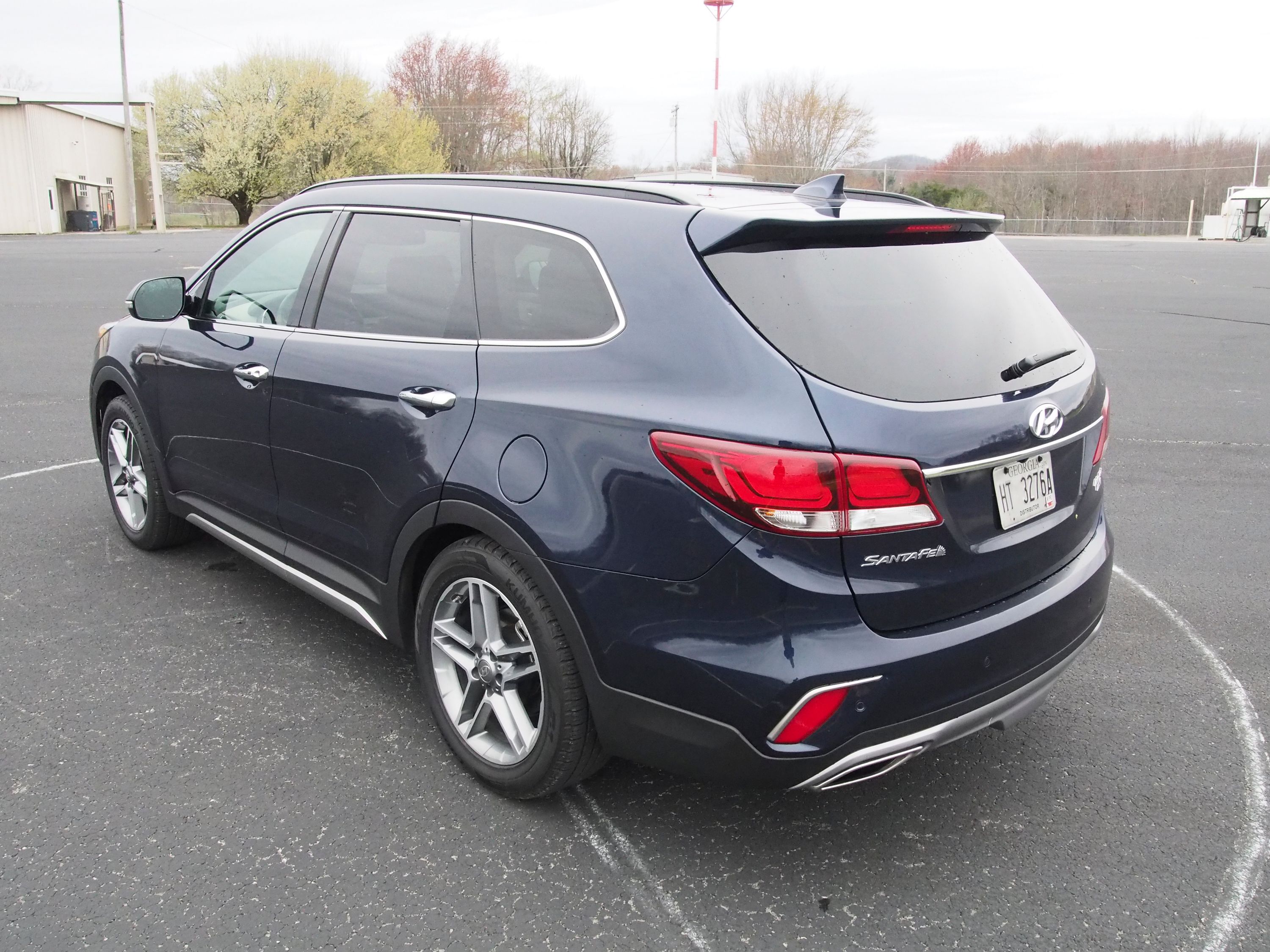
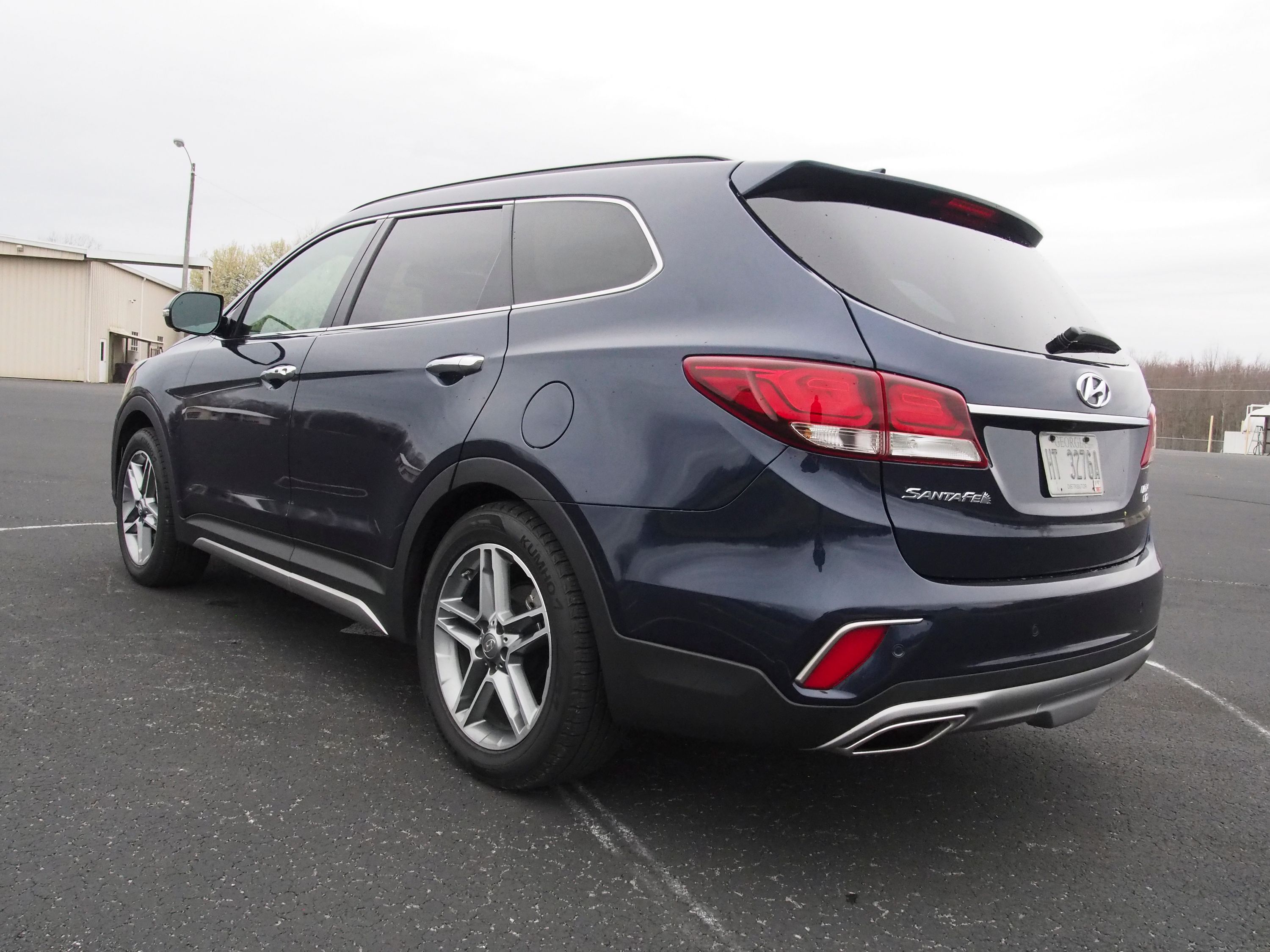
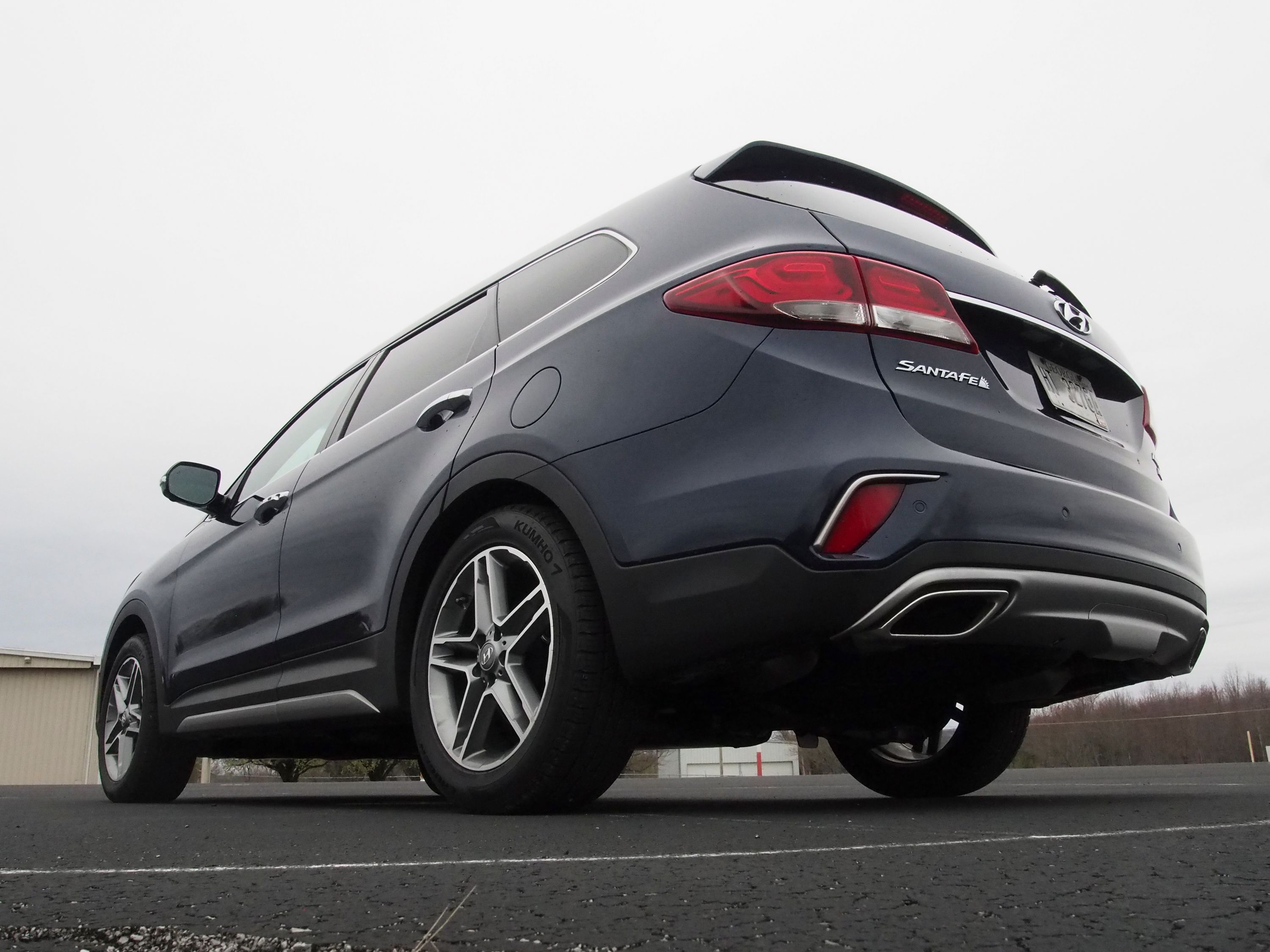
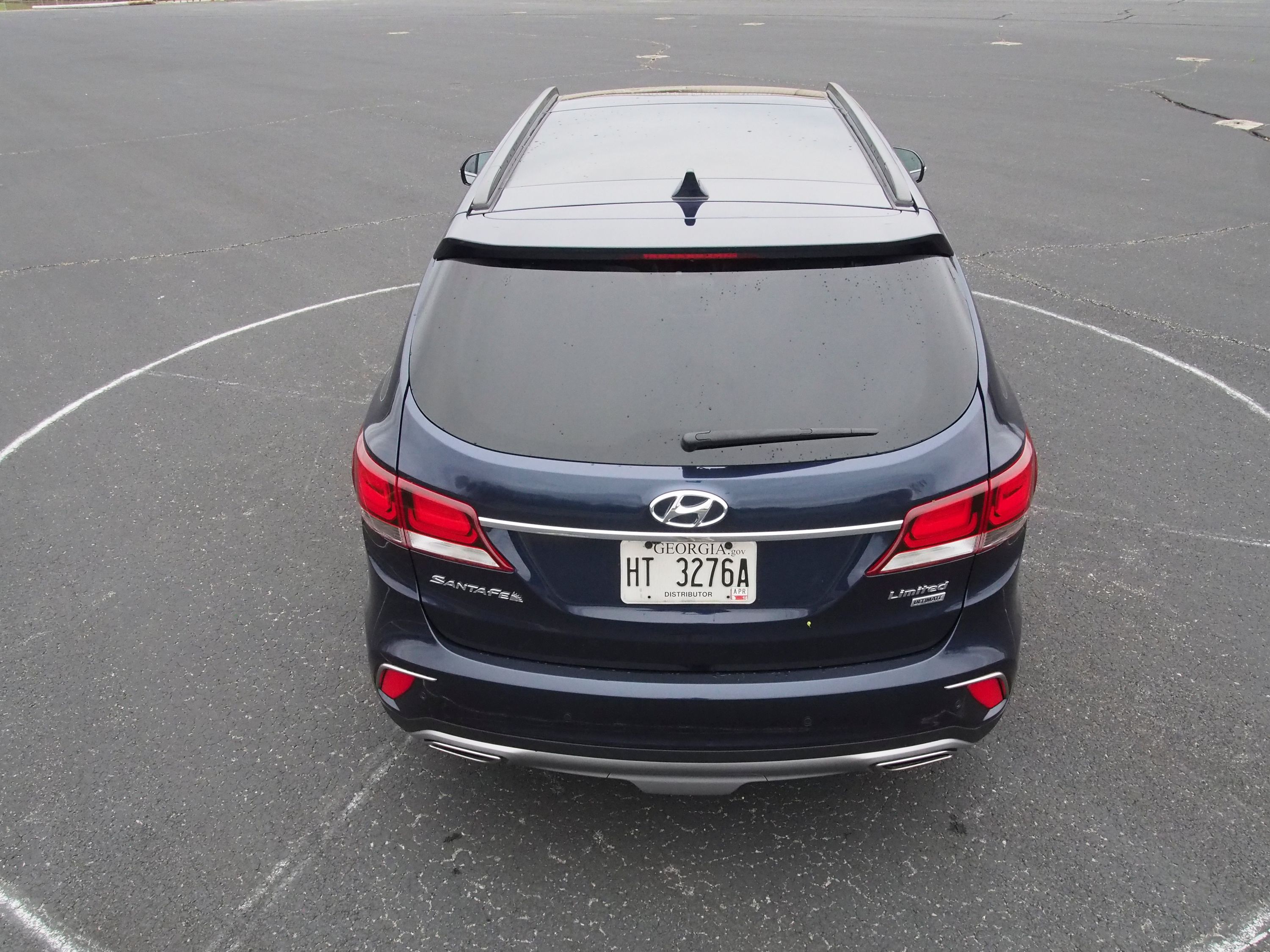
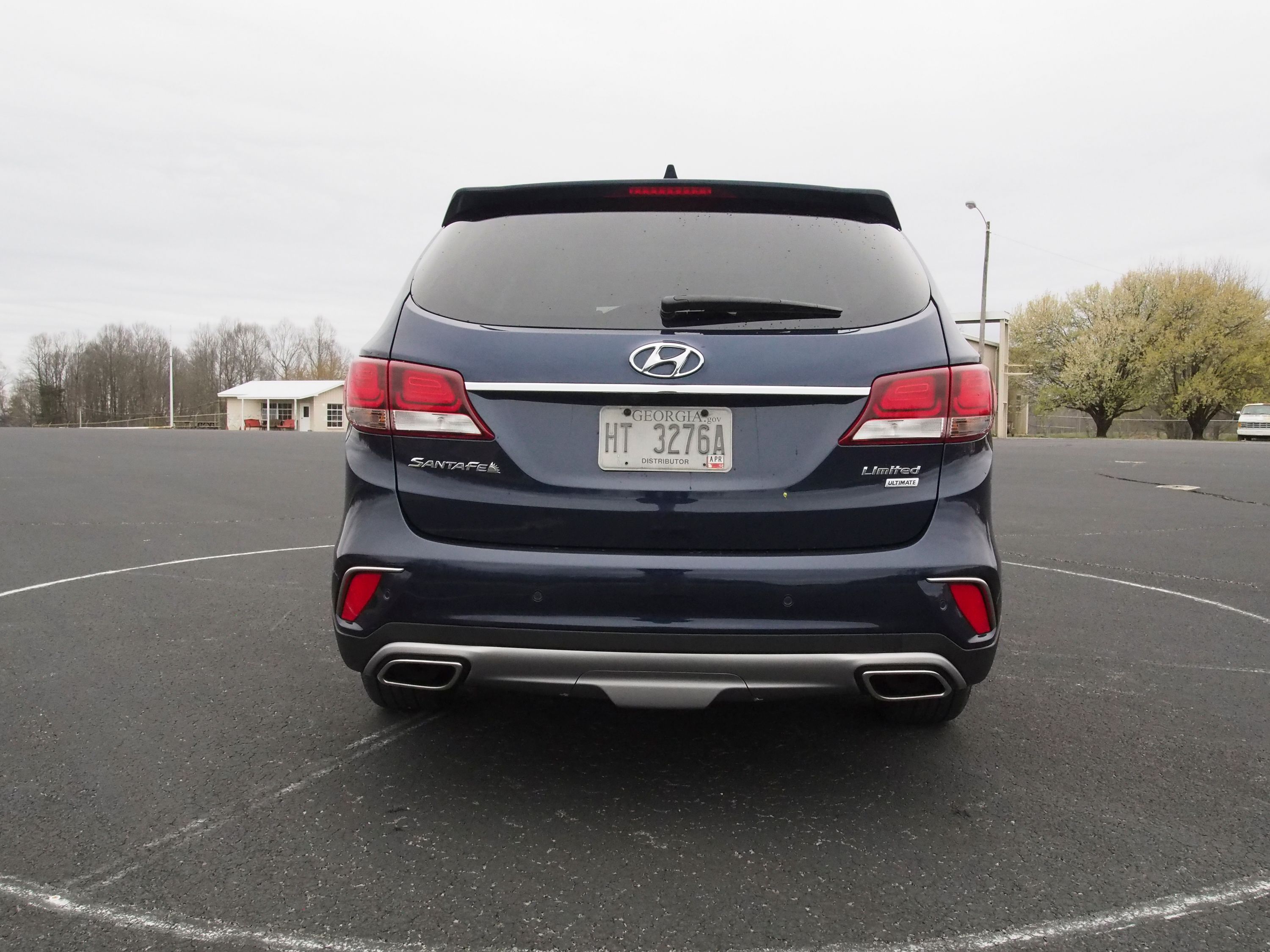
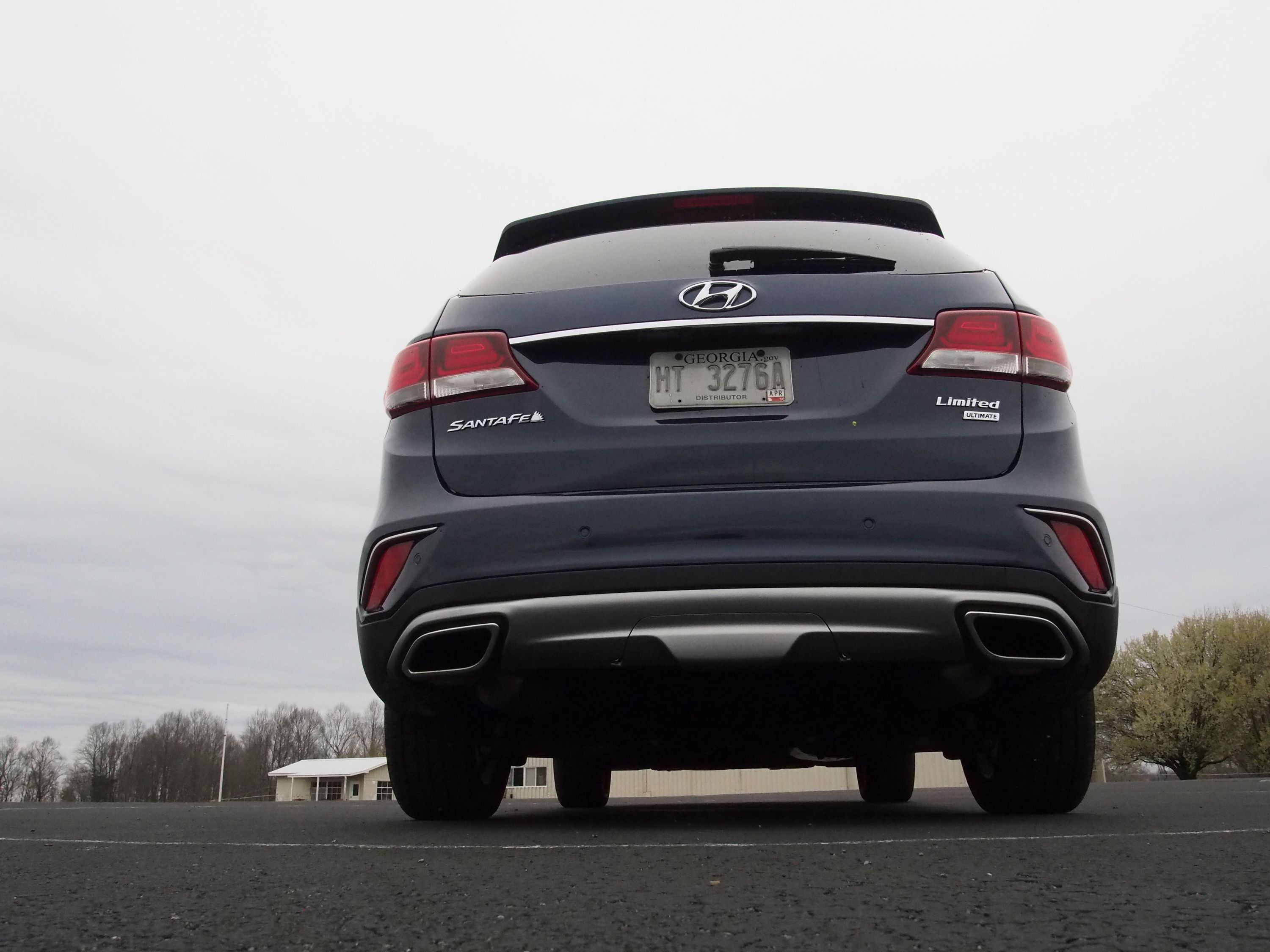
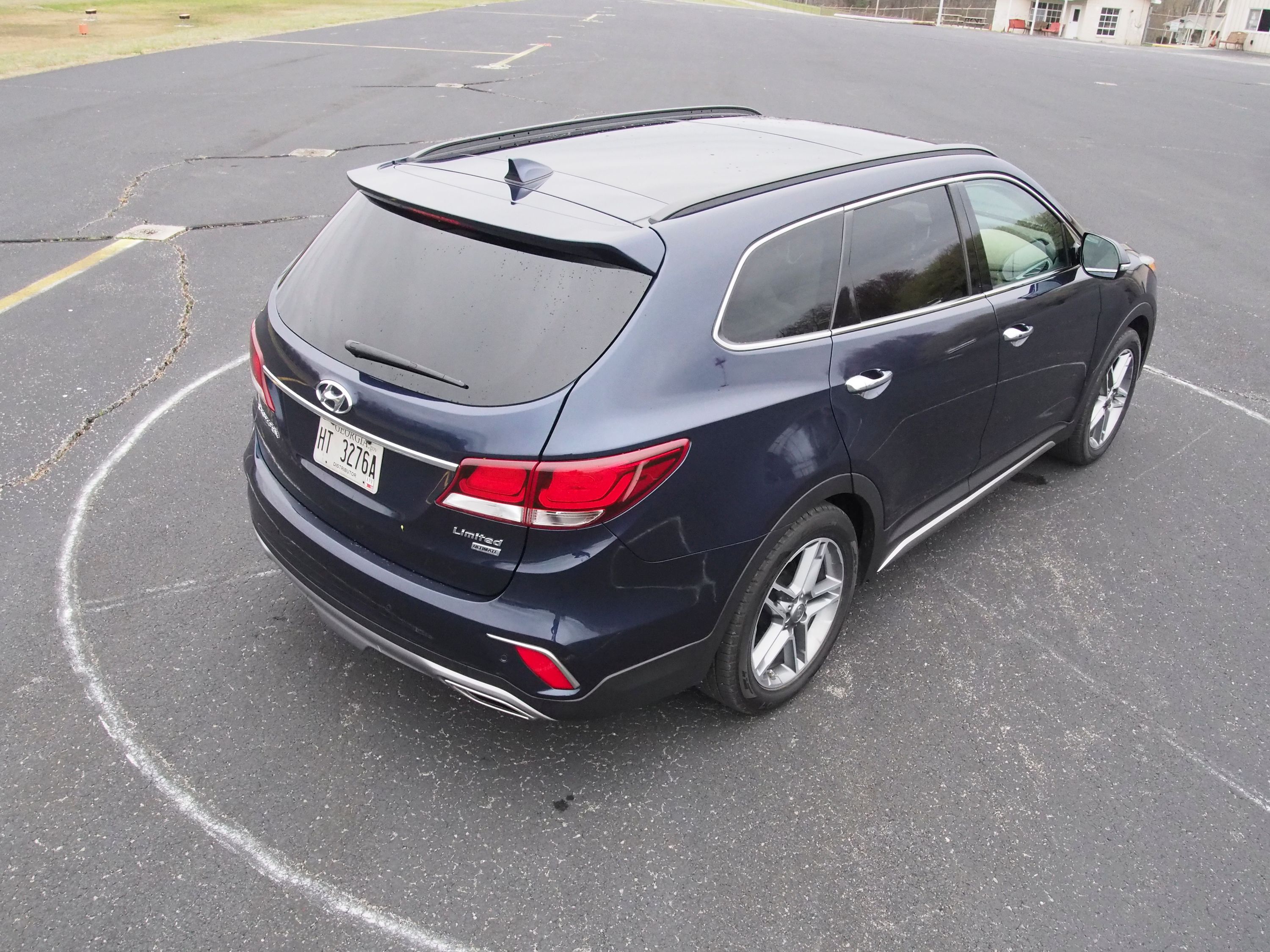
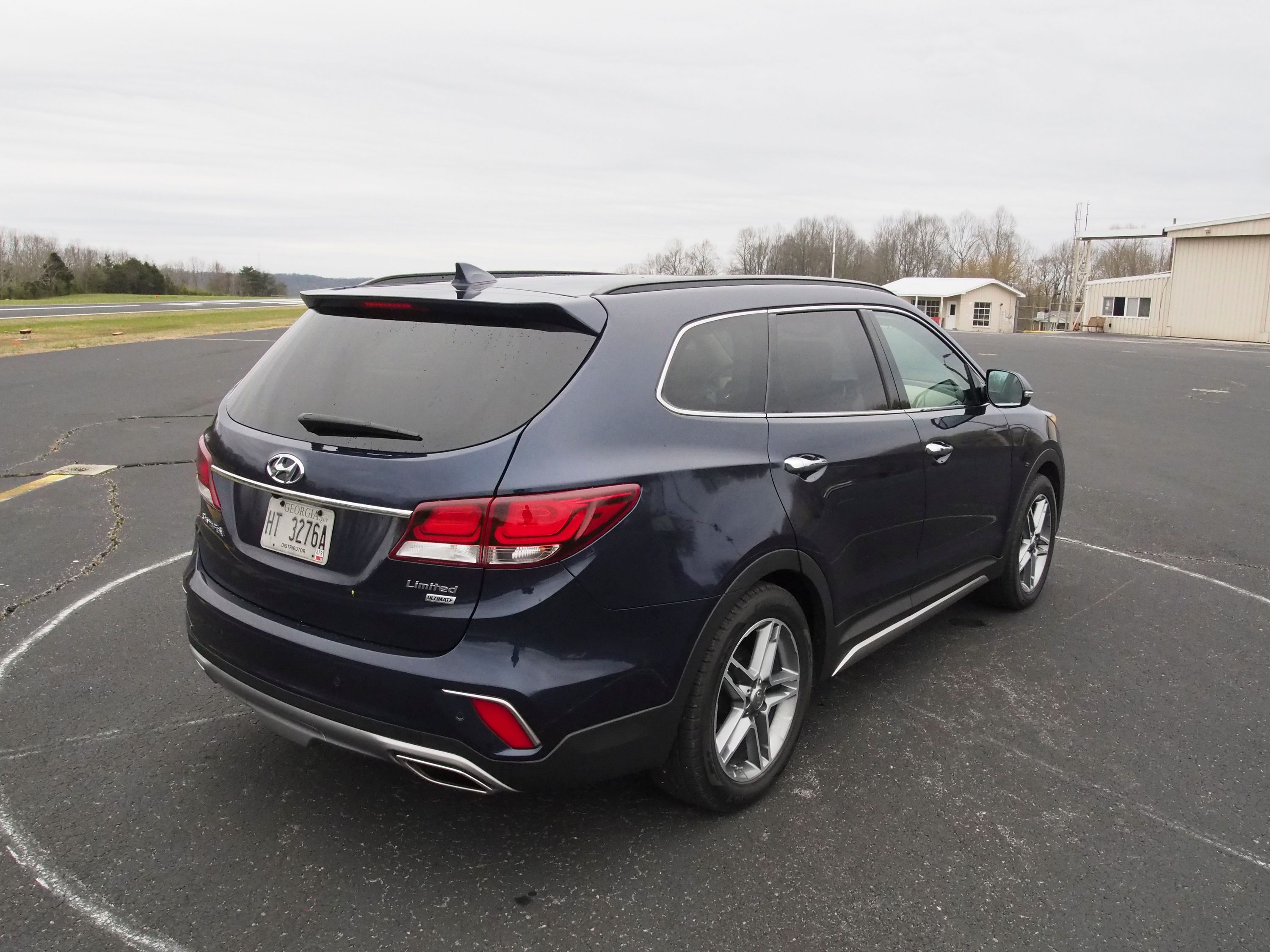
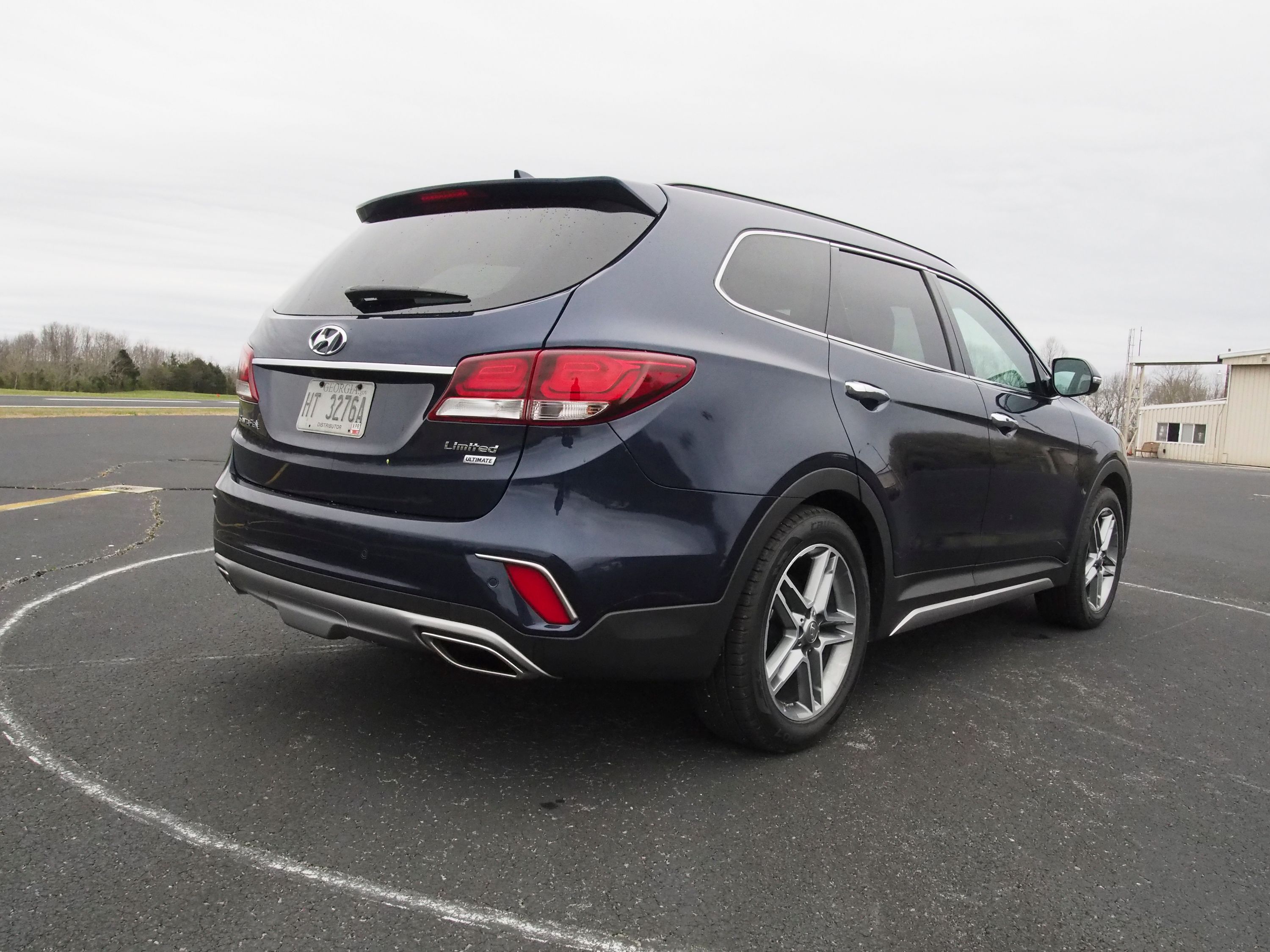
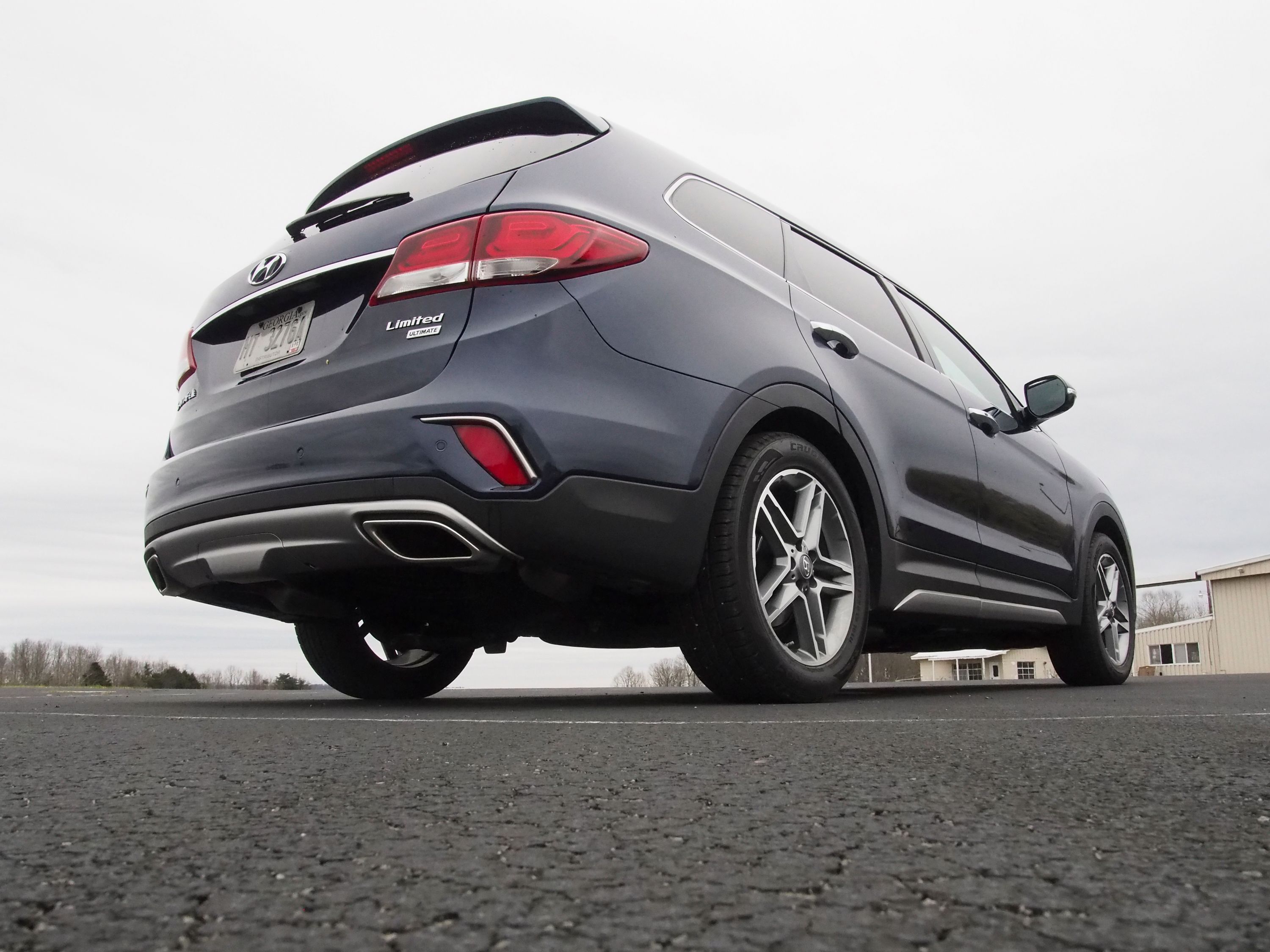
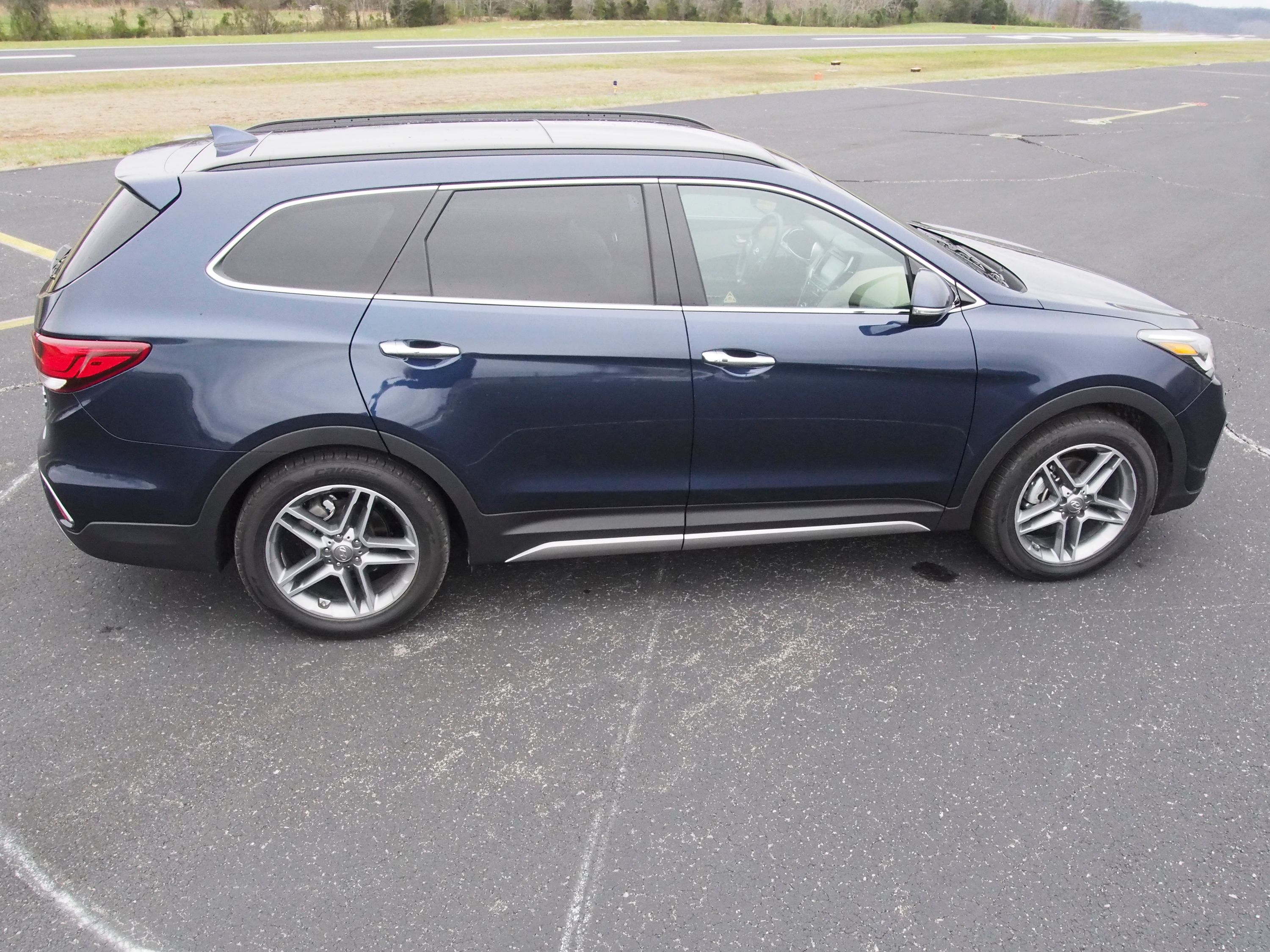
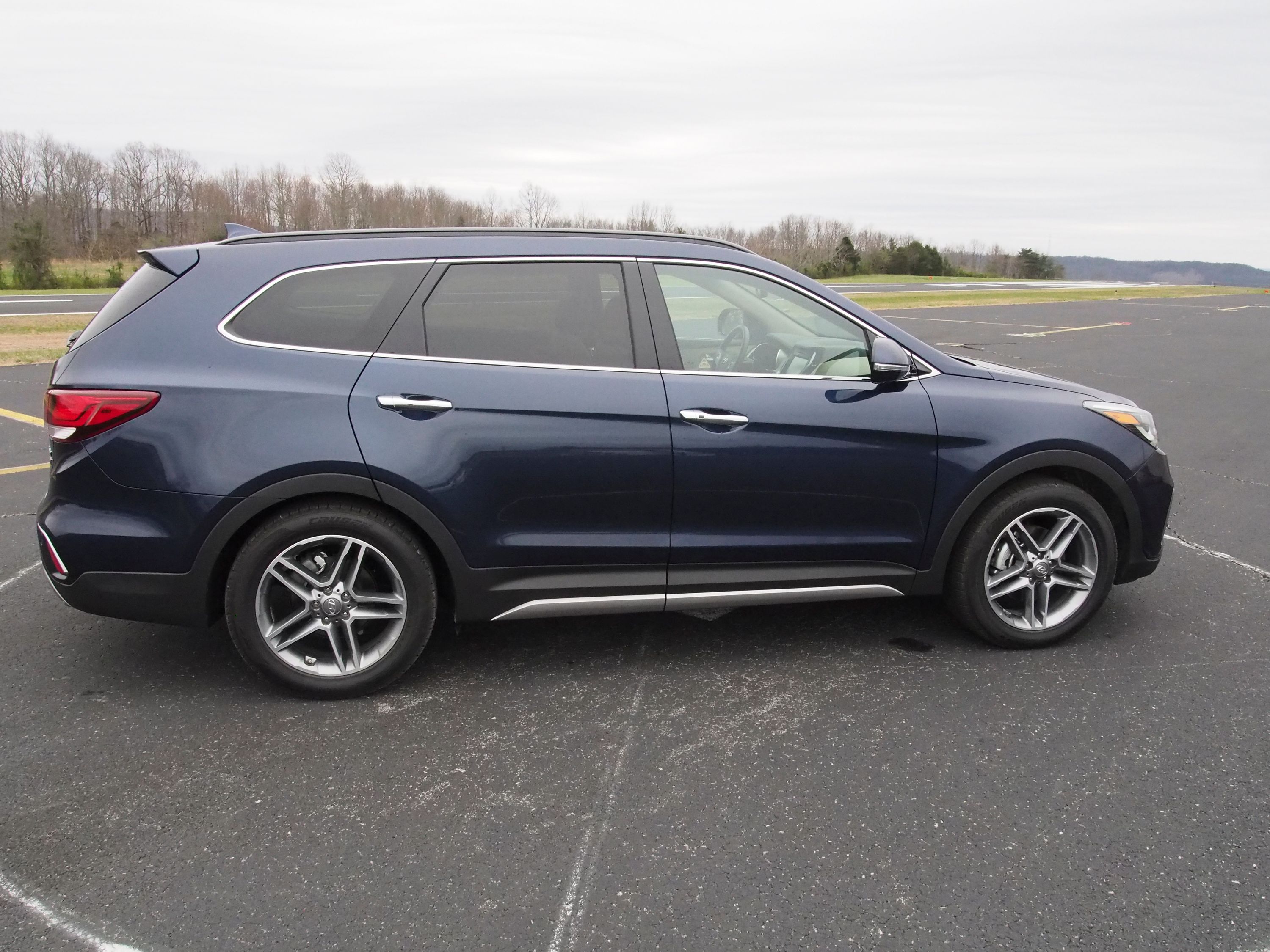
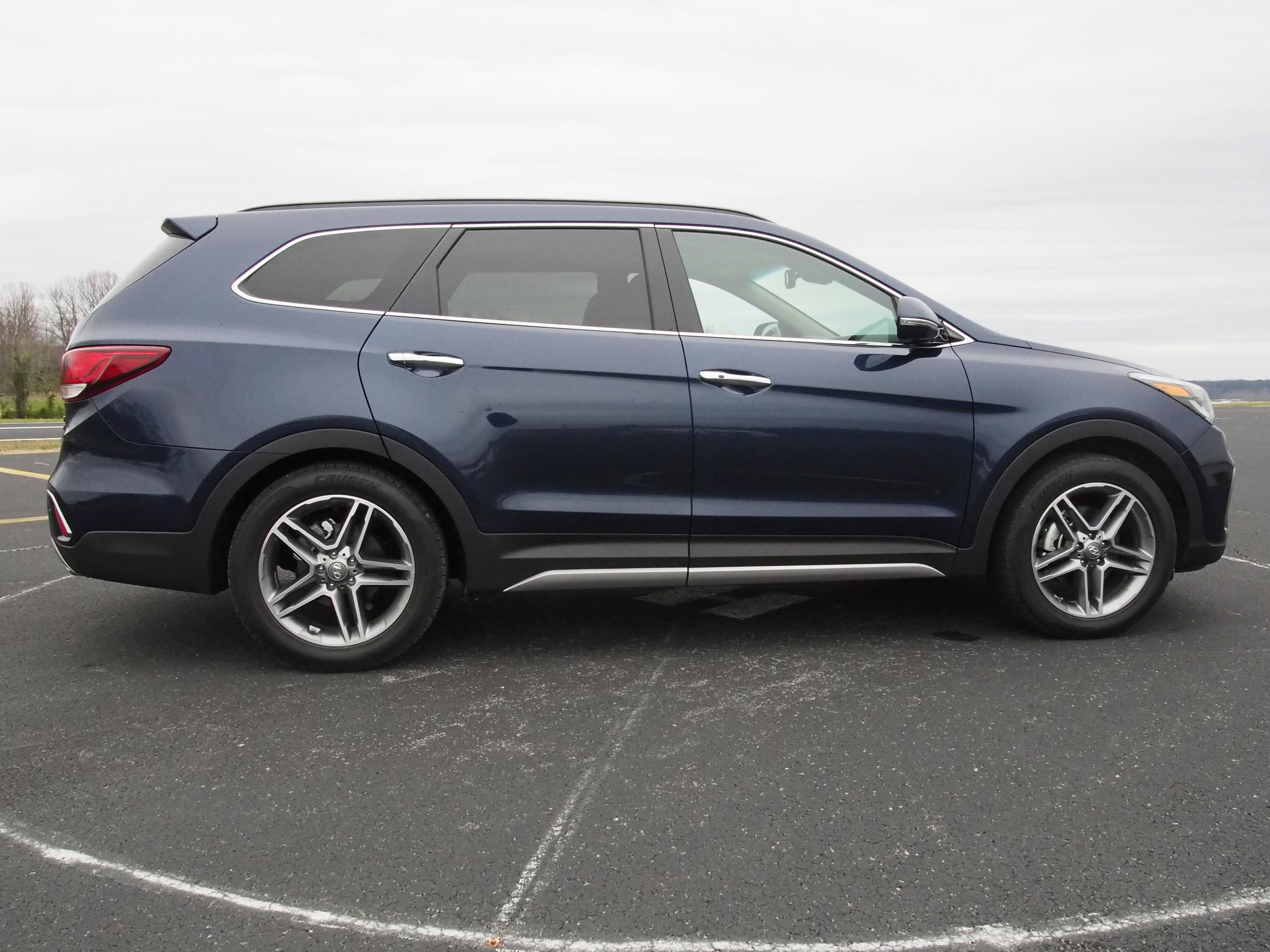
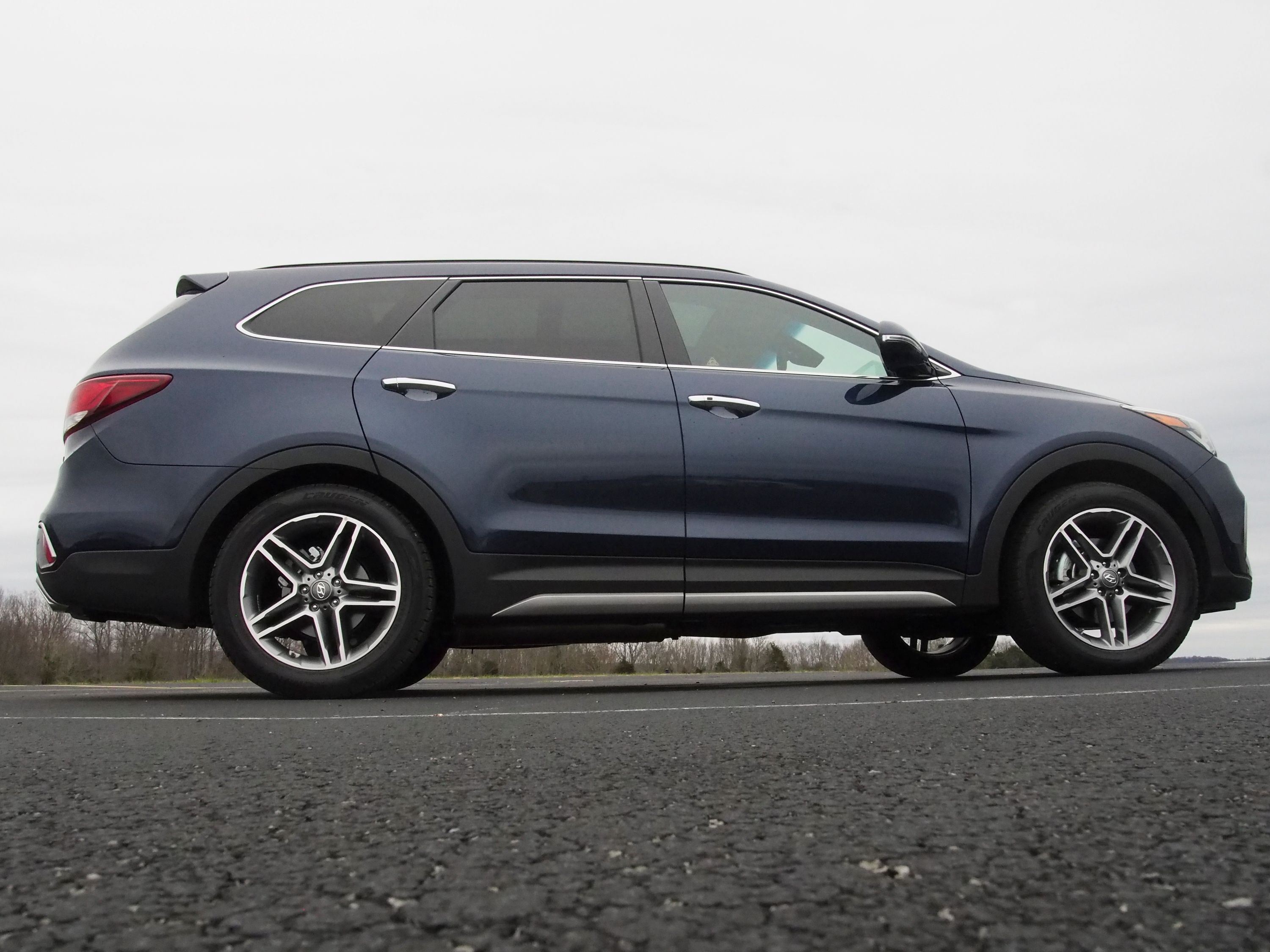
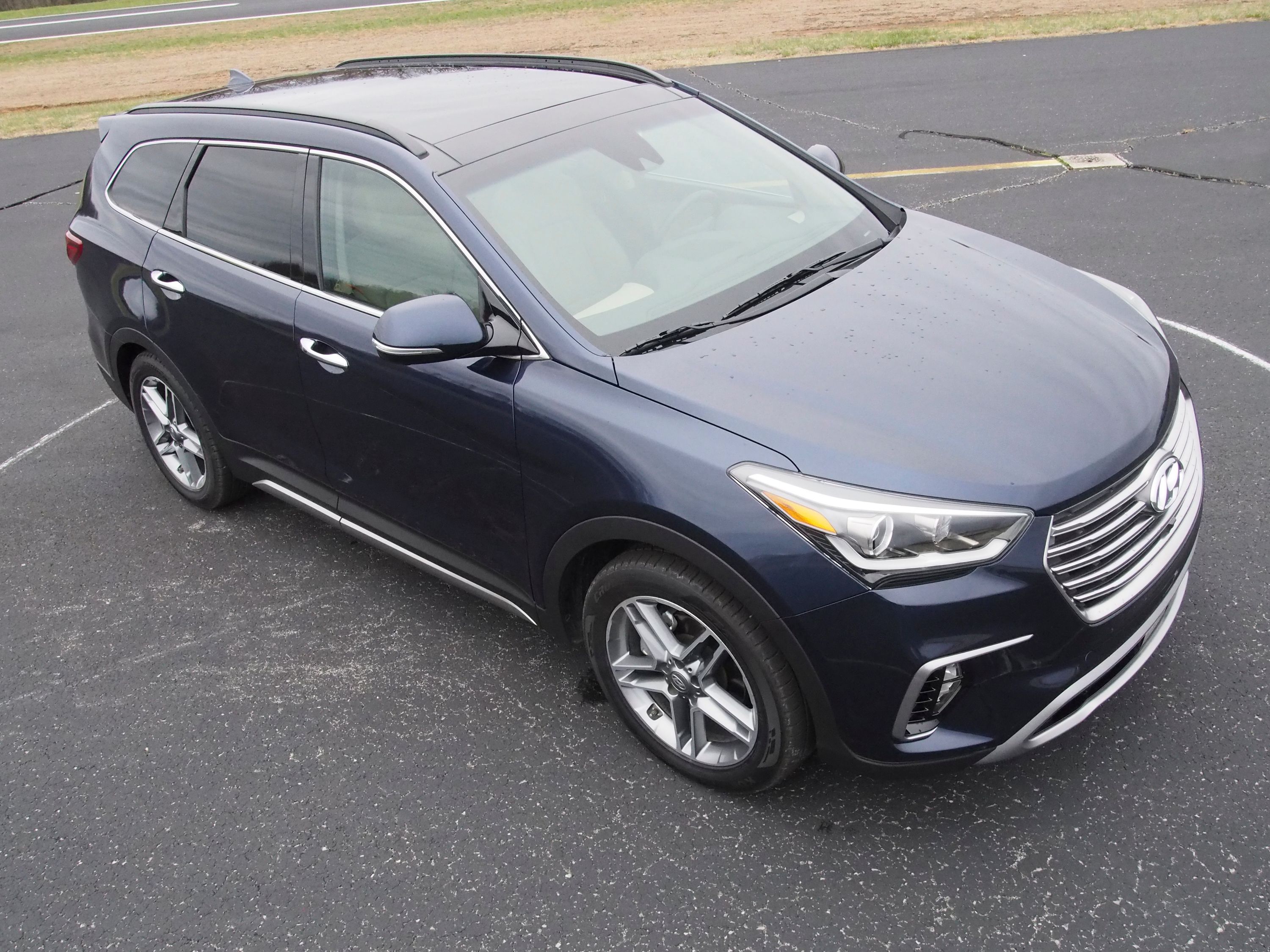
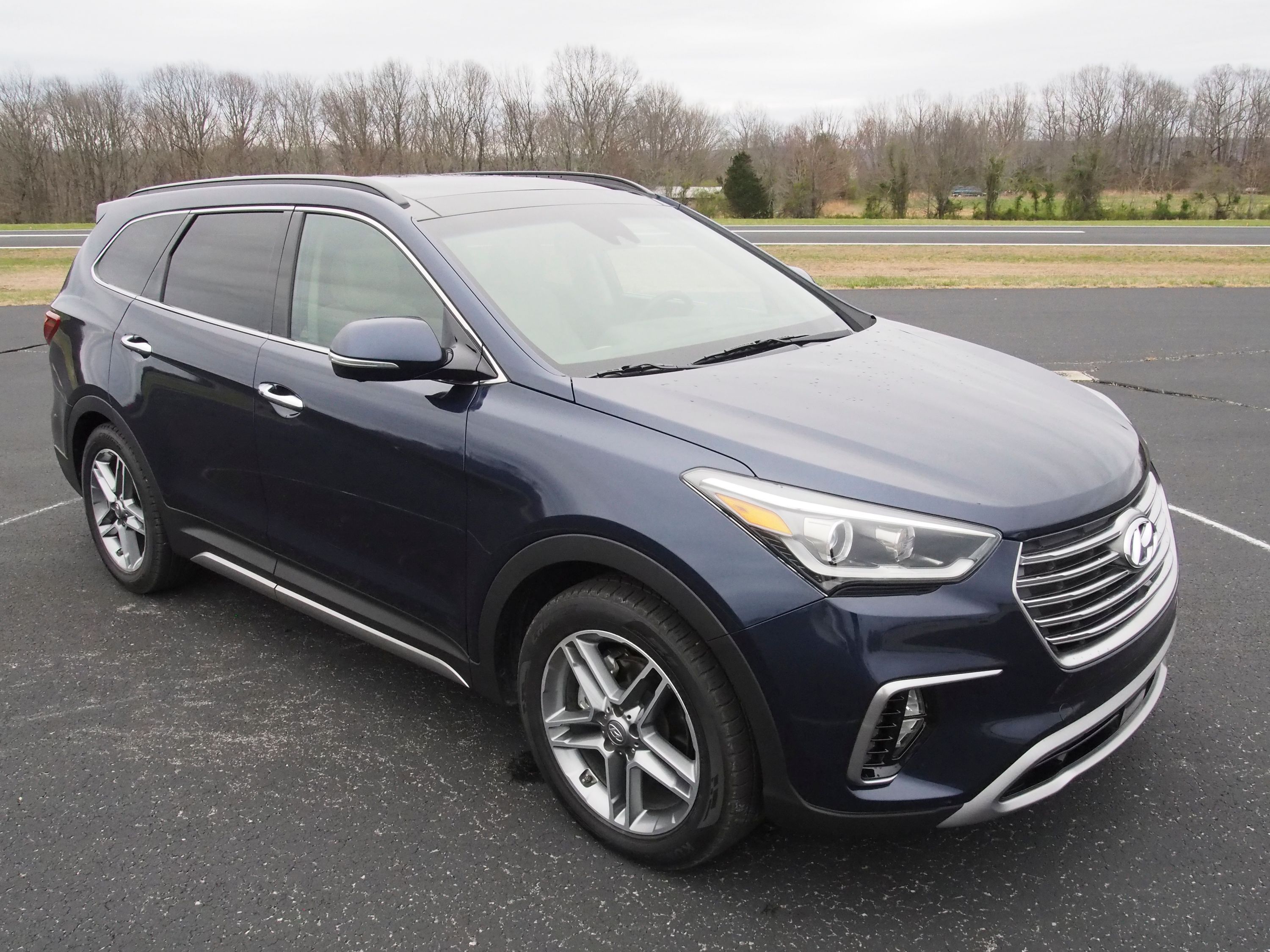
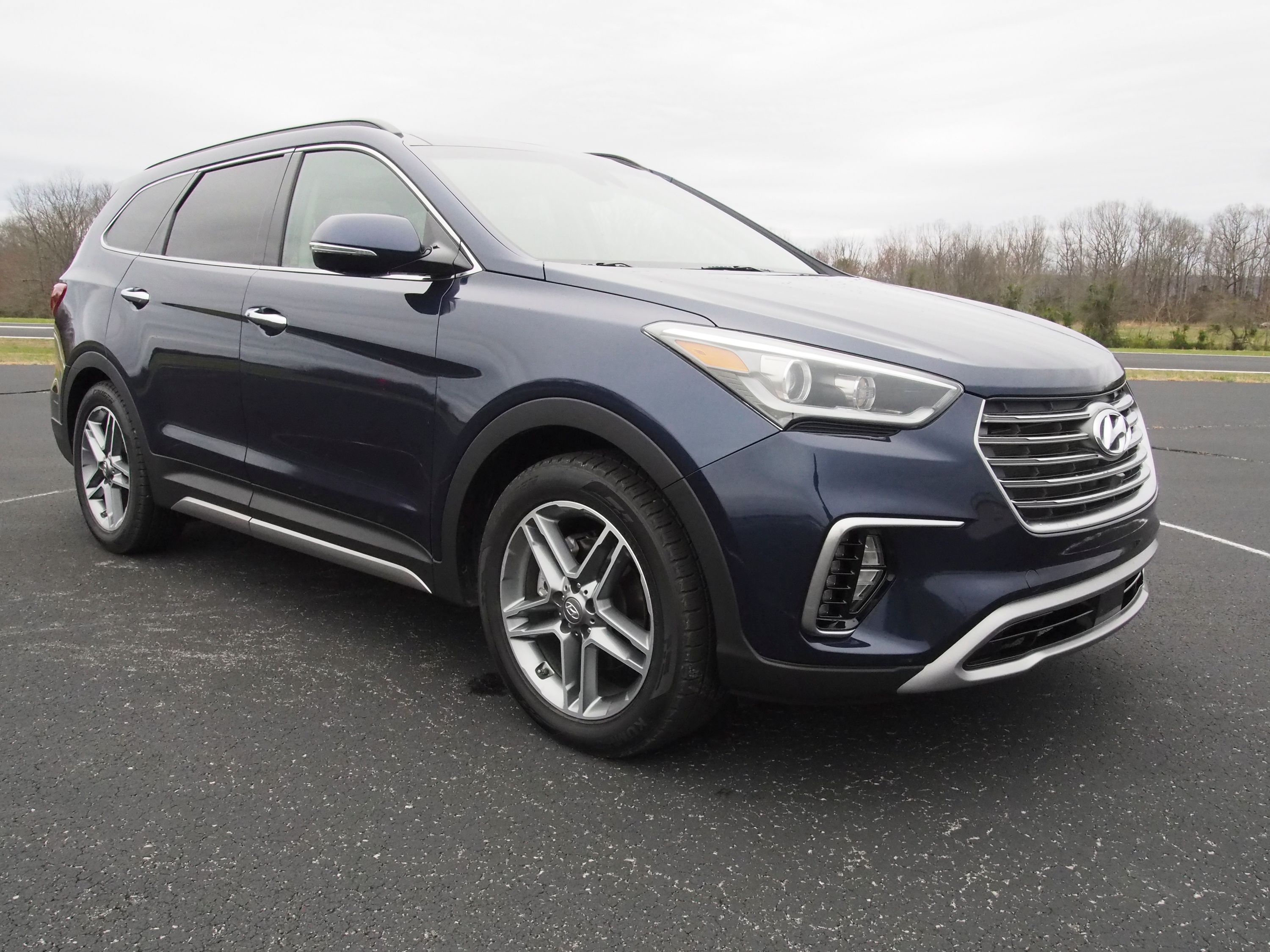
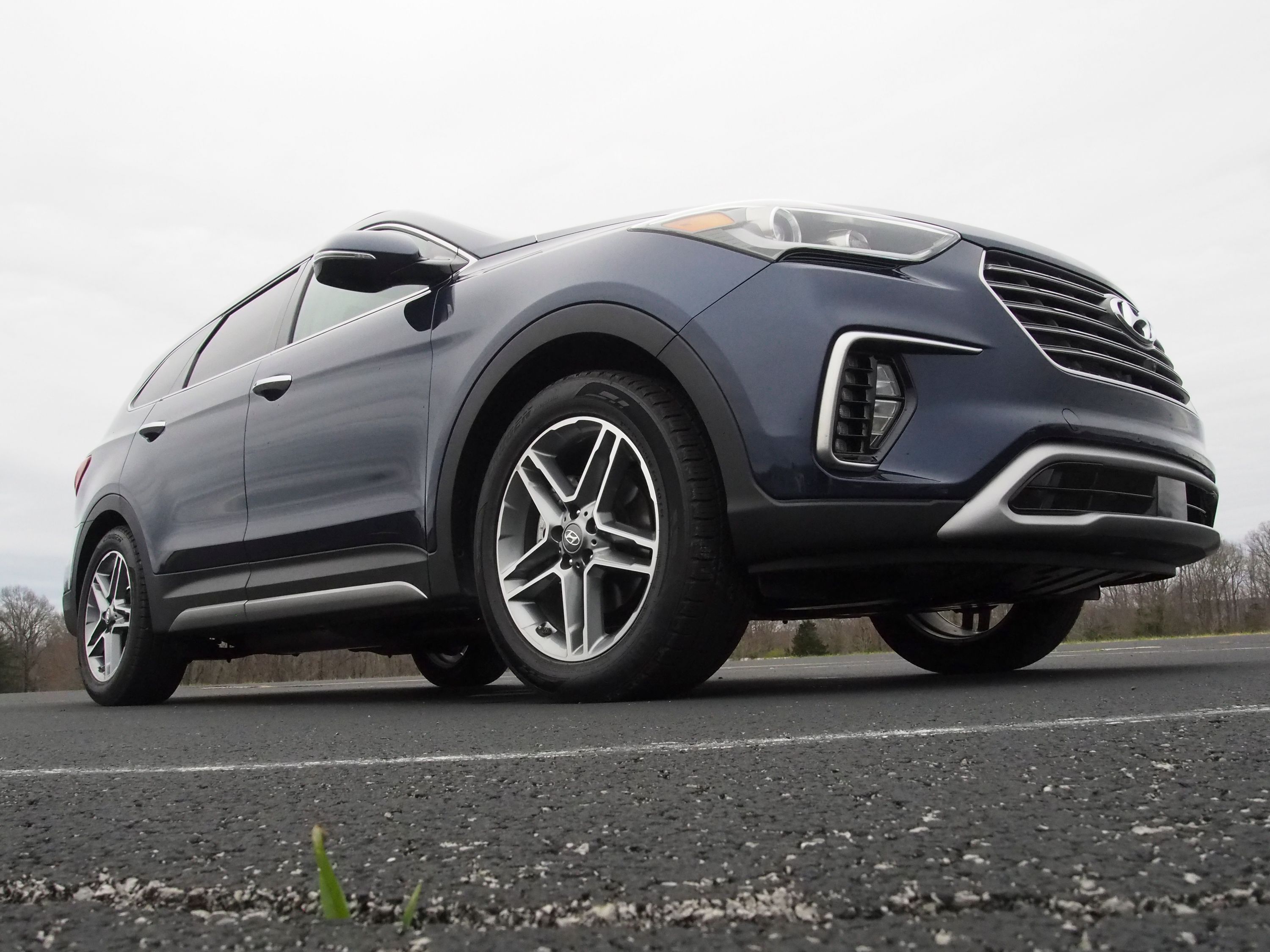
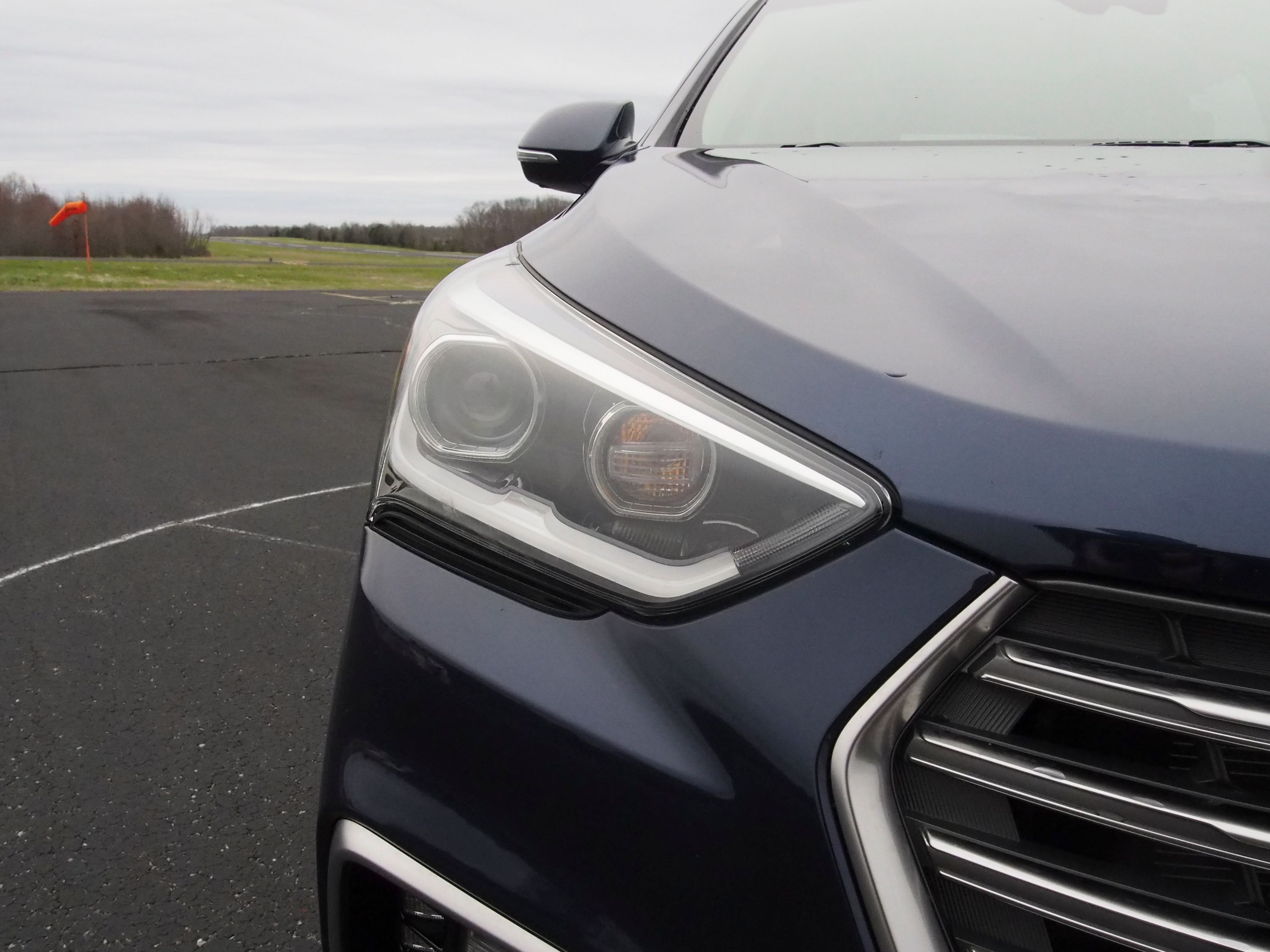
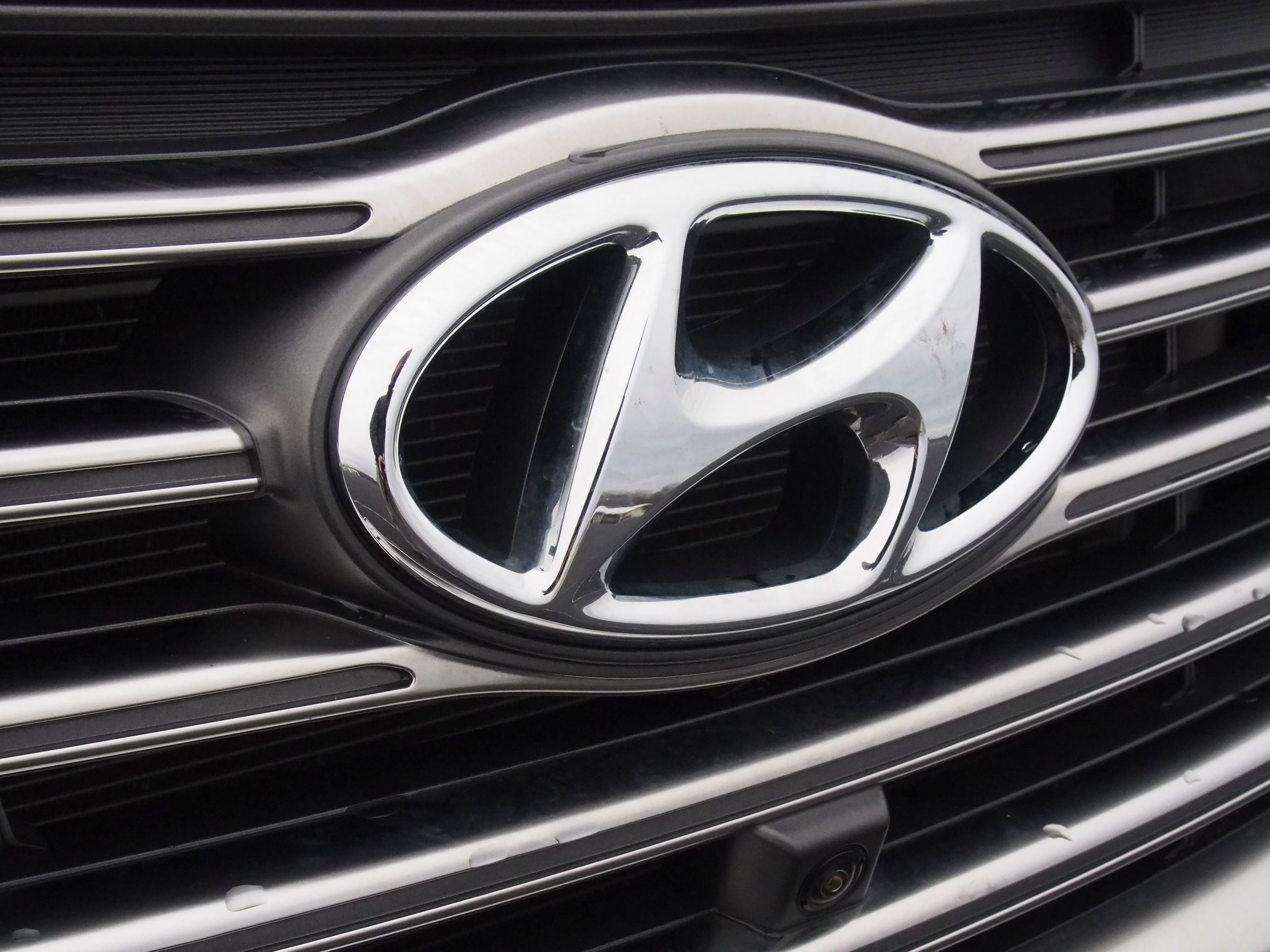
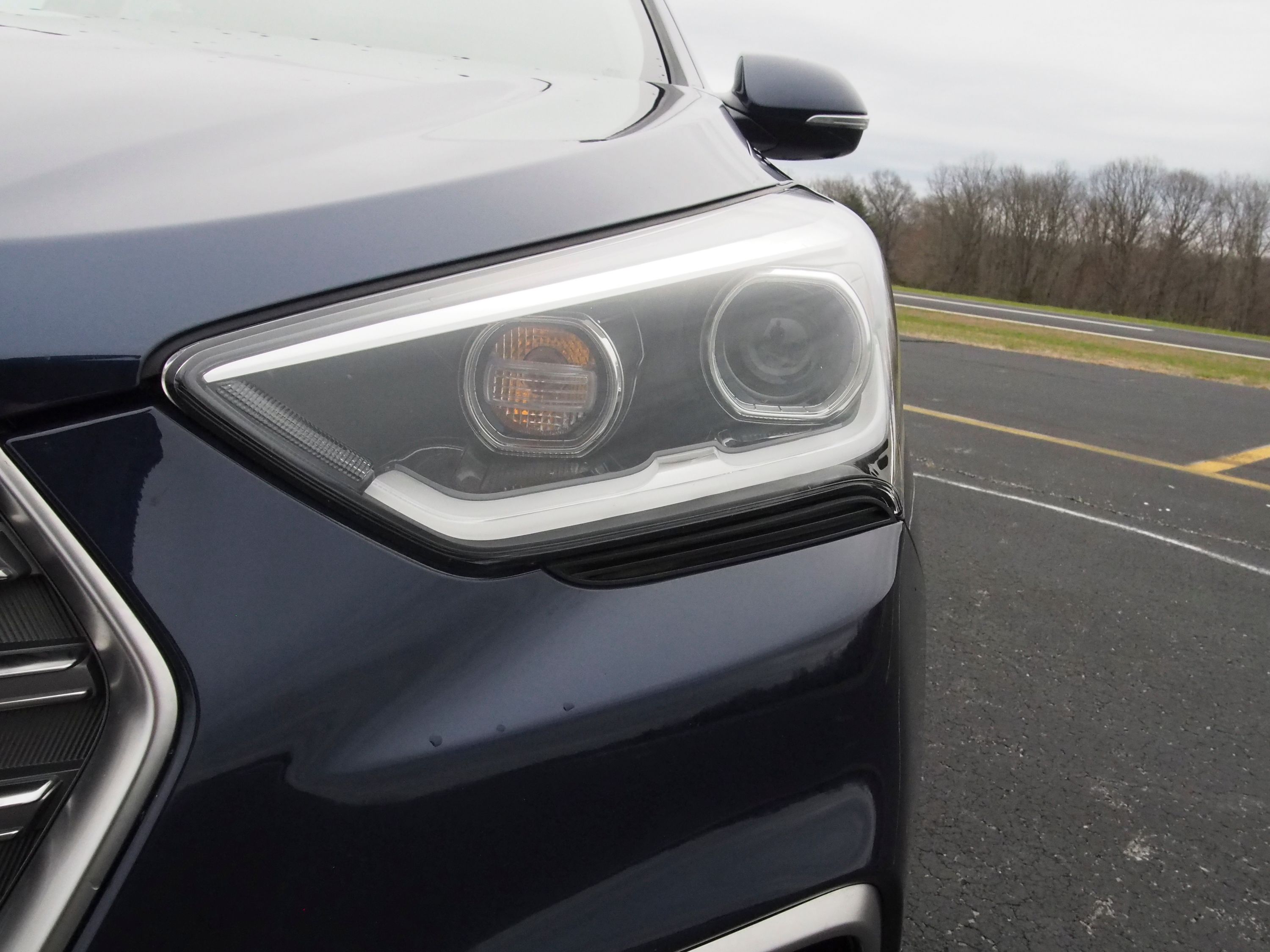
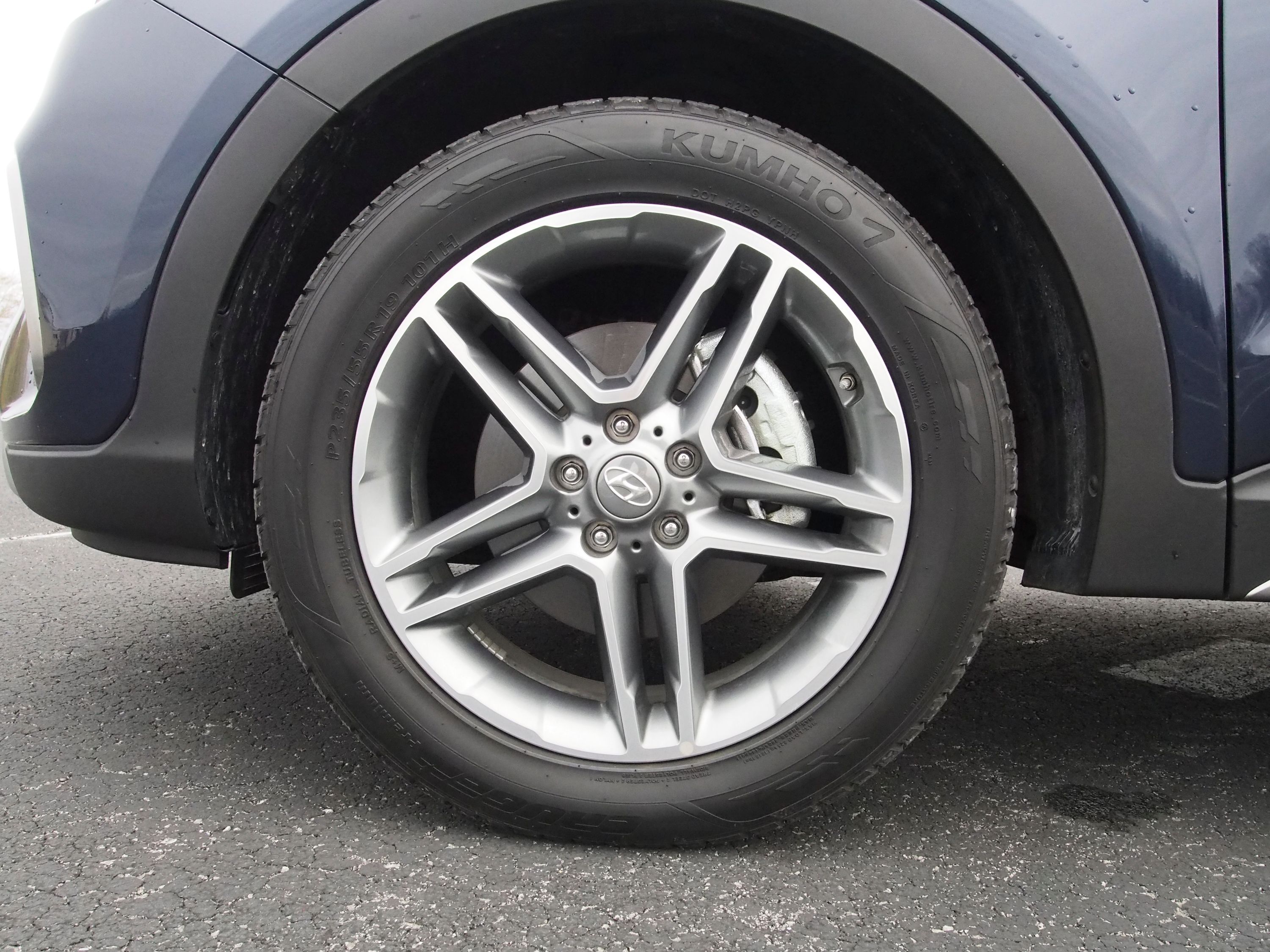
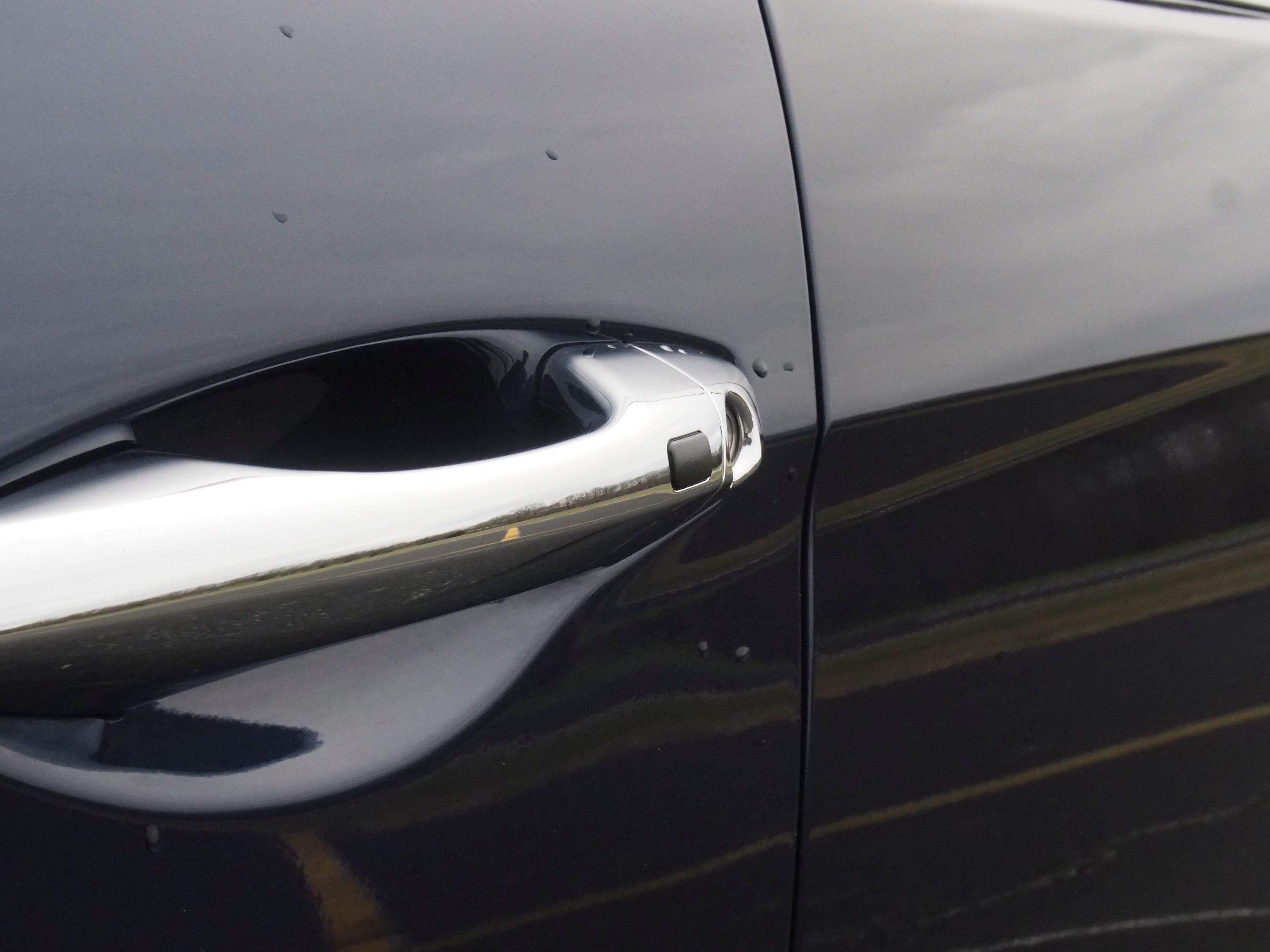
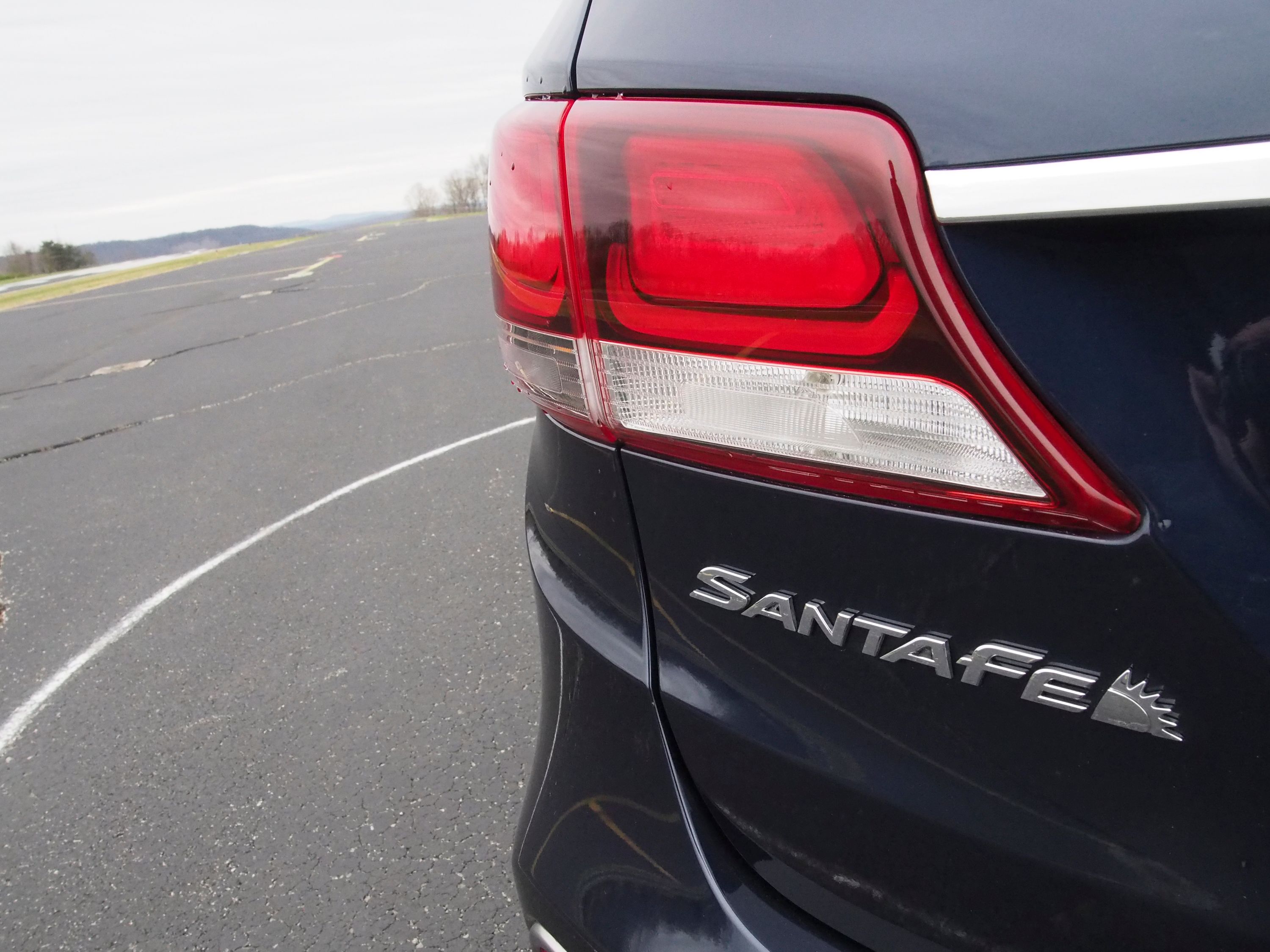
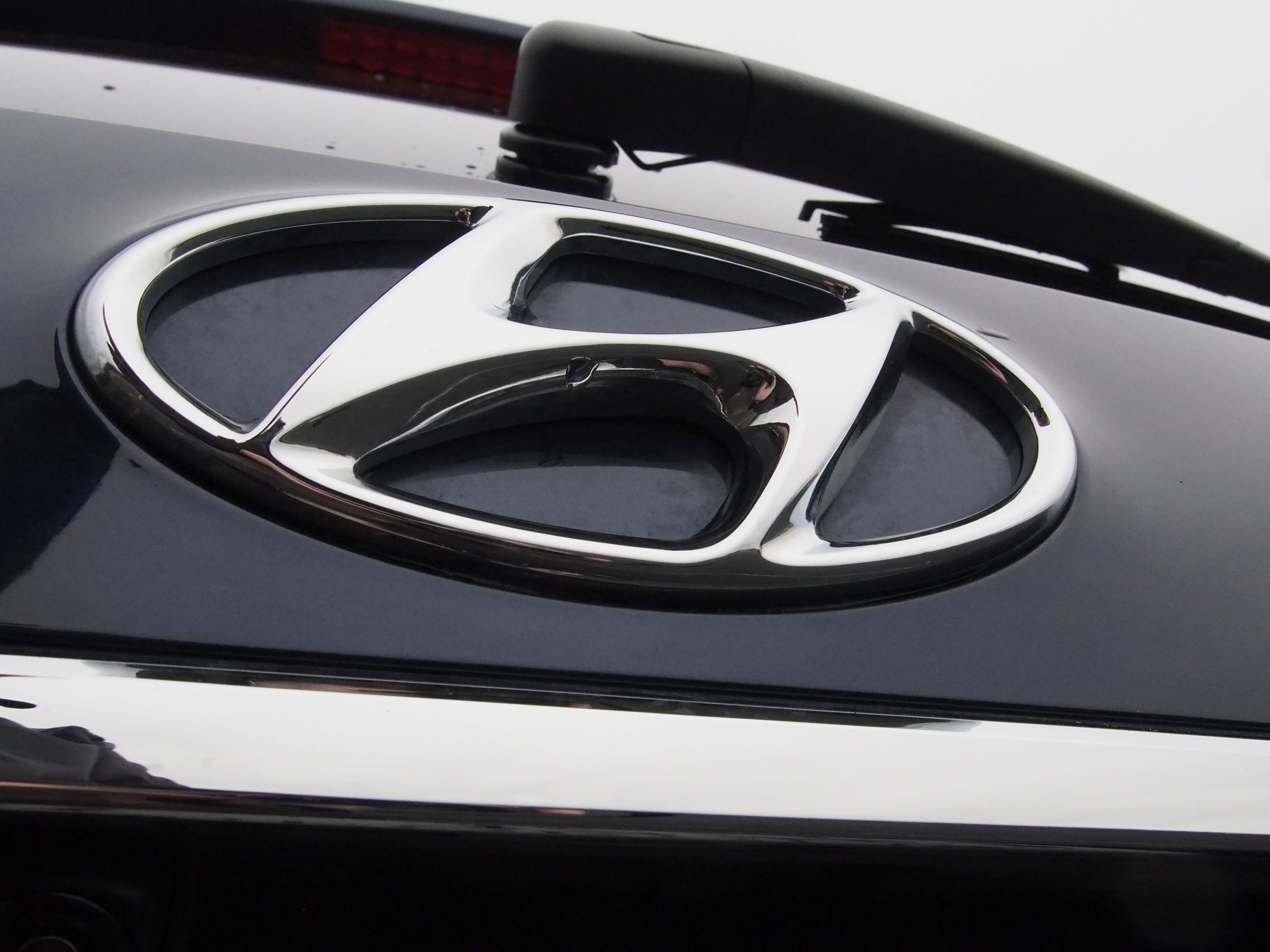
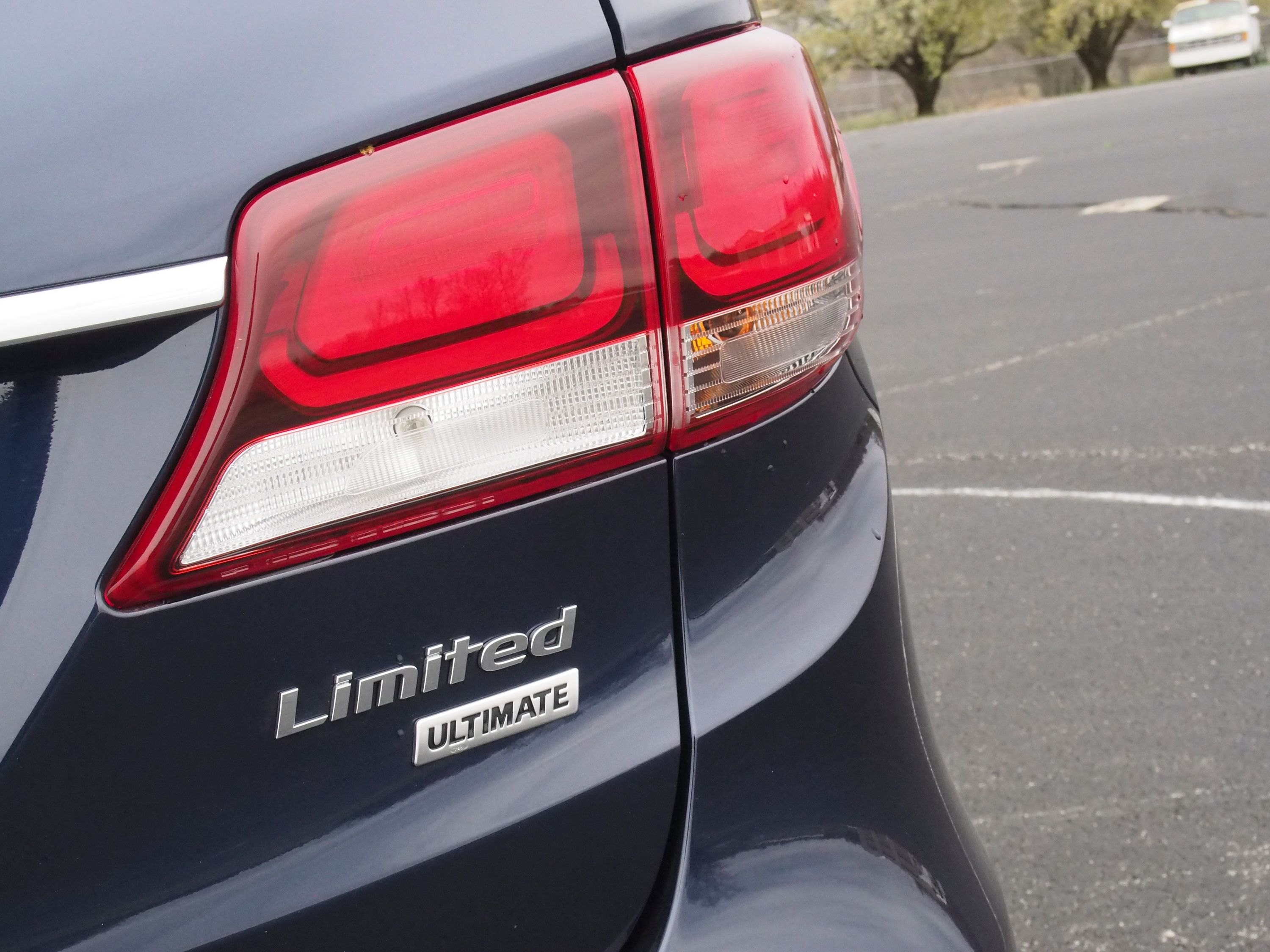
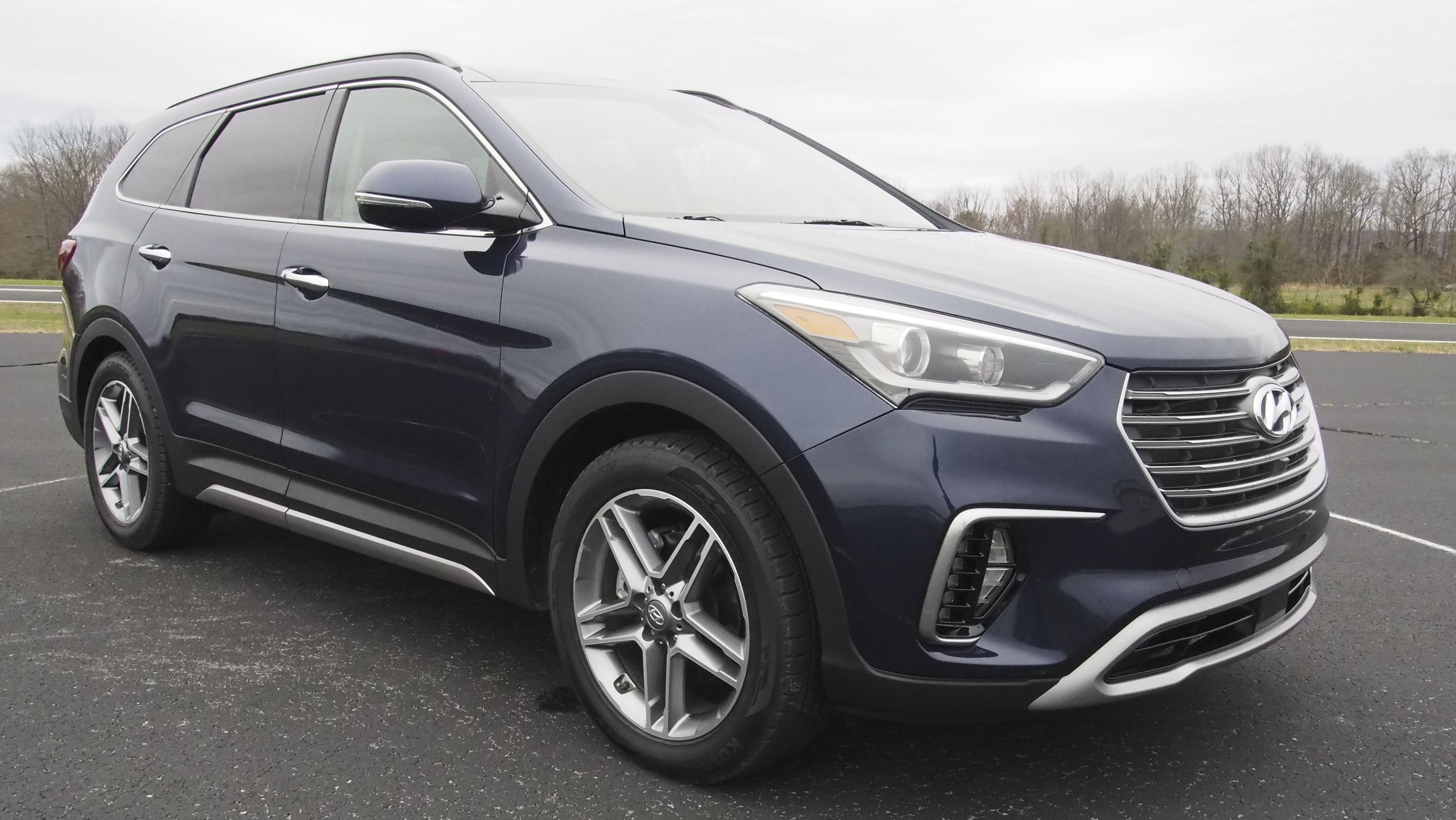
- Make: Array
- Model: 2018 Hyundai Santa Fe - Driven
- [do not use] Vehicle Model: Array
2018 Hyundai Santa Fe Design Notes

Right now, the 2018 Hyundai Santa Fe doesn’t look too dated because the next-generation Hyundai design cues seen on the forthcoming 2019 Santa Fe and the already on-sale 2018 Kona are not dominating the brand’s entire lineup yet.
The face of the 2018 Santa Fe is cleanly designed, with round headlight and turn signal reflectors housed in a wraparound glass. The grille is hexagonal and, in my Limited trim tester, featured five horizontal chrome-plastic bars behind the big Flying H logo. Daytime running lights were a stack of vertical LEDs on the outer edges of the front bumper, and there was an air intake that was kinda mean-muggin’ at the bottom of it all.
The side view was clean but a little anonymous. Horizontal creases dominate below the upward-raking greenhouse. First, a crease that emanates from the headlight nacelle flows back to form a sill below the windows. Second is a crease that starts at about 1 o’clock on the front fender opening and sweeps back to bisect both door handles before forming an eyebrow above the tail light lens. Finally, a crease low in the doors gives the design a solid base, which is accentuated by further horizontal elements in the black and gray trim below it.

It’s more of the same at the rear, with a relatively large rear glass that appears to wrap around the D-pillars. That first horizontal line I mention above continues just below this glass, joining the two sides of the vehicle with a harmonious element. The tail lights are big, red lozenges with two squarish lighting elements inside. They are conjoined by a thin chrome strip just above the license plate space. Red reflectors are featured in the rear bumper, and black-and-gray plastic trim finishes off the bottom of the design with some rhomboid exhaust outlets.

Inside, the 2018 Hyundai Santa Fe is pretty luxuriant, as a $40,000 compact mainstream-brand crossover probably ought to be. Seats were covered in buttery tan leather. The dash had impressive burled wood trim over black-and-tan panels. Hyundai’s use of twin binnacles and a relatively small info screen in the gauge cluster, as well as its use of neon blue lighting at night, struck me as a dated touch. The glass roof was nice, providing a lot of light to the interior during the day -- but it also caused the interior to get hot quickly.
2018 Hyundai Santa Fe Driving Impressions

Take the 2018 Hyundai Santa Fe on your favorite curvy road, and the handling is pretty “meh”-inspiring, to be honest. That’s nothing out of the ordinary in this segment, though a few do tune their chassis for a more engaging drive -- the Mazda CX-5 and VW Tiguan, for instance.
Powering my Santa Fe tester was Hyundai’s naturally aspirated 3.3-liter gasoline direct injection V6 engine making a Hyundai-reported 290 horsepower at a wailing 6,400 RPM and 252 lb-ft of torque at 5,200 RPM. While the engine was smooth in all but the most demanding of acceleration runs, it needed a little prodding to get up and move. Its dated six-speed automatic transmission may share part of the blame. Others in this segment have moved on to eight- or nine-speed automatics, or they at least feel like they have a shorter final drive ratio or more aggressive throttle tuning to make them faster on initial takeoff.

The transmission tuning might have had something to do with the middling fuel economy I experienced, as well. In a week of driving 257.2 miles of mostly gentle, rolling rural highways, I averaged a trip computer-reported 24.9 mpg. That’s not terrible for something that can haul seven passengers, but again, more recently updated competitors are doing it better. EPA estimates for the Santa Fe Limited Ultimate that I tested, by the way: 17 city, 23 highway, 20 combined. Ehh.
Despite its nice-looking leather seats, I had some trouble getting comfortable in the driver’s seat of the Santa Fe. The headrest was uncomfortable to me in all but the lowest position. The rest of the seat seemed to be trying for that Germanic hardness without actually figuring out the ergonomics, leaving me with a tired back and a numb butt after a couple of hours of driving.
If it wasn’t the most ergonomically pleasing compact crossover, at least it was roomy. There’s a total passenger volume of 146.6 cubic feet -- most of it for the first two rows of occupants. The third row, as is the norm in this segment, is best reserved for the rare transport of an extra kid or two. It has just 30.9 inches of legroom and 35.7 inches of headroom. The first row clocks in at 41.3/39.9, and the second row measures 40.4/39.4, respectively.

With the third row in use, there’s not a lot of cargo room. Hyundai says there’s 13.5 cubic feet back there. Fold the third row down, however, and there’s a comparatively enormous 40.9 cubic feet of hauling room. Fold both the second and third rows, and you can pack most of your belongings for a cross-country move thanks to 80 cubic feet of cargo capacity.
Finally, a word on a disappointing Android Auto experience: While I was glad the 2018 Hyundai Santa Fe had Android Auto, it did not work well. It’s hard to tell if this was a problem related to the head unit in the vehicle or if it was a problem with my phone, but Android Auto was glitchy the entire week of my test. It was impossible to use navigation because it kept trying to bring up the last destination I had entered on a trip weeks earlier. Info cards on the “home” screen of Android Auto were constantly appearing and disappearing, as if being refreshed. For most of the test week, I defaulted to using the Santa Fe’s built-in navigation and Bluetooth audio streaming.
2018 Hyundai Santa Fe Competition
Volkswagen Tiguan
I drove the newly redesigned, slightly enlarged 2018 Volkswagen Tiguan a week before I drove the 2018 Hyundai Santa Fe. I found the VW much more satisfying to drive.
The German’s chassis was better-sorted, its seats were more ergonomic, and its head unit functioned smoothly as expected. Volkswagen’s engine is turbocharged and has an early torque peak compared to the Santa Fe, making it far more lively around town despite being way down on actual horsepower and torque numbers -- 184 and 221, respectively, compared to the Santa Fe’s 290 and 252.
Another way in which the VW bridges the power gap with the 1,300-cc and two-cylinders larger Hyundai powerplant is in its addition of two extra gears.
But the VW is tighter inside that the Santa Fe, and it has a tighter third-row seat than its Korean competitor. There’s slightly less cargo space behind the VW’s third-row seats, and quite a bit less cargo room behind the second row when the third row is folded.
VW added its “People First” warranty coverage with the new Tiguan, so you get six years or 72,000 miles of bumper-to-bumper, transferable warranty coverage. But Hyundai’s warranty is competitive there, with a 10-year/100,000-mile powertrain warranty and a five-year/60,000-mile bumper-to-bumper warranty that the automaker says is “America’s Best Warranty.”
For driving enthusiasts, the VW probably wins. Those more concerned with practical matters may prefer the Hyundai.
Read our full review on the 2018 Volkswagen Tiguan.
Nissan Rogue
Nissan Rogue had an available third-row seat in 2017-- but that’s no longer the case for the 2018 model year. It’s still the brand’s best-selling model, however. In 2017, Nissan moved more than 400,000 examples of its compact crossover. So successful has the Rogue been that Nissan started selling the Qashqai, long the brand’s best-seller in Europe, as the “Rogue Sport” here in the States in late 2017.
The Luxury edge goes to Hyundai, whose interior outclasses the Rogue’s top Platinum trim just a bit, in my opinion. But in some respects, Nissan has the technology edge. There’s now Android Auto and Apple CarPlay in the Rogue, and there is ProPilot Assist, Nissan’s semi-autonomous driving technology. While Hyundai has a 360-degree parking camera, it bears mentioning Nissan pioneered the technology.
Nissan also has the Rogue Hybrid, where Hyundai offers no hybrid version of the Santa Fe at the time of this writing. The Rogue Hybrid gets up to 33 MPG city and 35 MPG highway, according to EPA, which would crush the admittedly EPA highway estimate-beating performance I saw in the Santa Fe.
Value-oriented shoppers won’t find nearly the same willingness to discount prices at Hyundai dealerships as they probably will at Nissan dealerships. If you can live with five seats, no V6 engine, and slightly less-luxurious interior materials along with a shorter warranty, the Rogue is probably cheaper just about anywhere you shop.
Honorable mention here to the Nissan Pathfinder, which skews closer to the seven-seat Santa Fe in size and amenities. It’s also V6-powered and more expensive than the Rogue. But its technology leaves a lot to be desired, and its design and ride are the softest and least-inspiring in the segment. Even though it’s smaller than the Santa Fe, the Rogue is the better competitor in Nissan’s lineup unless you just need the extra seating and cargo capacity.
Read our full review on the 2018 Nissan Rogue.
GMC Acadia
GMC’s Acadia is a fine competitor to the Hyundai Santa Fe. It seats up to seven people, its interior is luxurious enough to shame some luxury brands in upper trim levels, and it’s attractively designed.
I loved the good-for-the-segment driving feel of the last Acadia All-Terrain I drove, which received a lot of compliments from passers-by. If “handsome” is what you aim for, the 2018 GMC Acadia beats the 2018 Santa Fe hands-down.
GMC’s infotainment is about on-par with Hyundai’s for ease-of-use while driving. And its V6 -- found in all but the basest of Acadias -- is going to feel similar to the Santa Fe’s V6 while returning similar fuel economy, to boot.
Given the choice between a Santa Fe Limited or an Acadia Denali, I’d take the Acadia every time. It’s a little nicer to drive, and a whole lot nicer to look at.
Pricing between the two should remain competitive, with GMC’s willingness to discount perhaps giving the Acadia an edge when there’s a sale going on.
Read our full review on the 2018 GMC Acadia
Conclusion

The 2018 Hyundai Santa Fe is showing its age, and yeah, my test unit might have had problems with Android Auto. But it remains a competitive entry in a segment full of near-SUV family haulers.
For folks who wouldn’t dare be caught in a minivan and who won’t mind driving “last year’s model” when the 2019 Santa Fe becomes commonplace in advertisements and on the street, the 2018 Hyundai Santa Fe is worth a test drive.
Disclosure: Hyundai provided the vehicle, insurance, and a tank of fuel for this review.
Further Reading
Read our full review on the 2018 Hyundai Santa Fe.
Read our full review on the 2019 Hyundai Santa Fe.
Read more Hyundai news.

